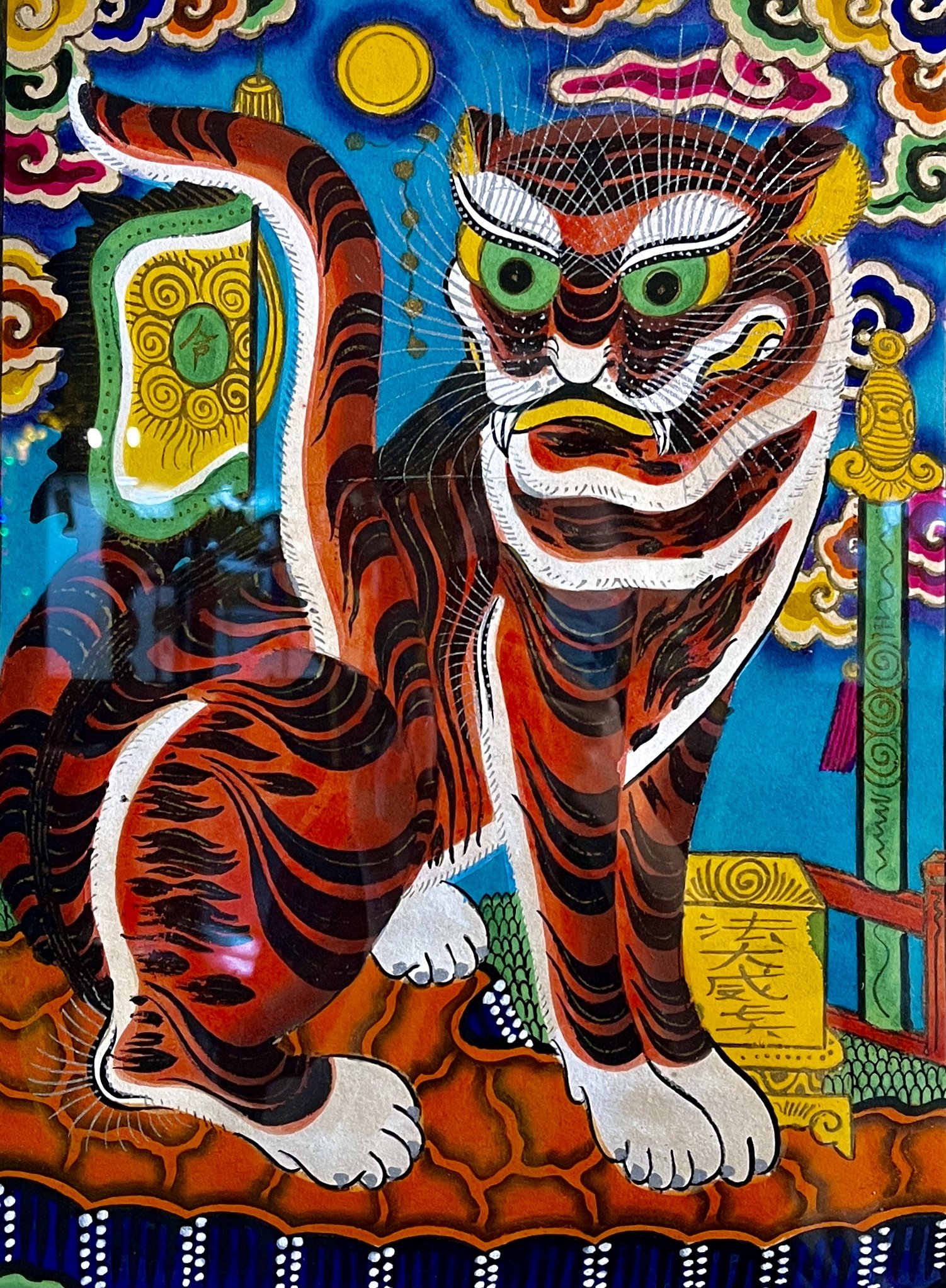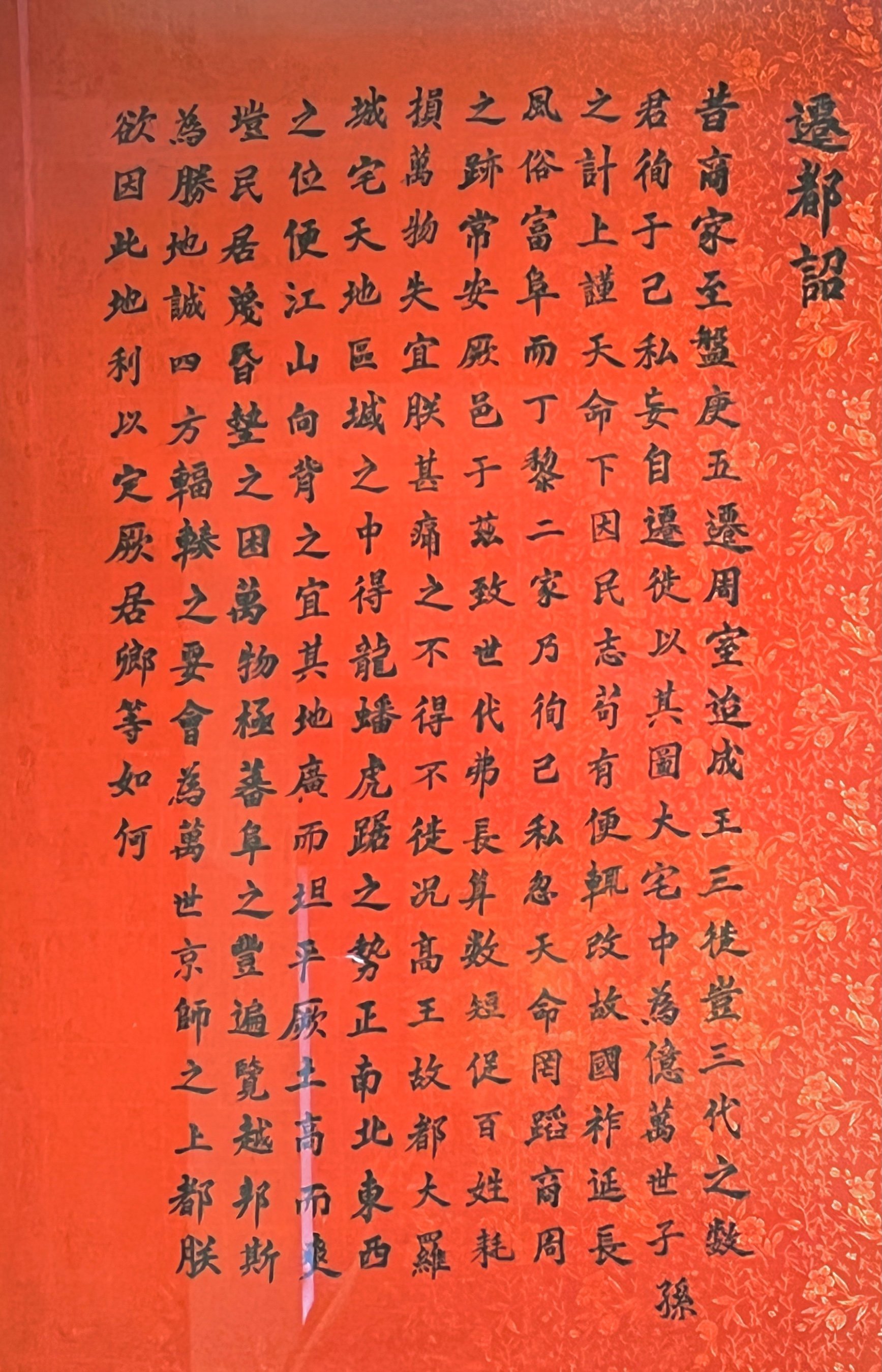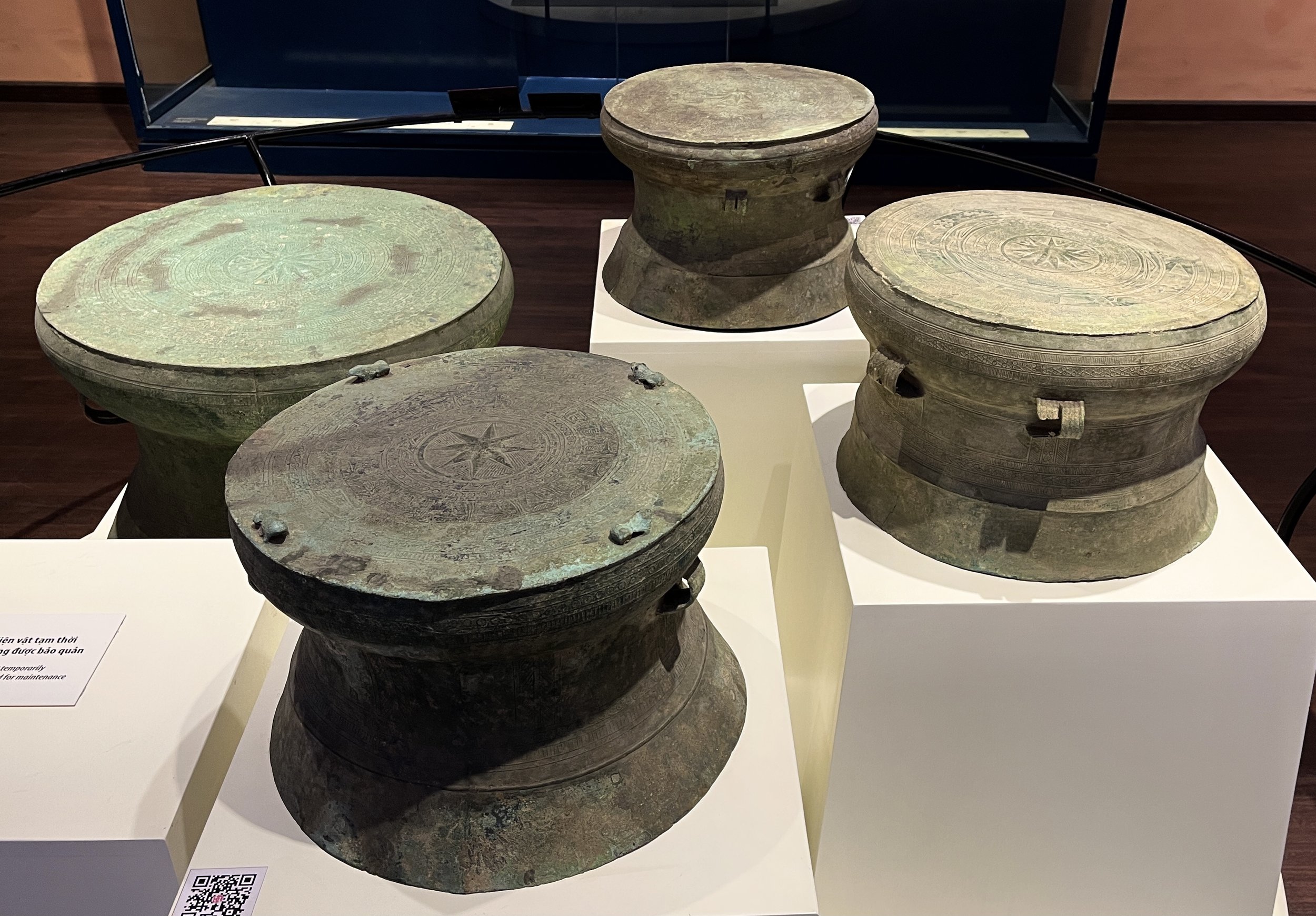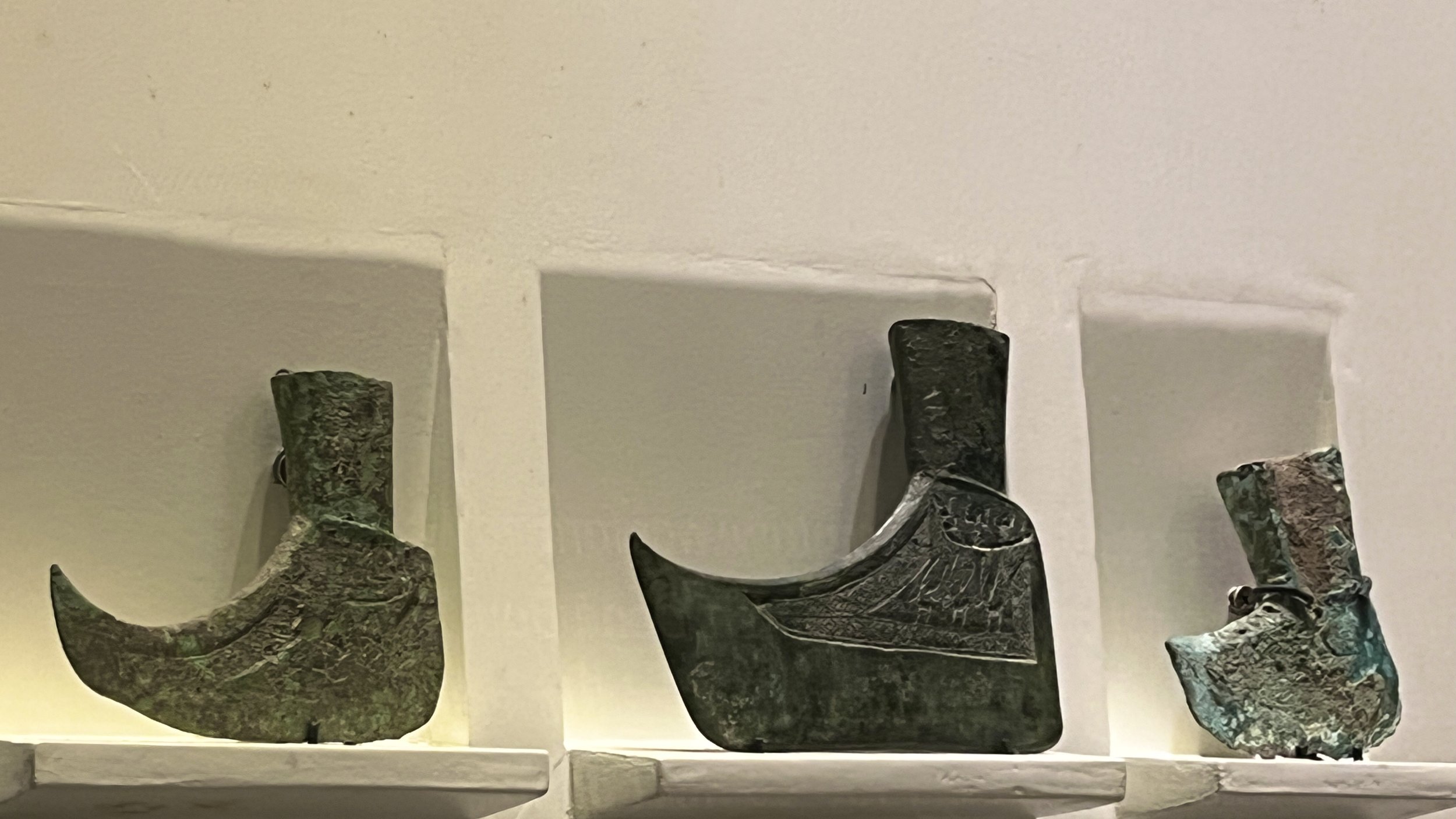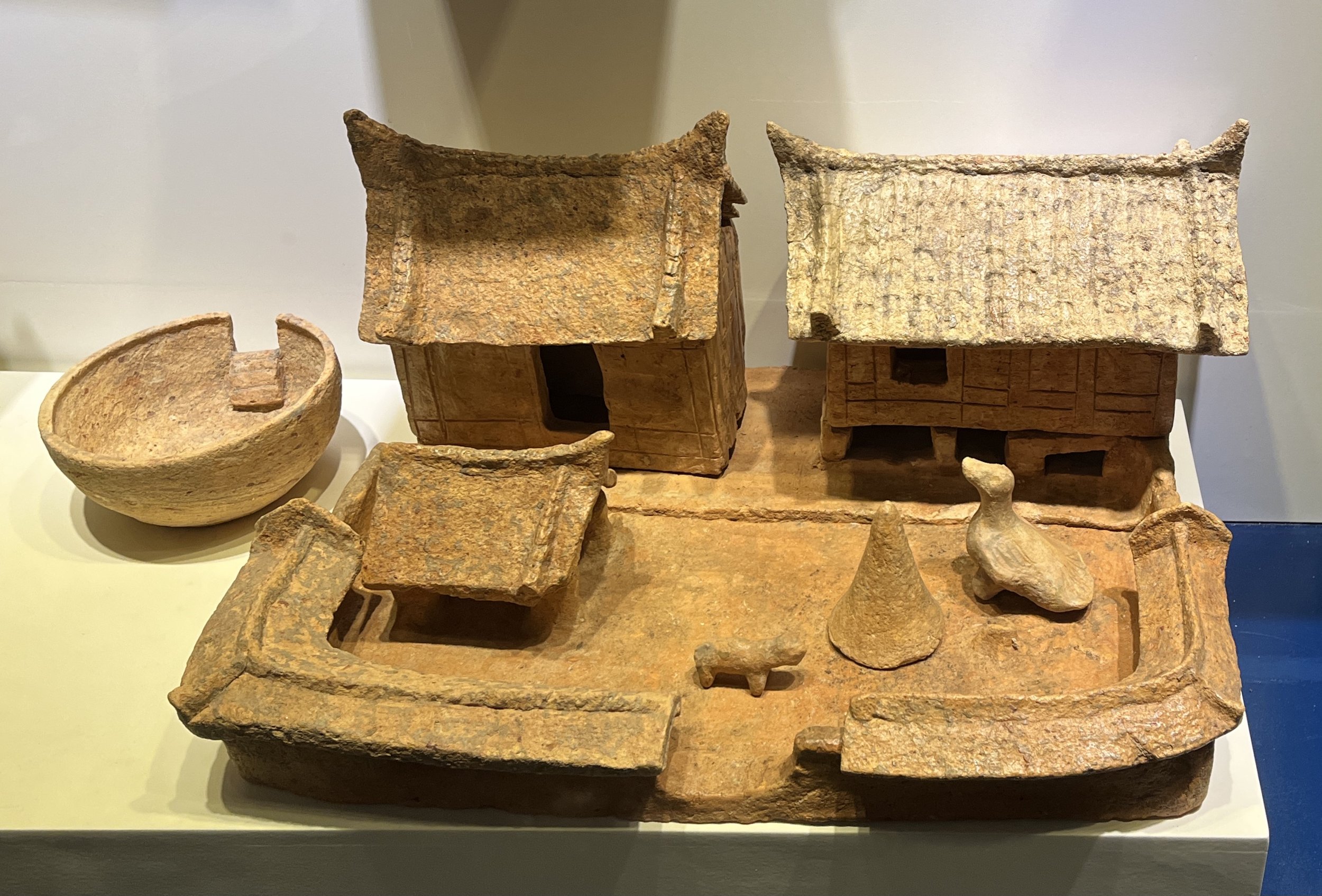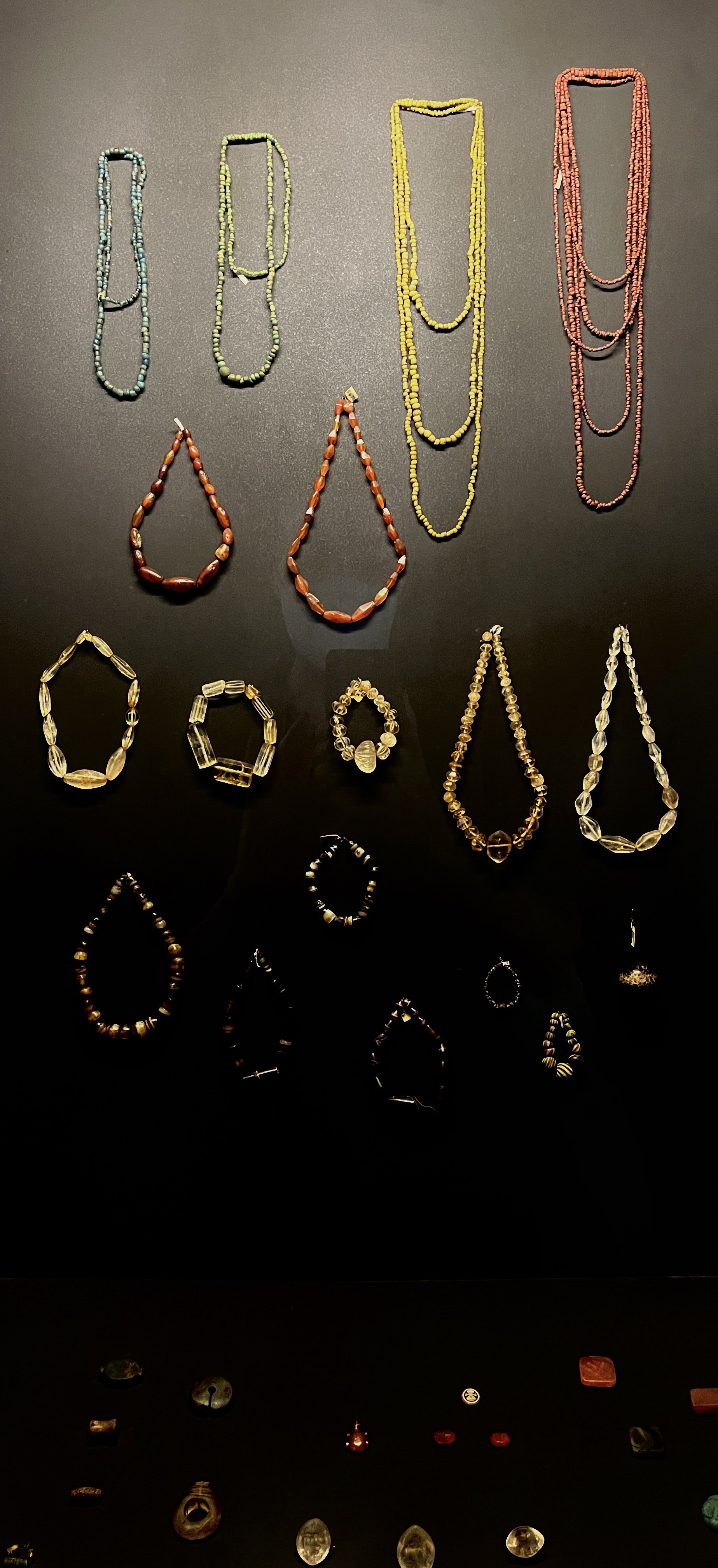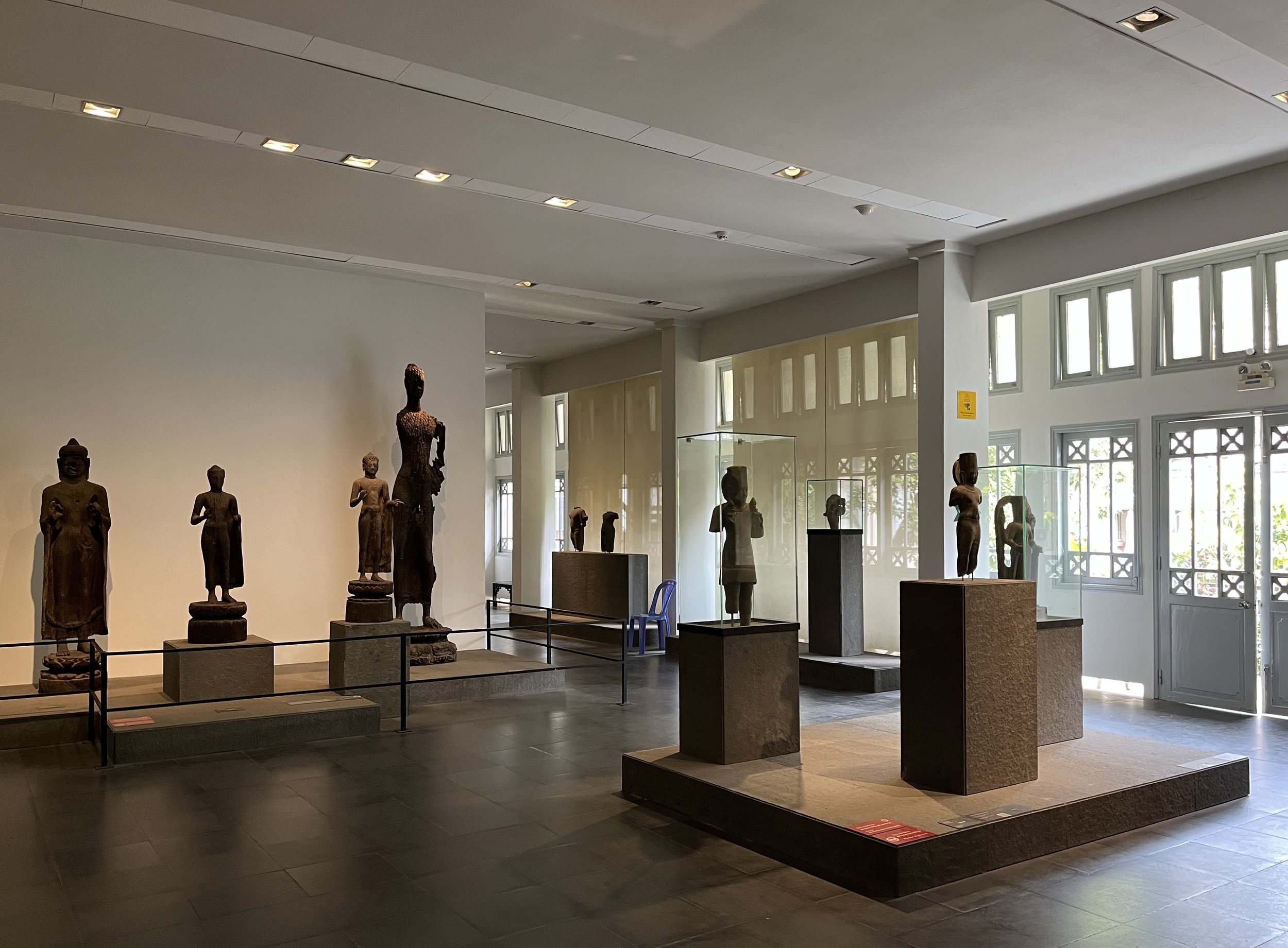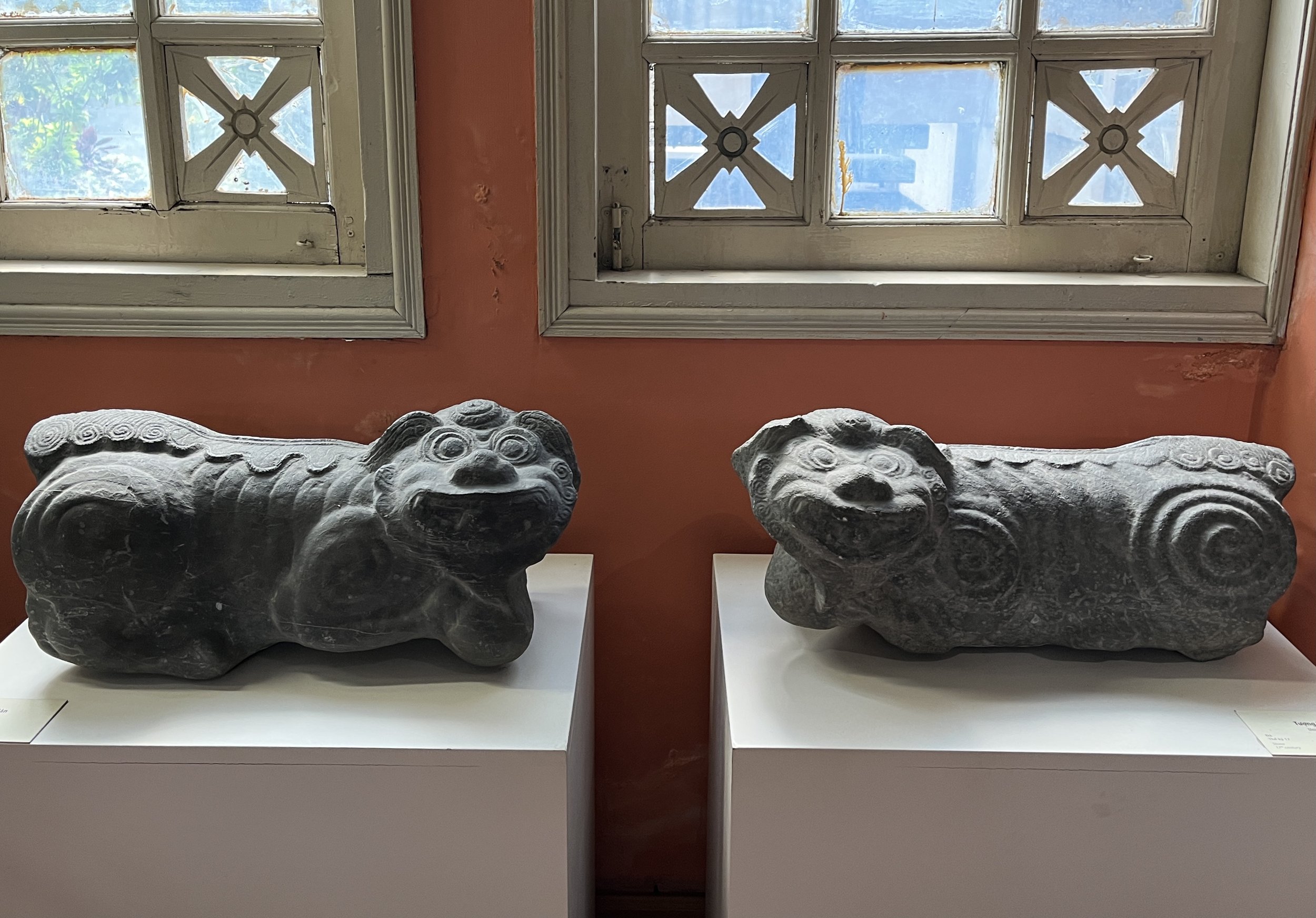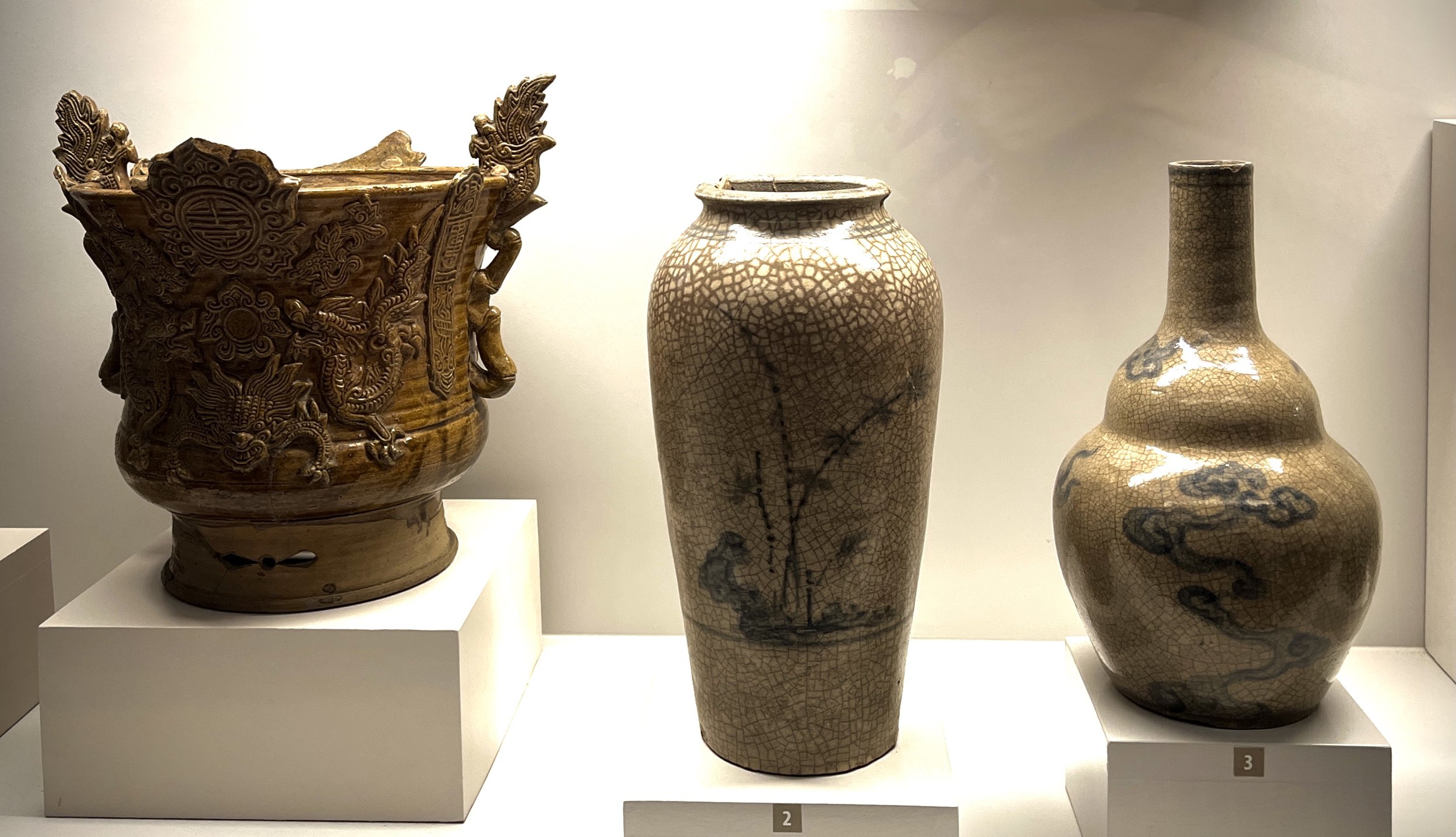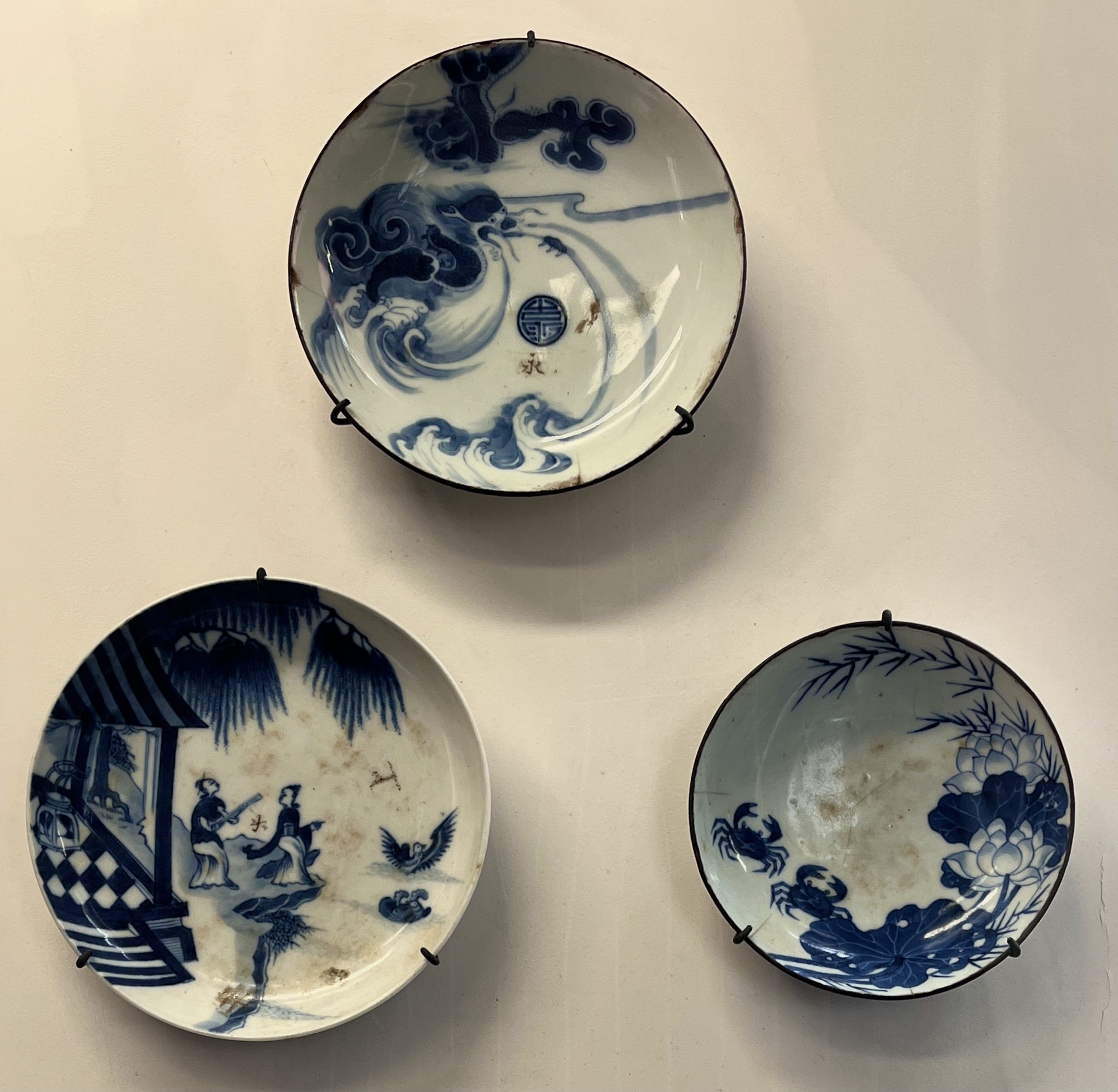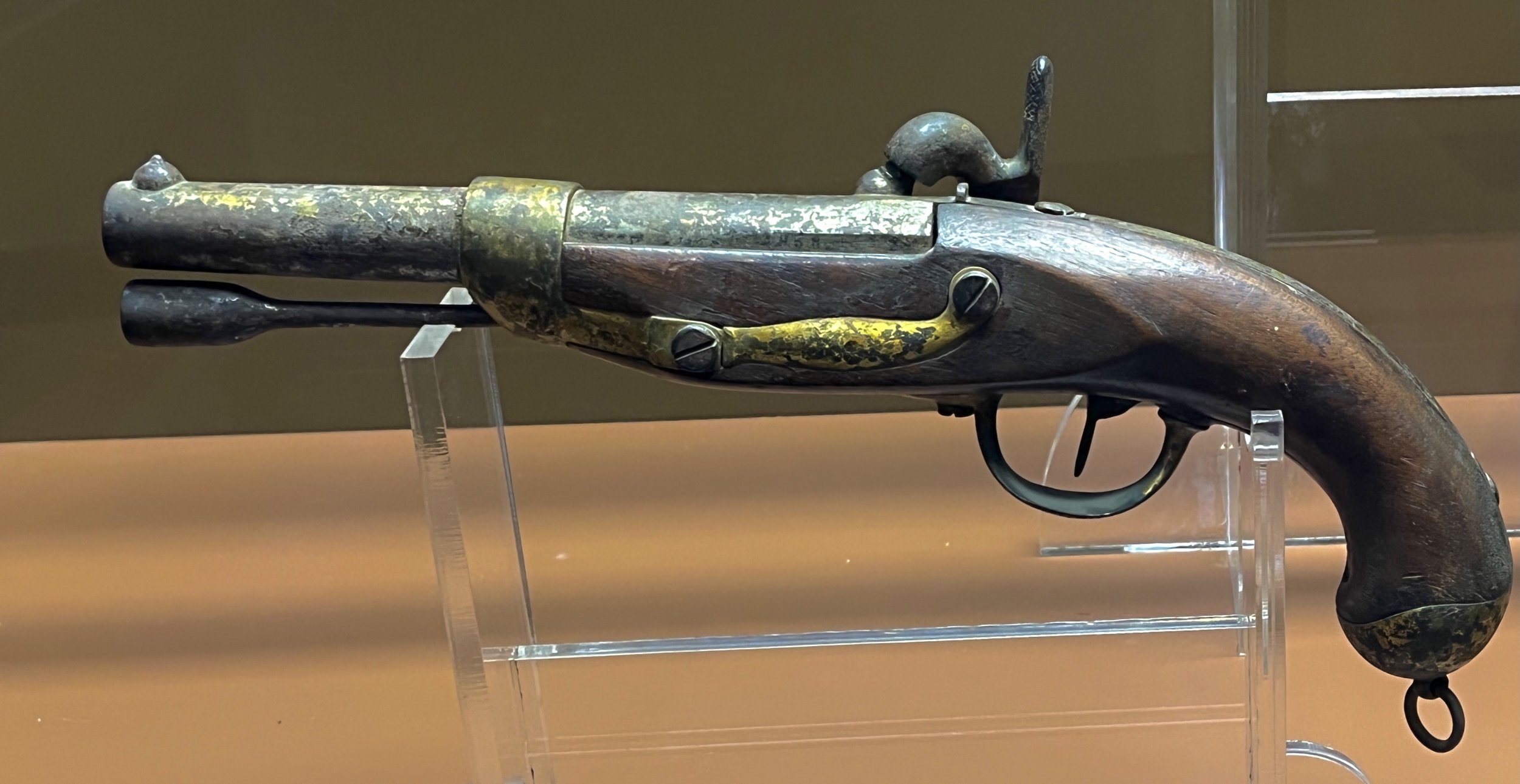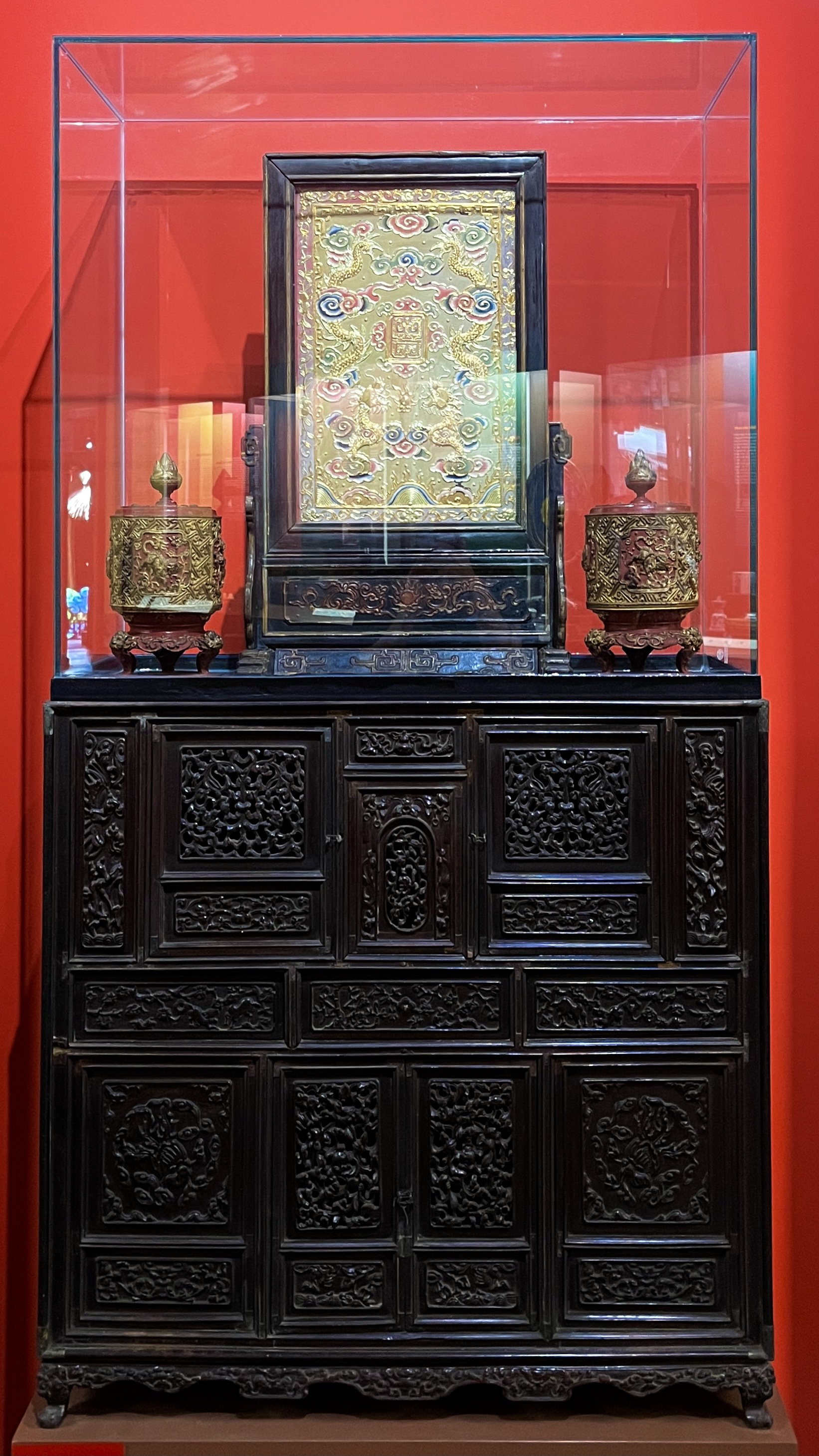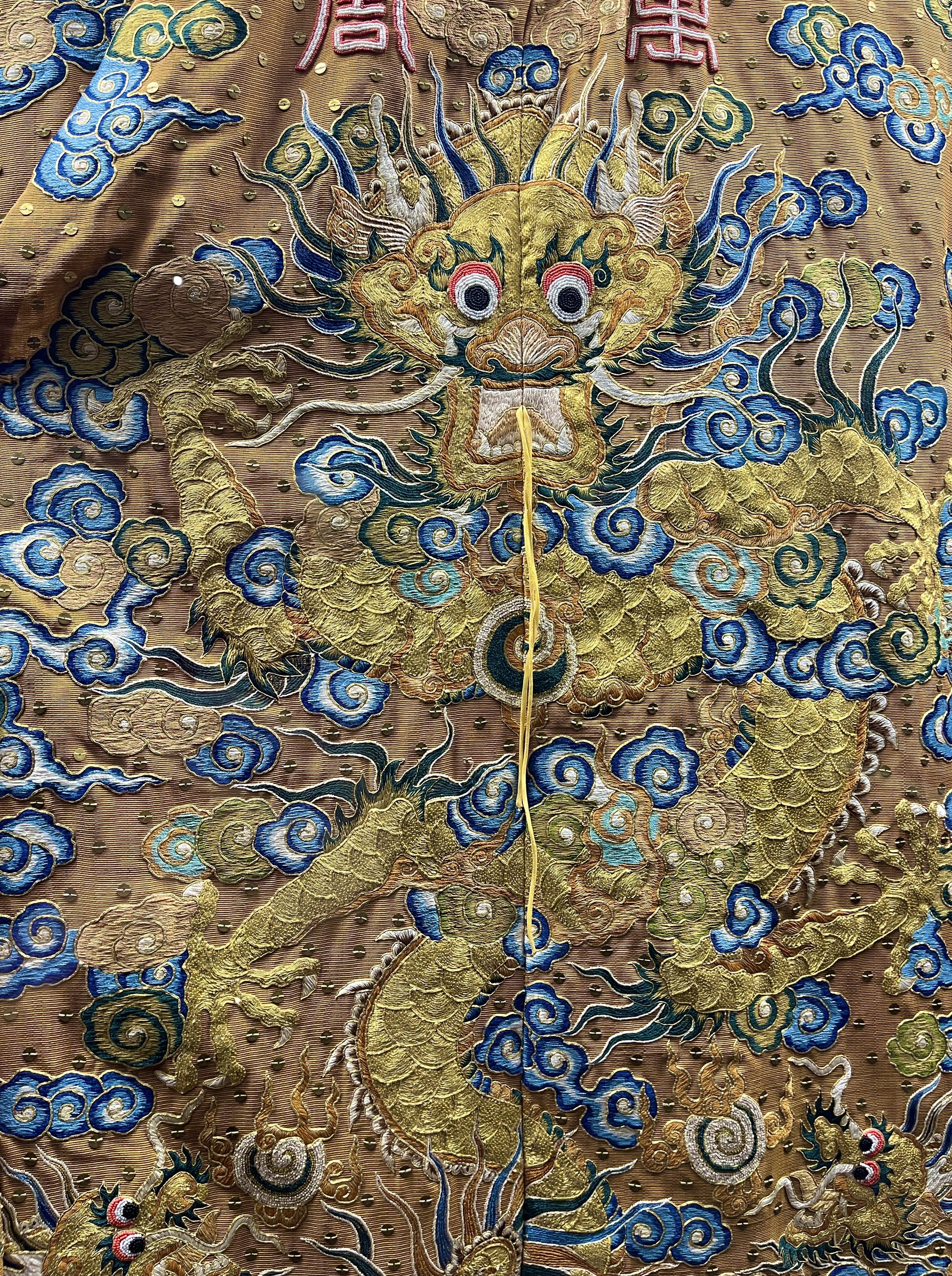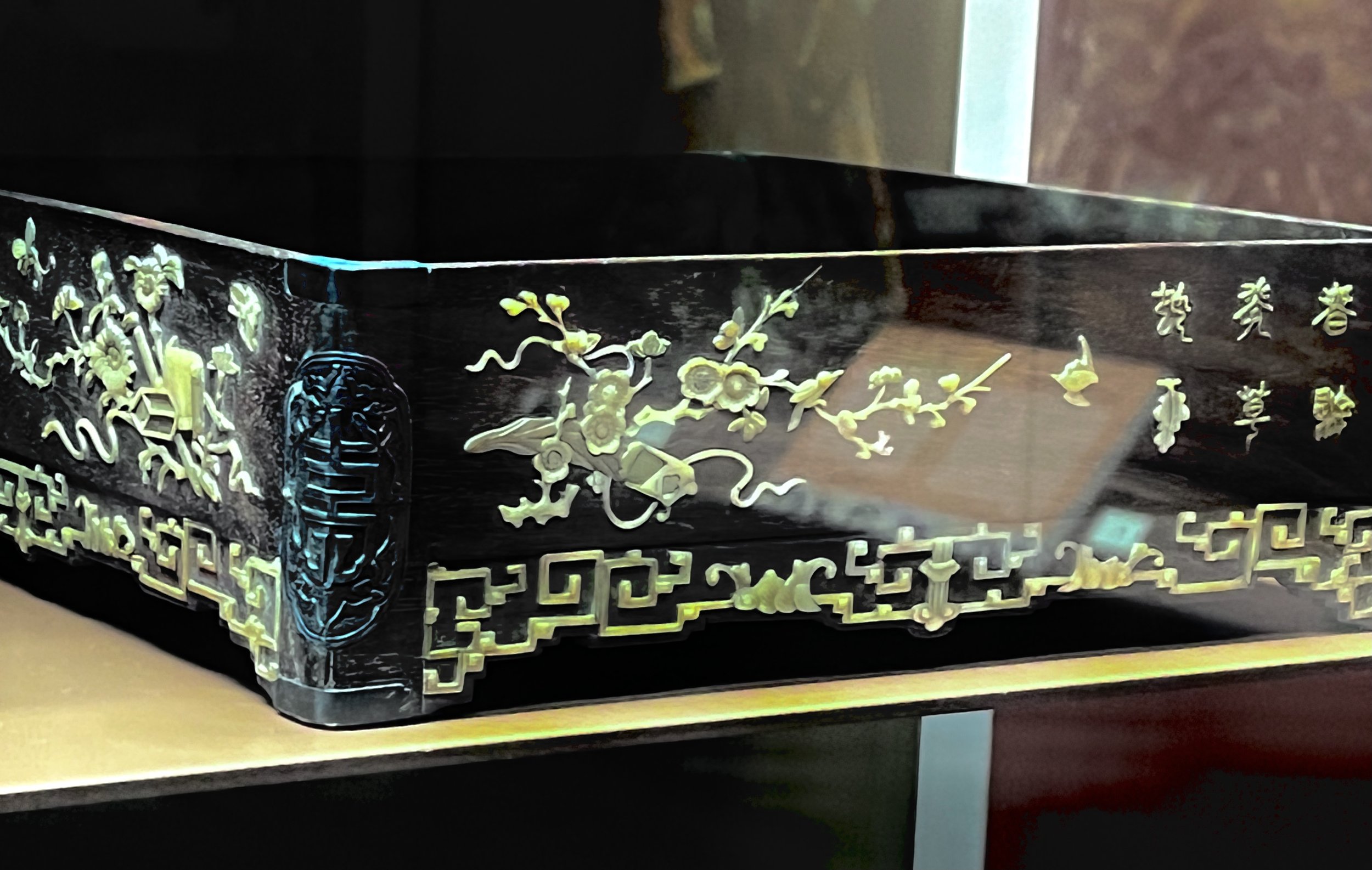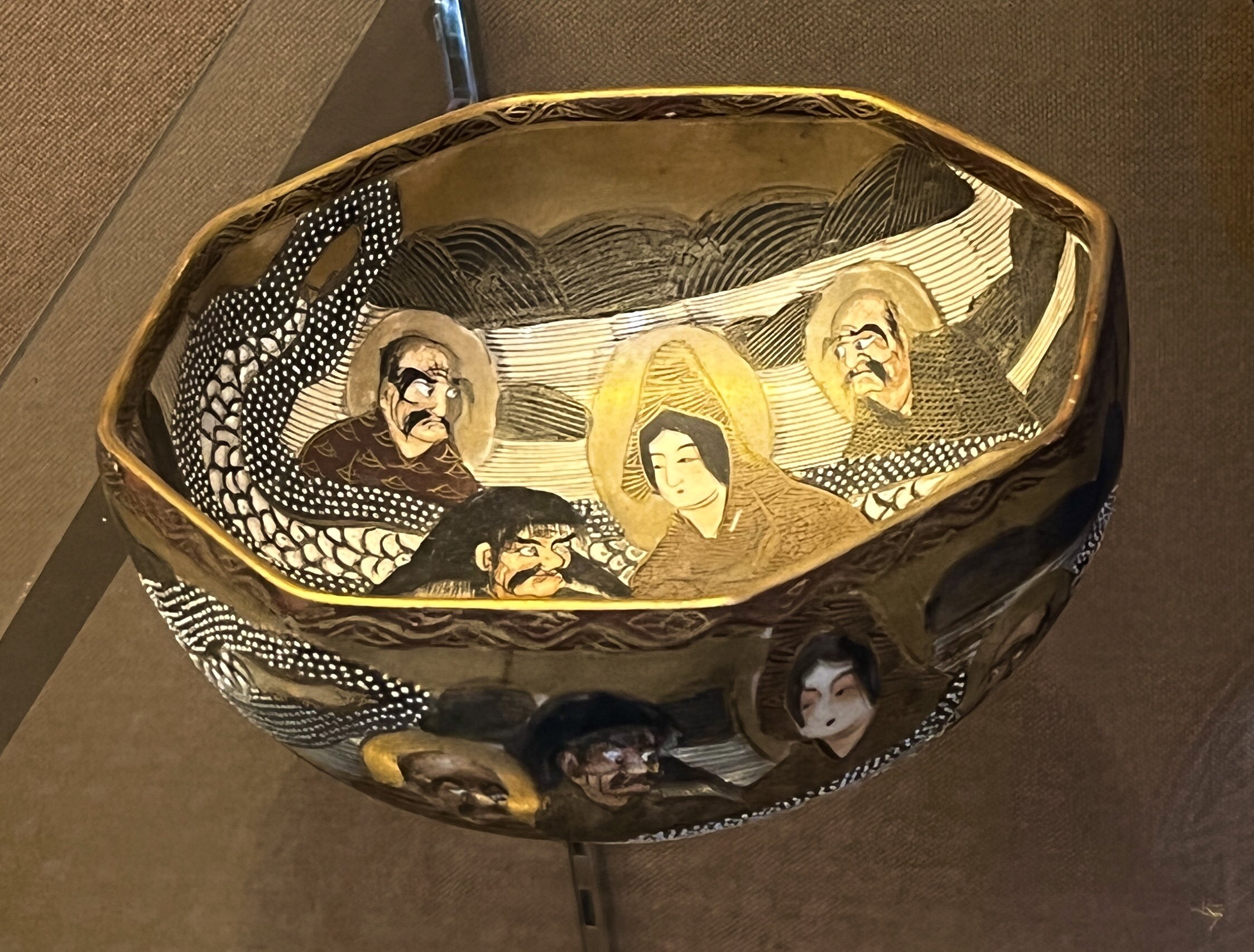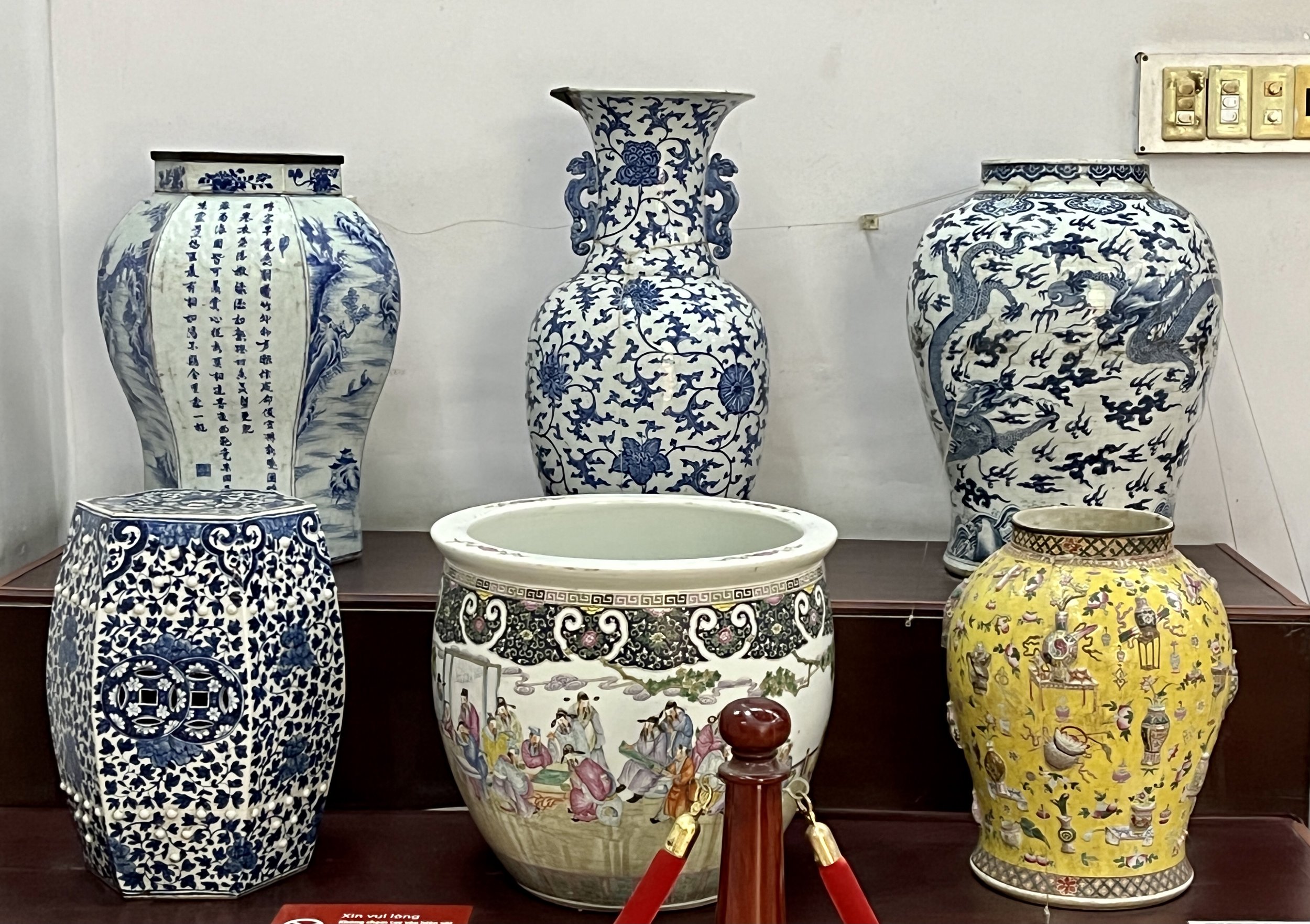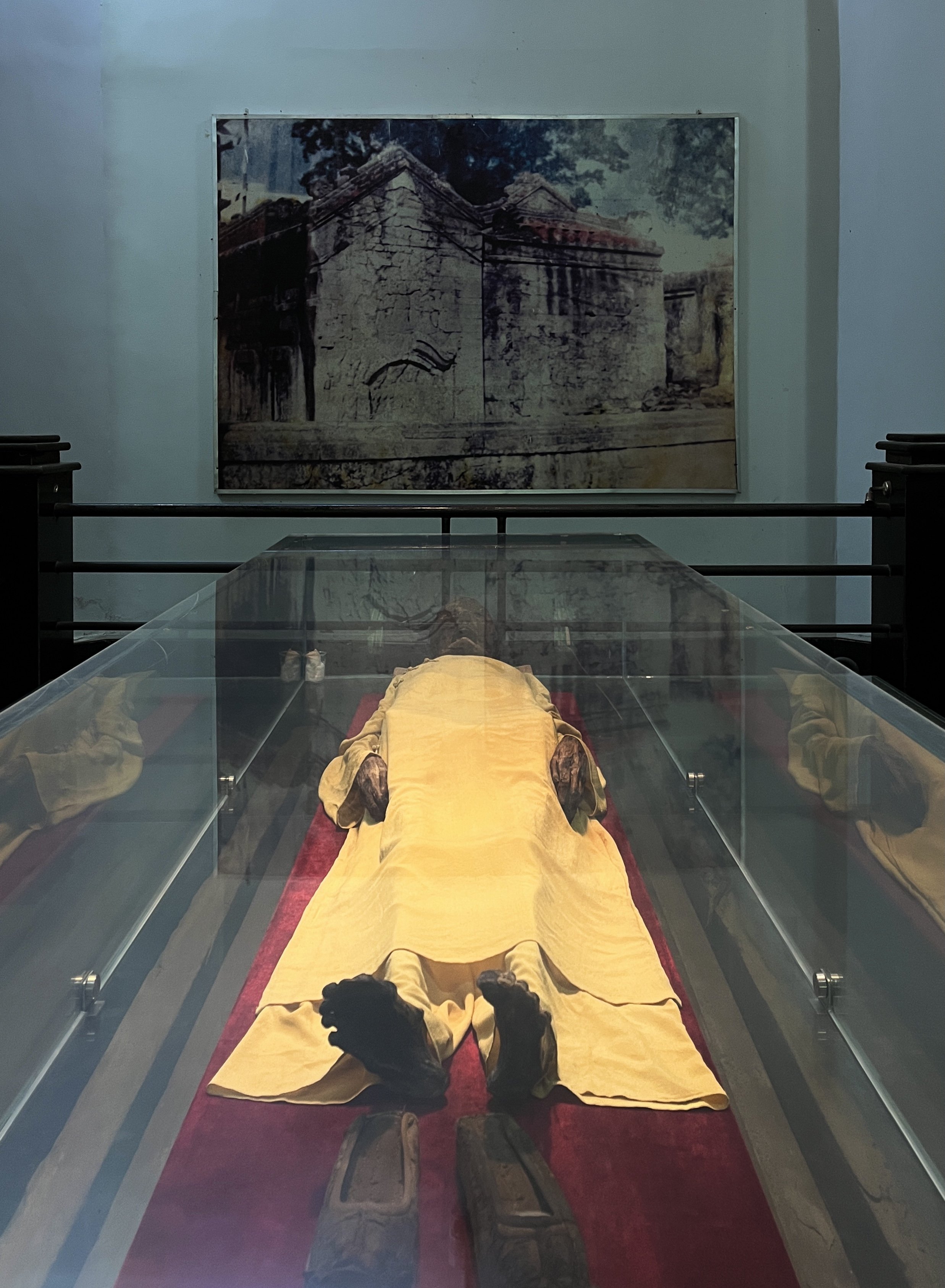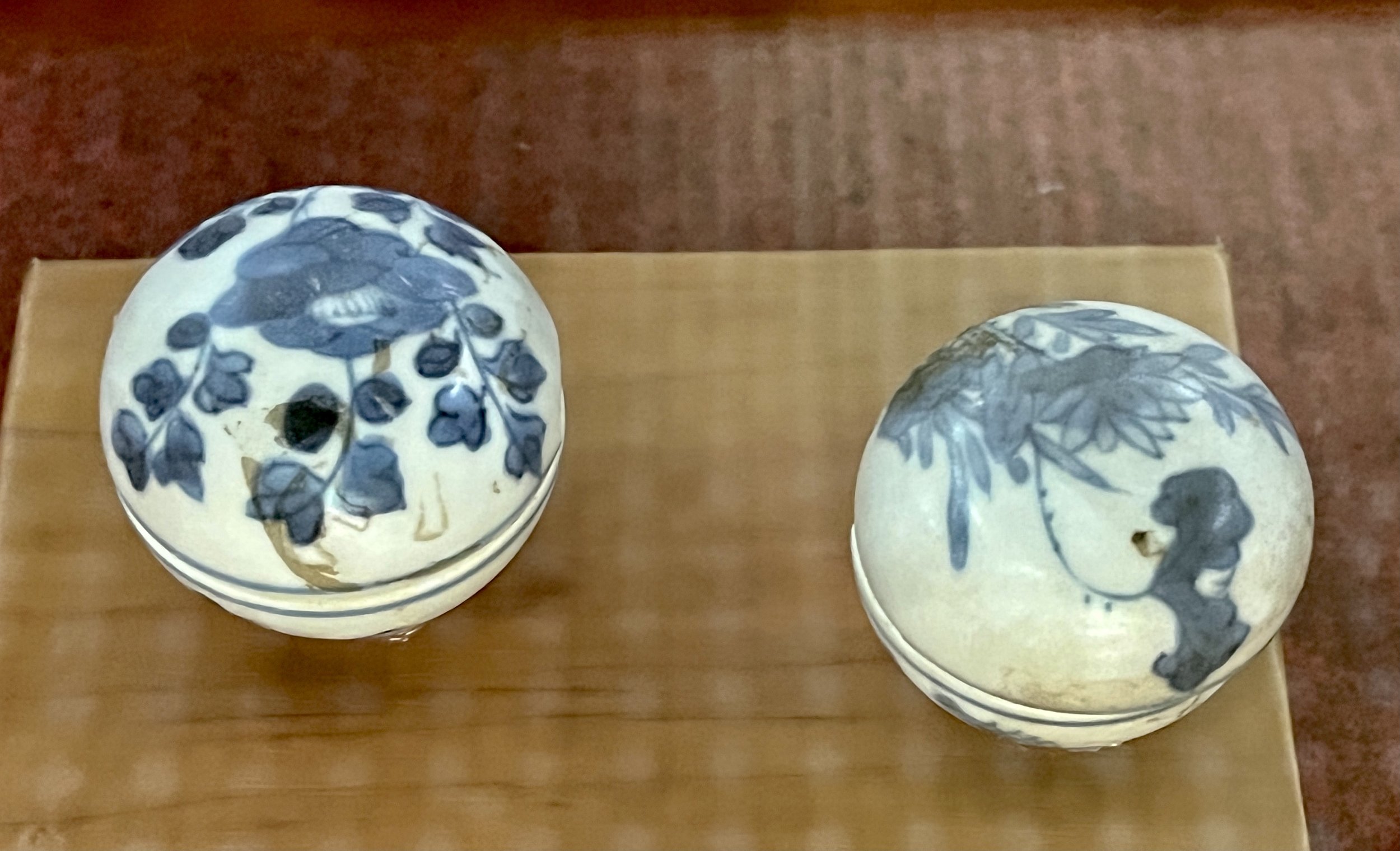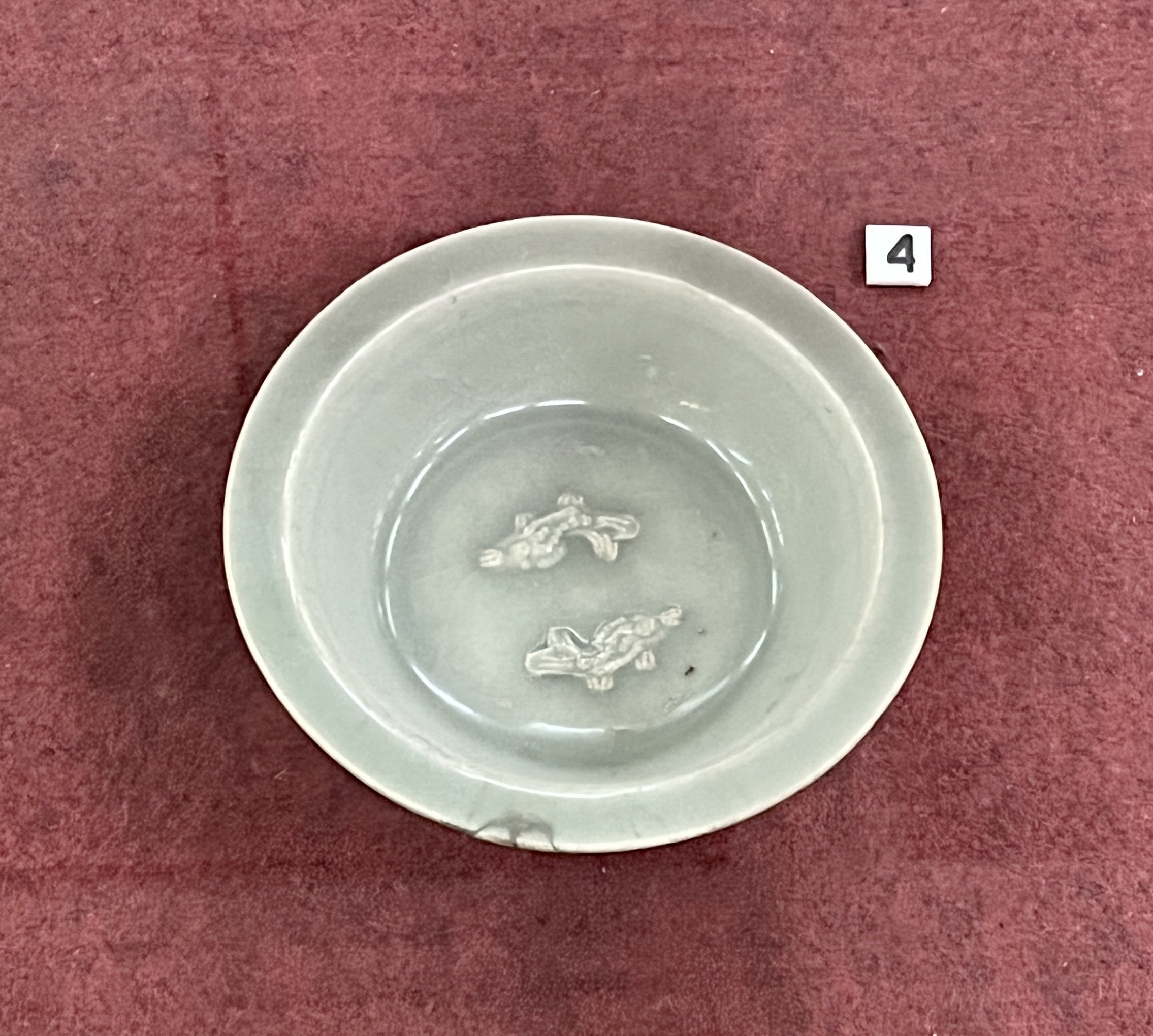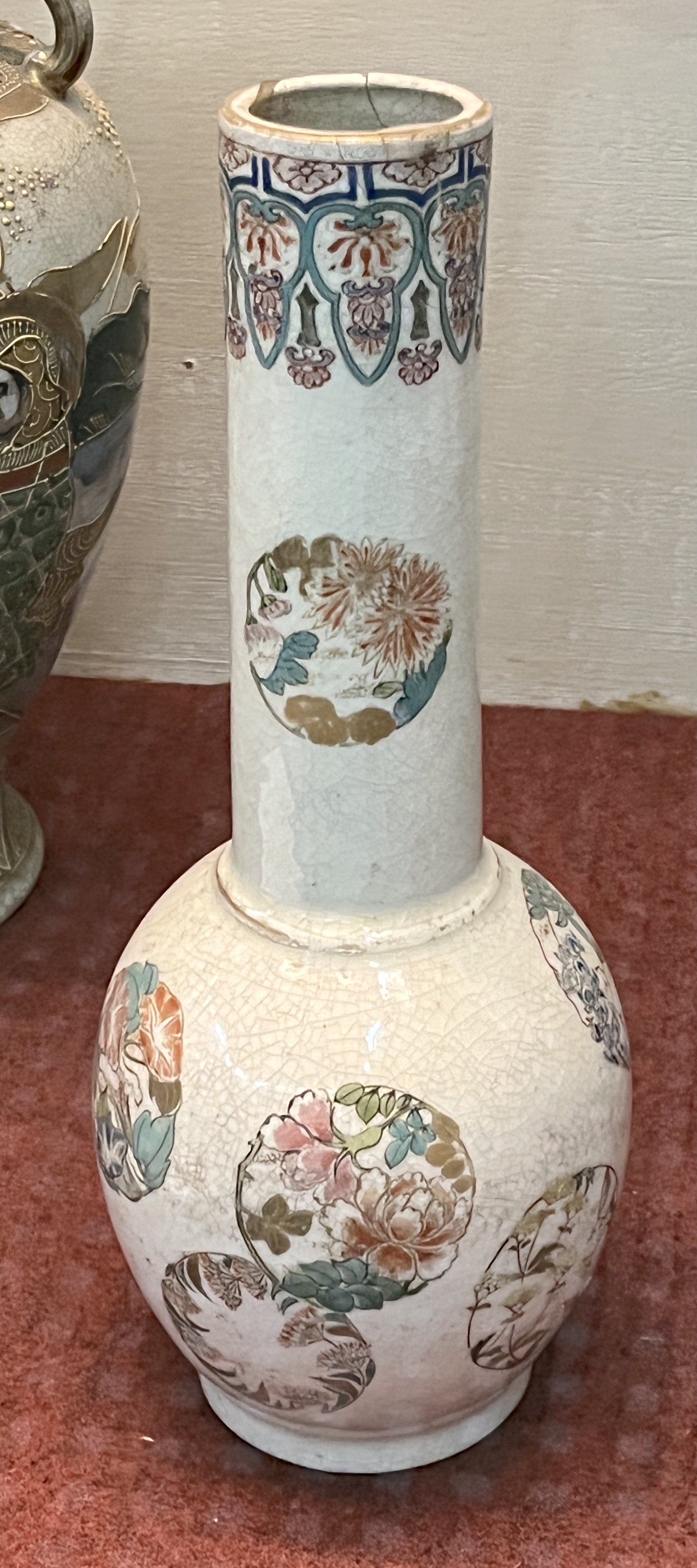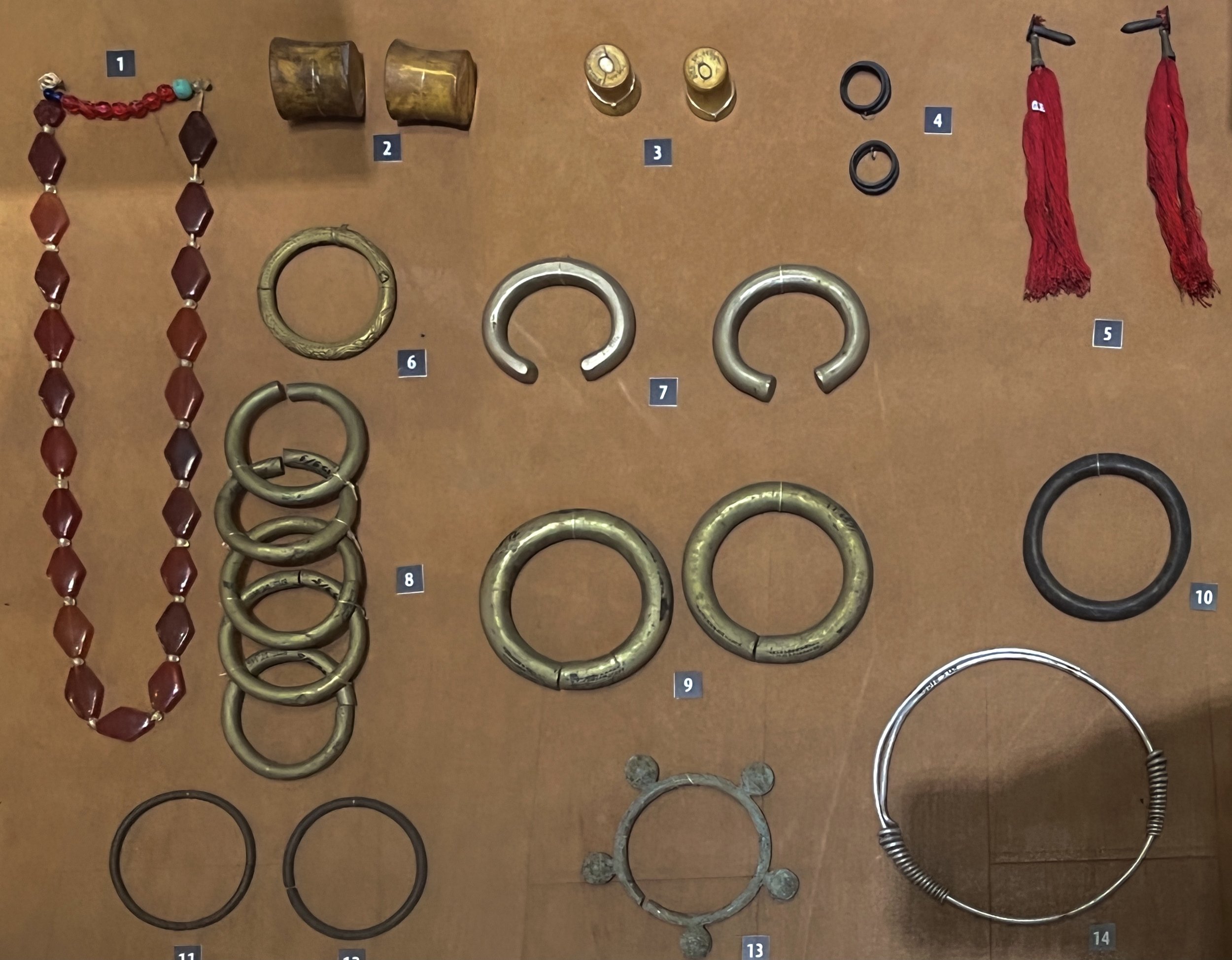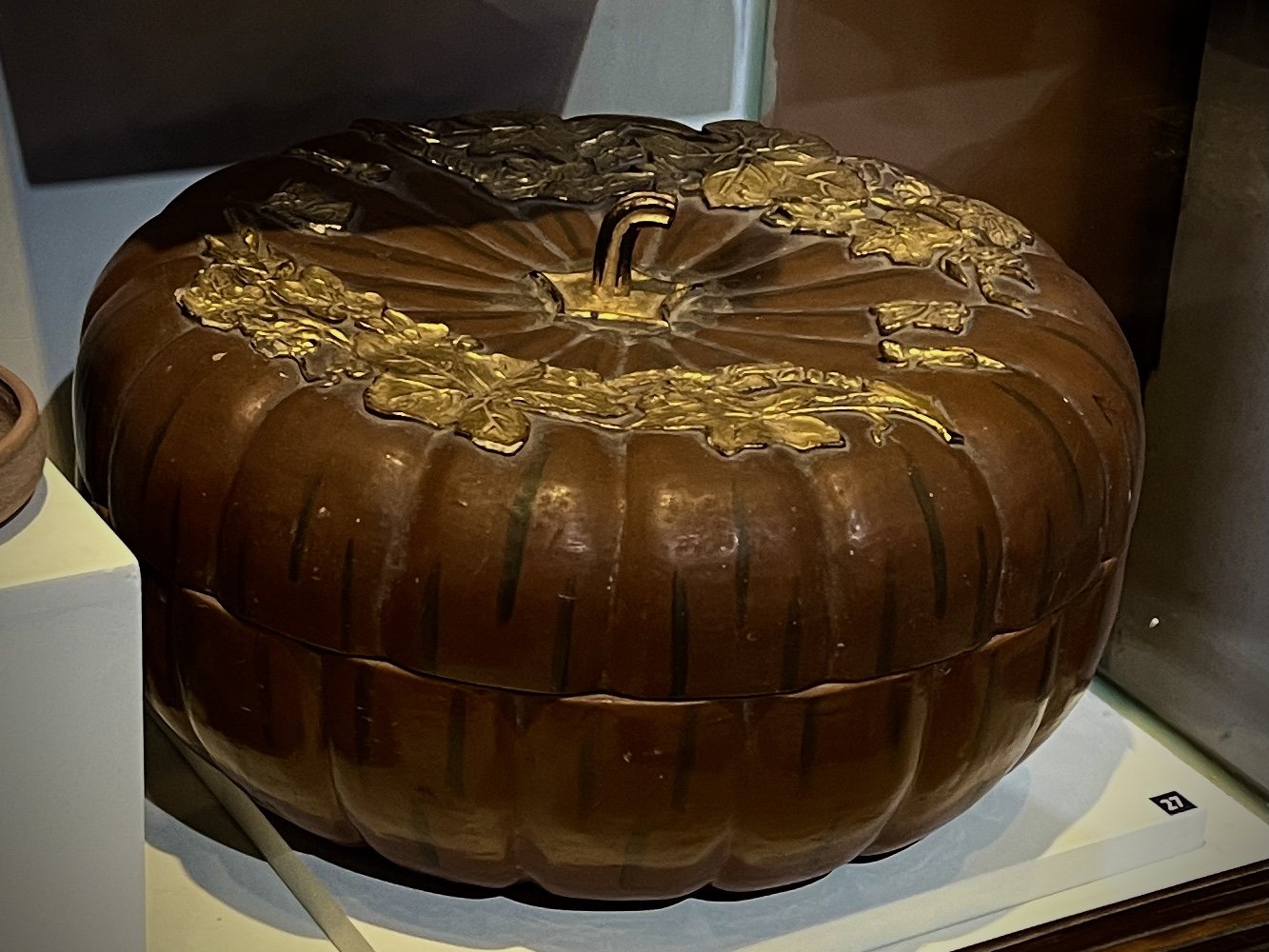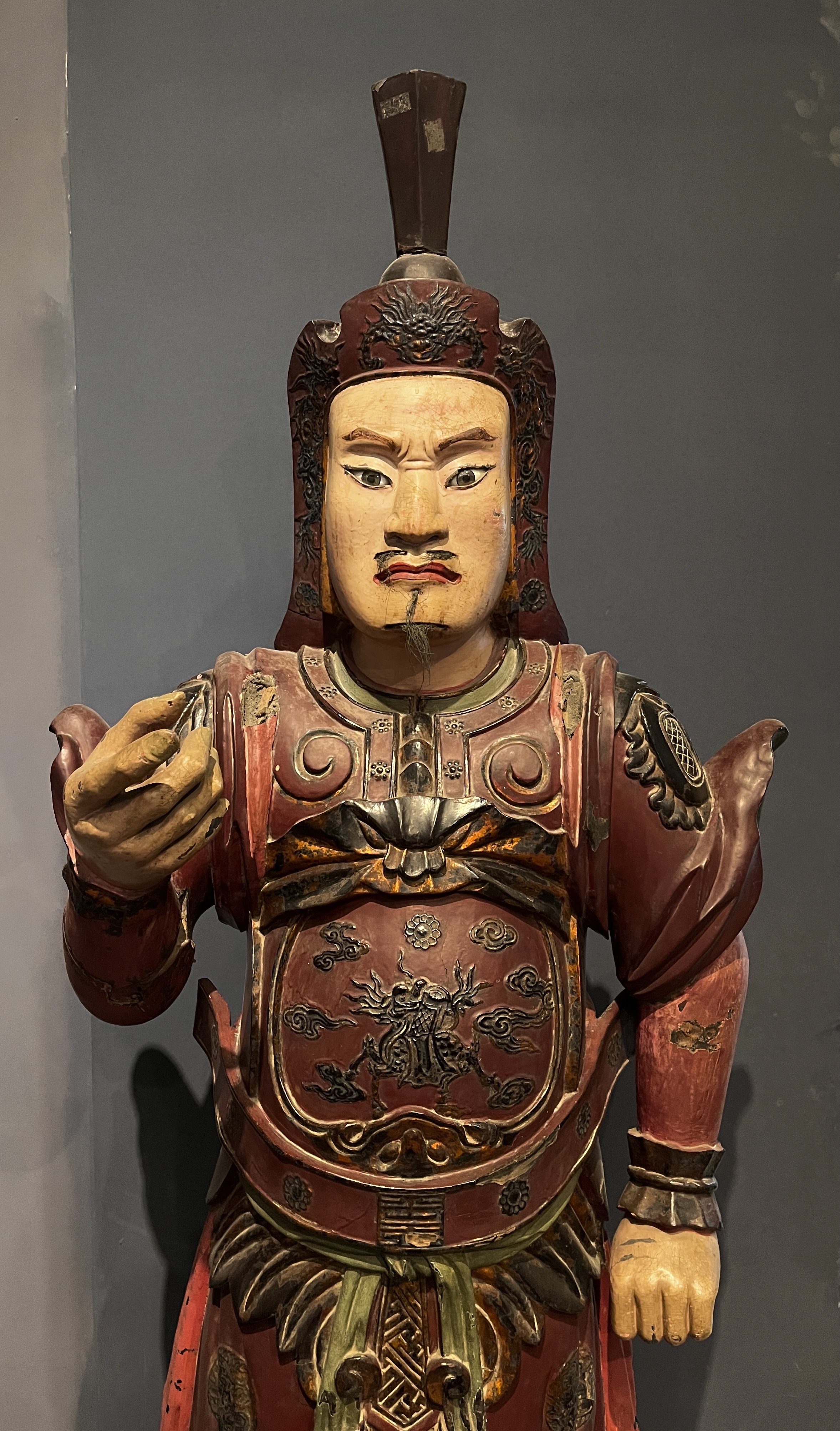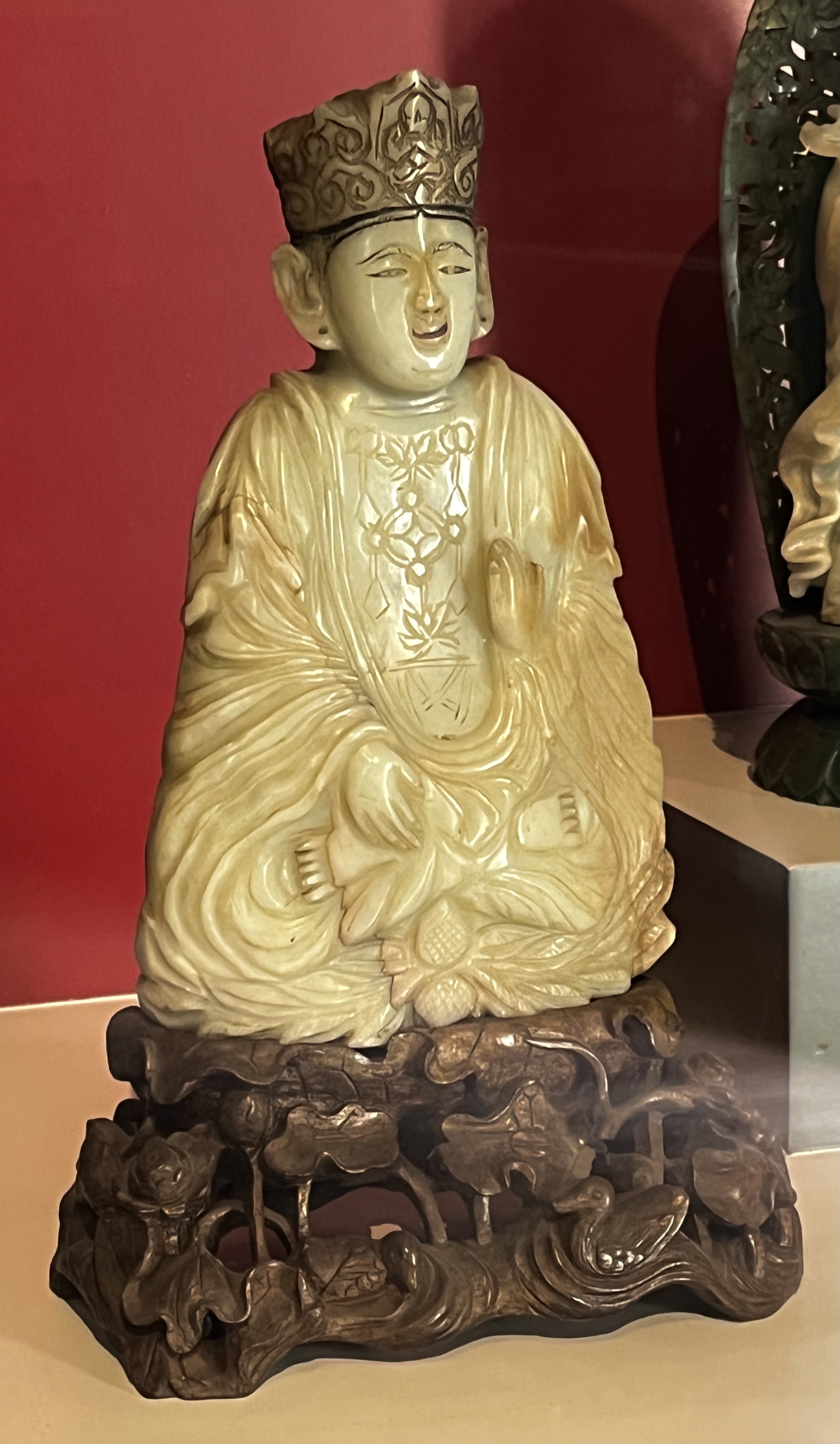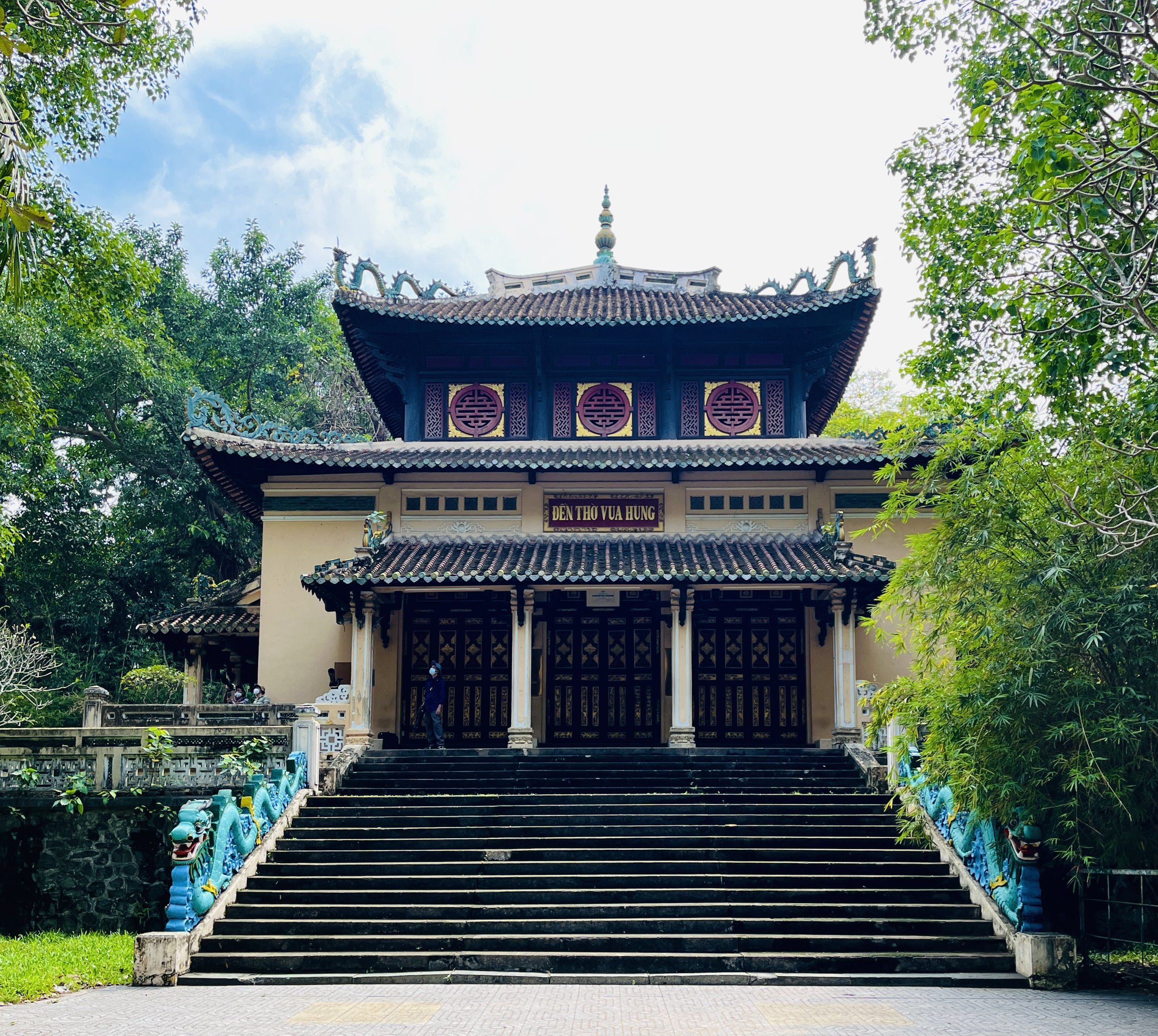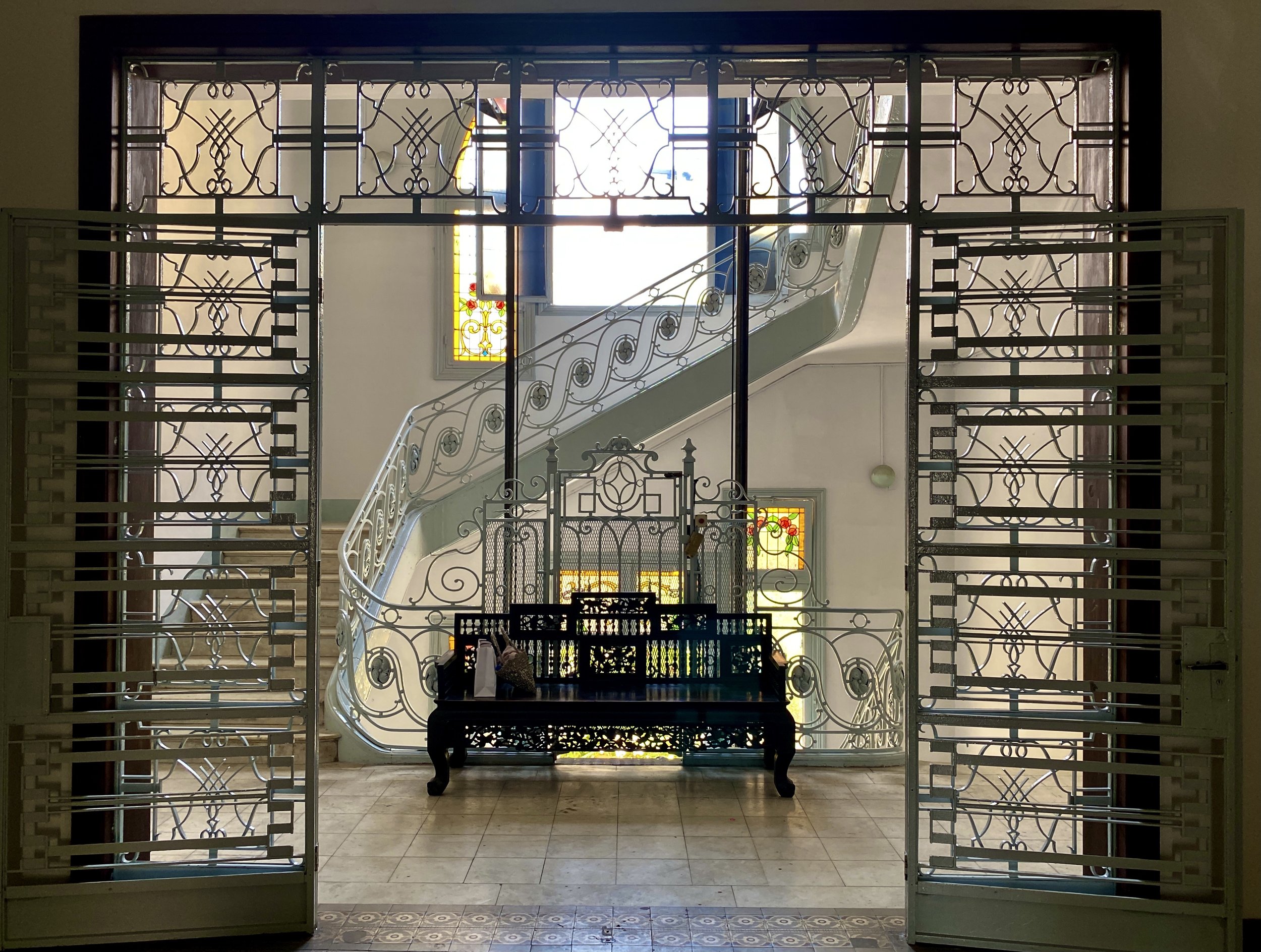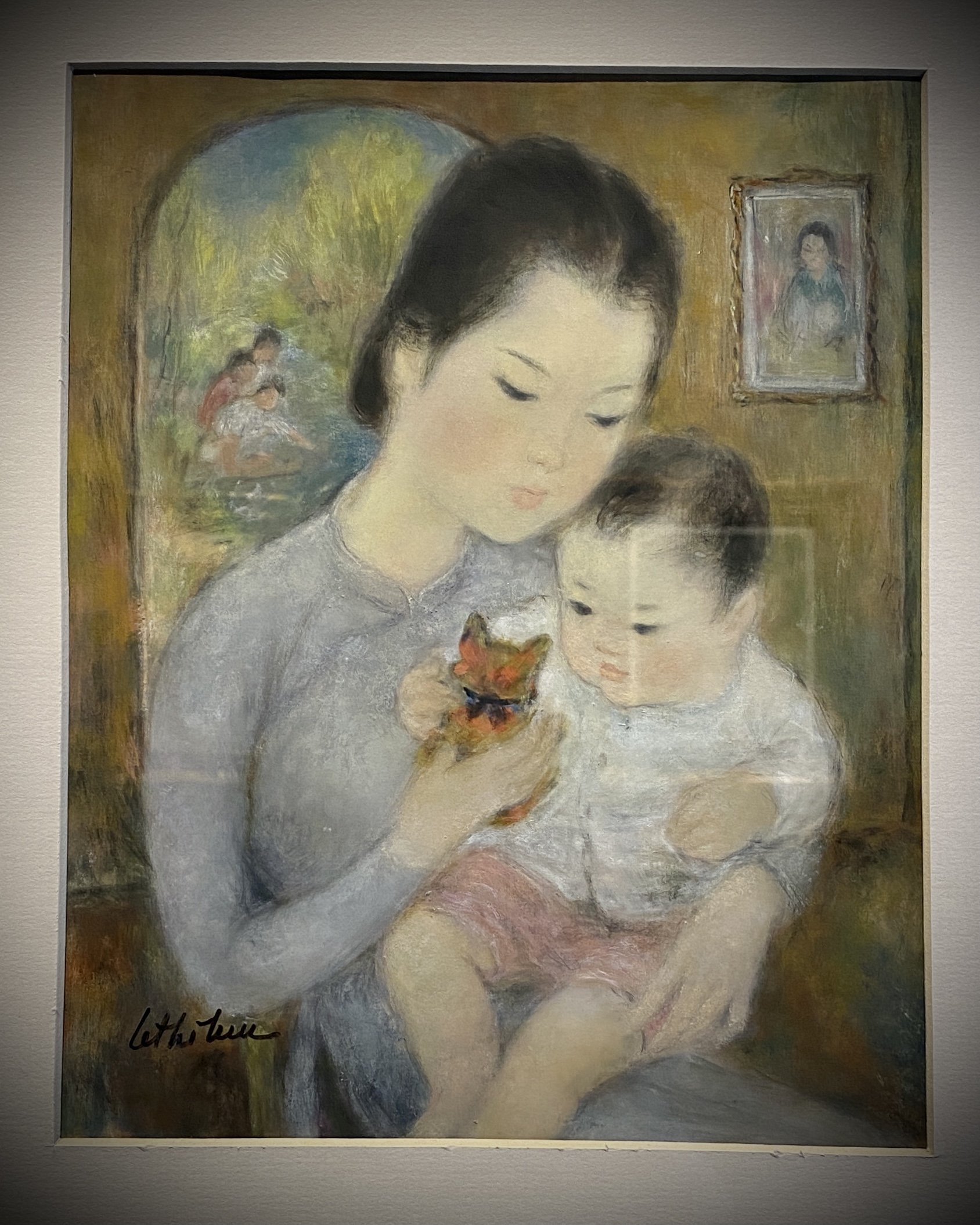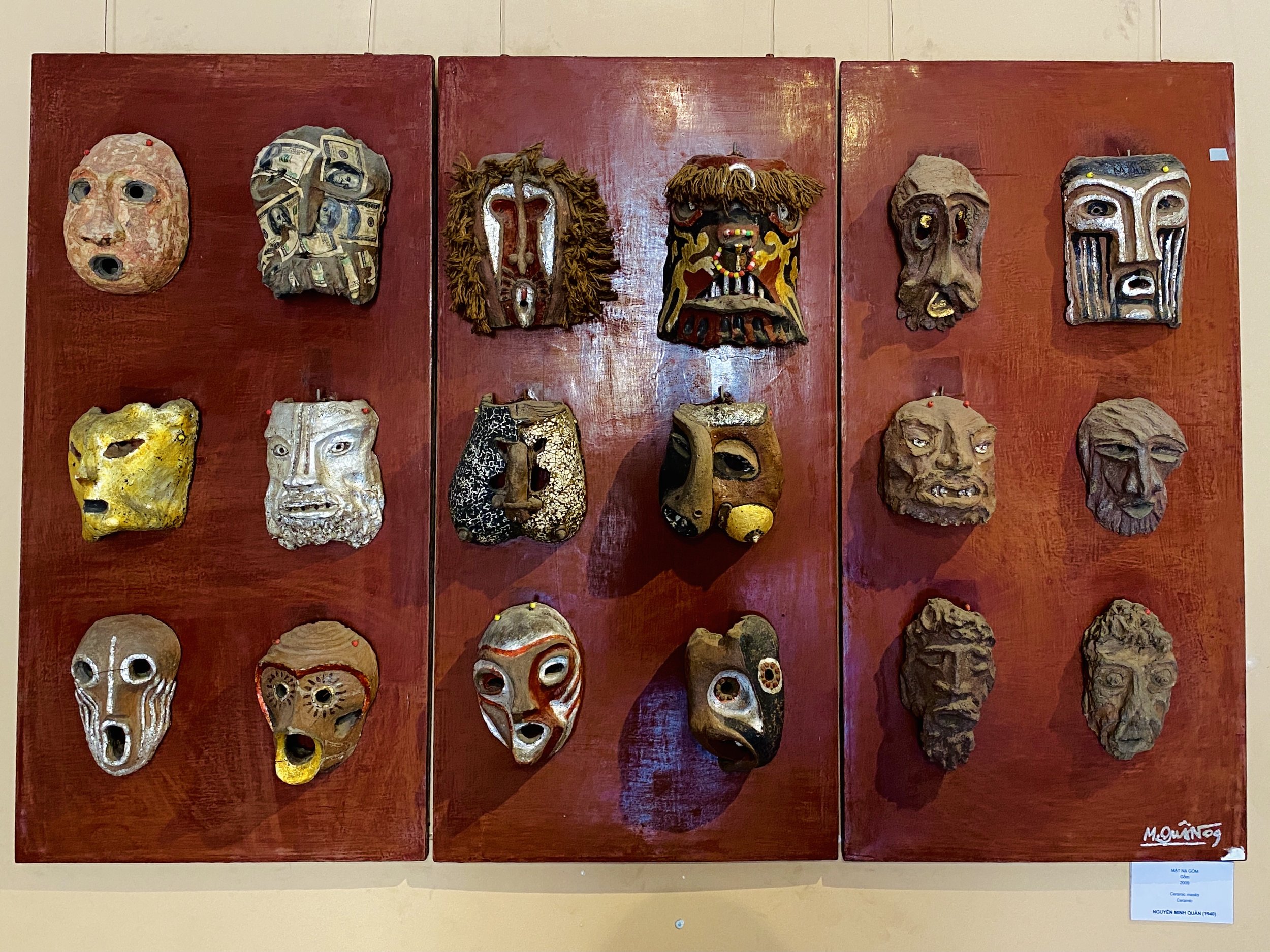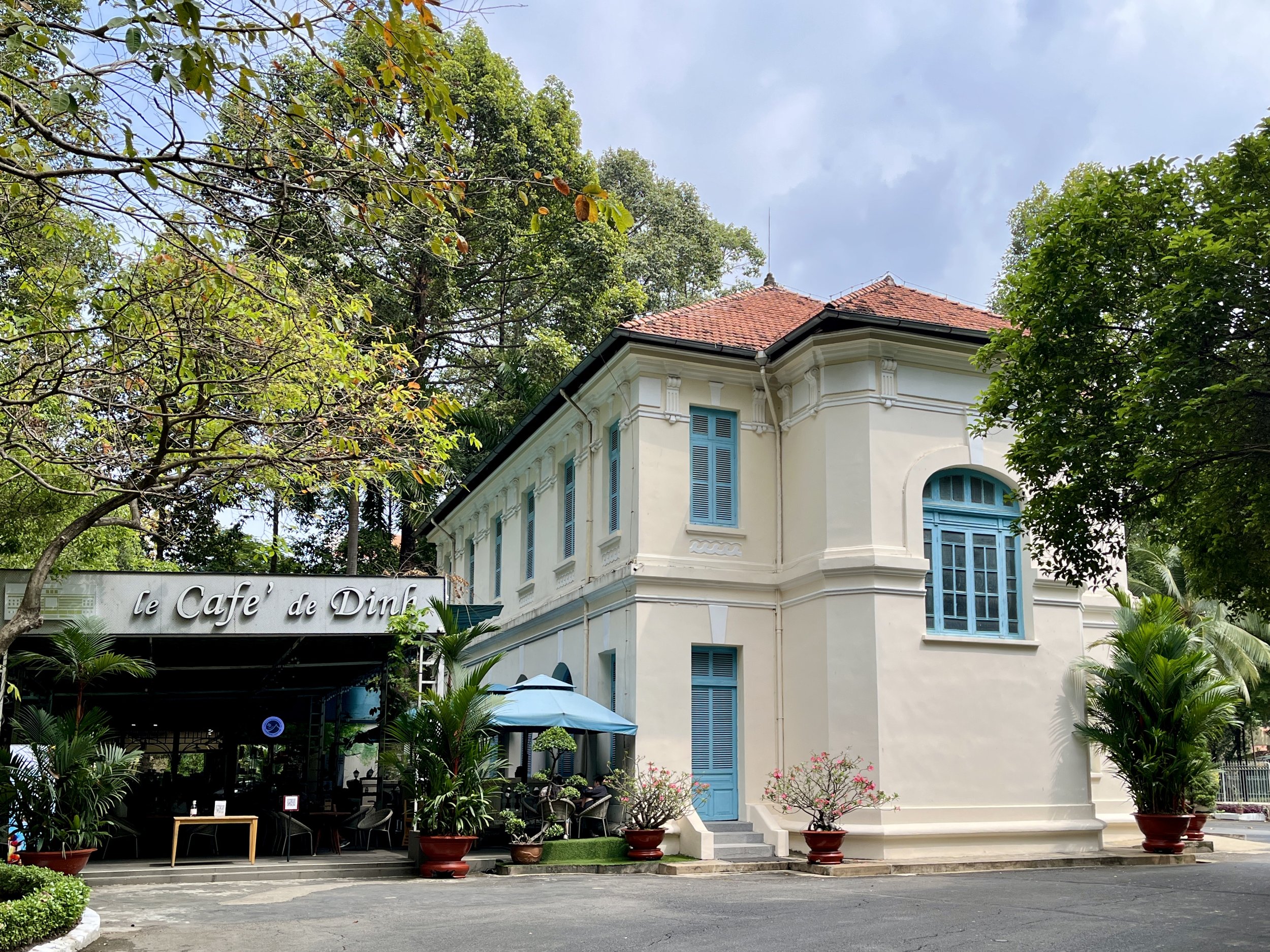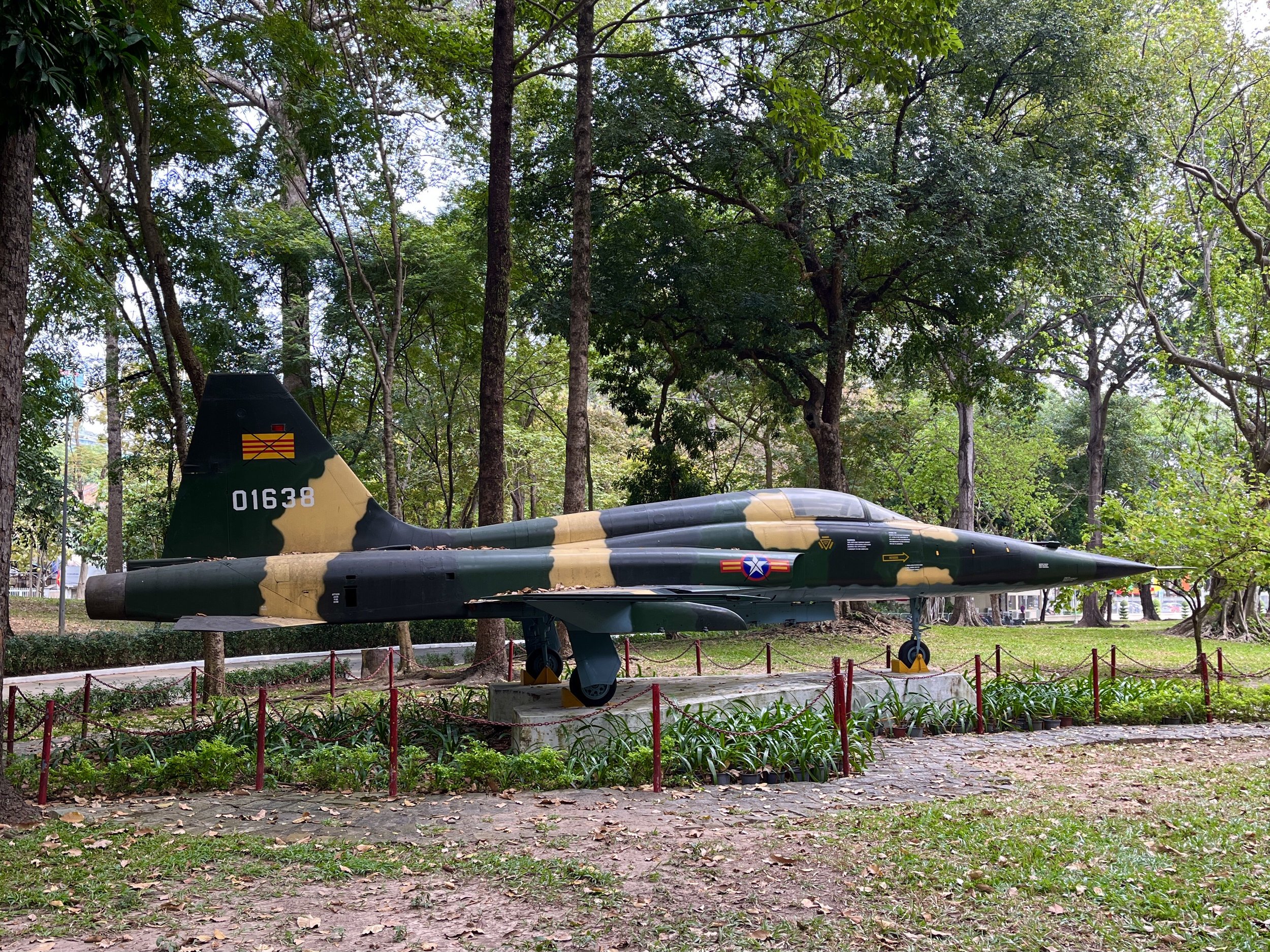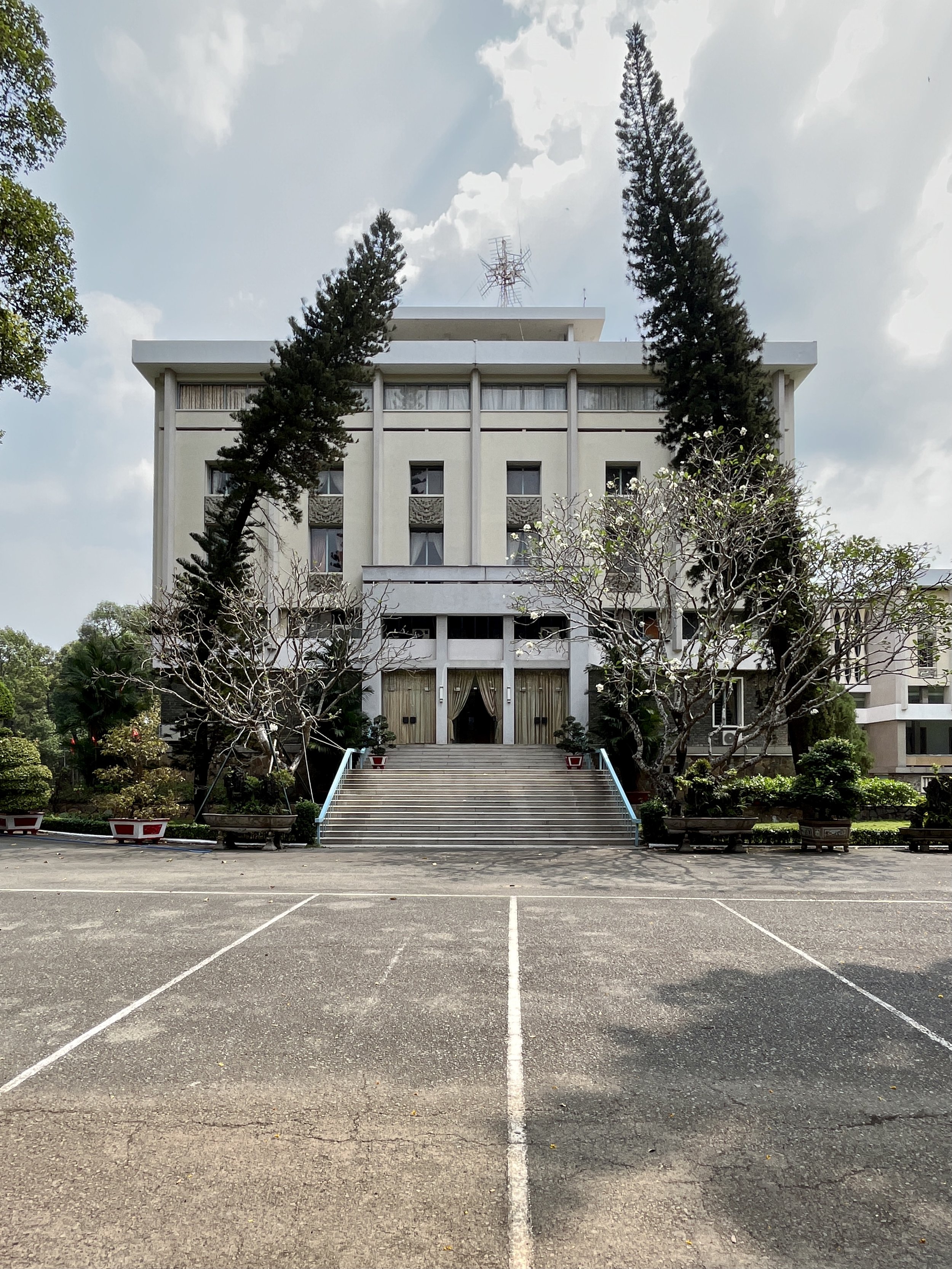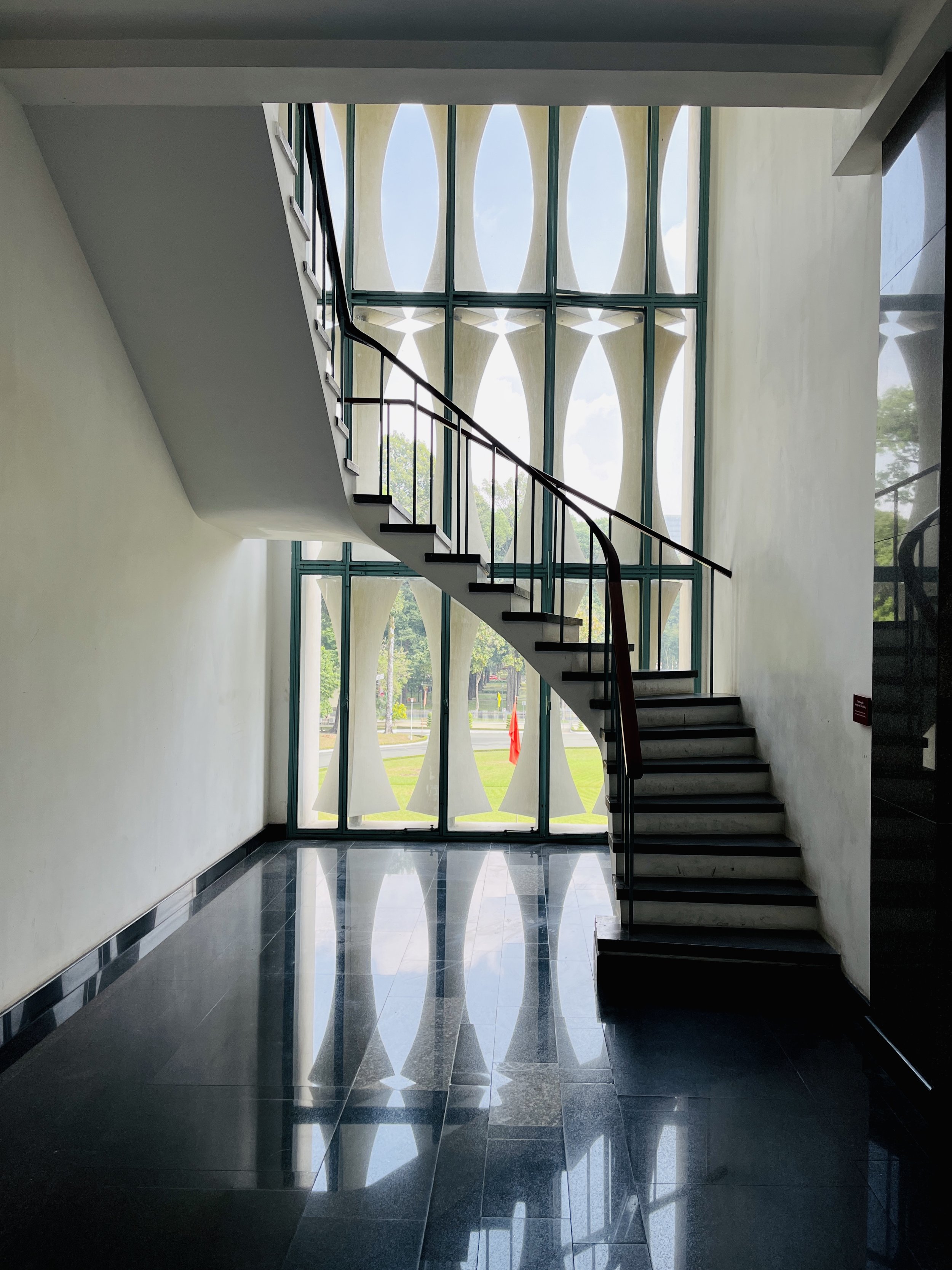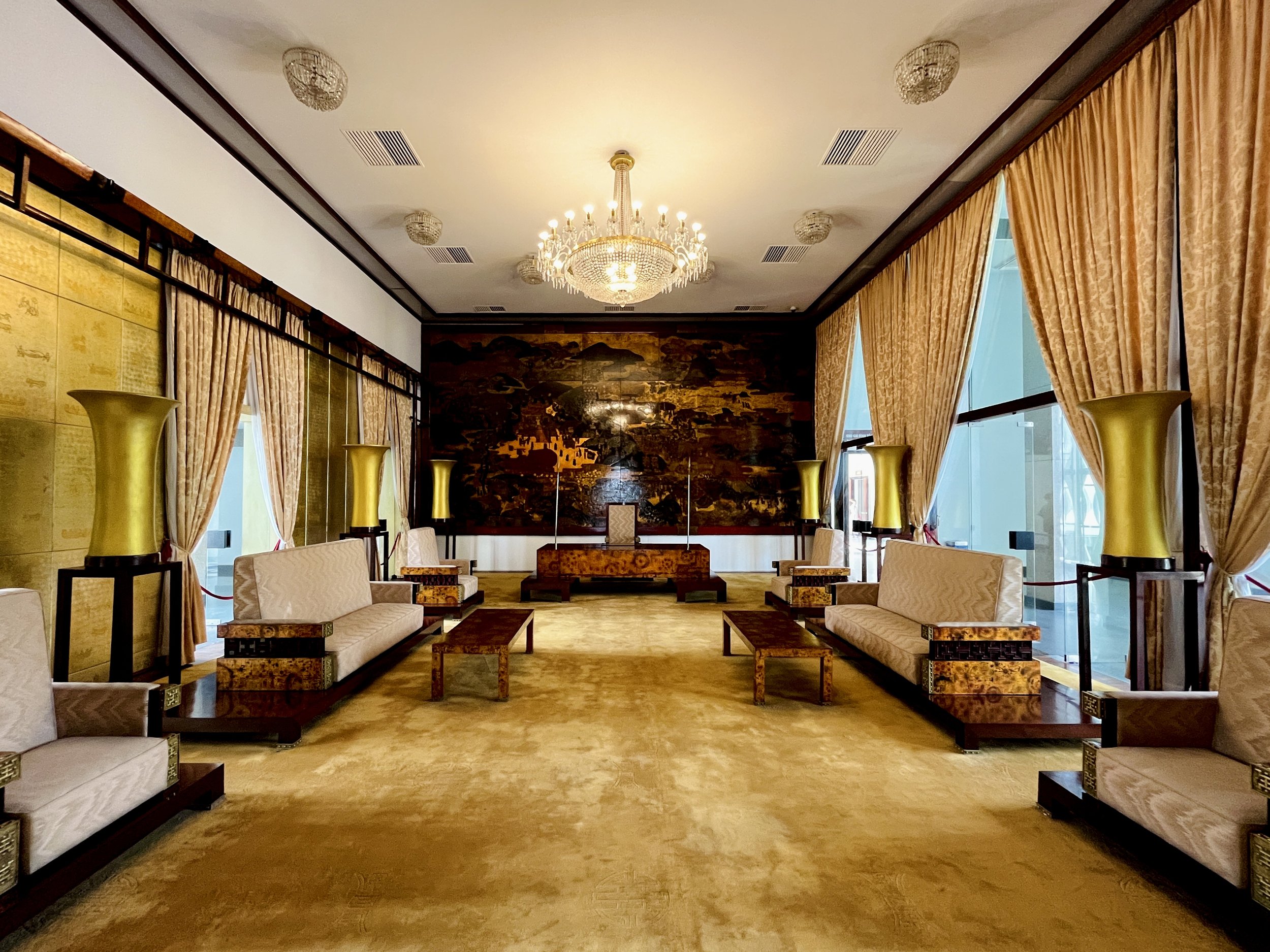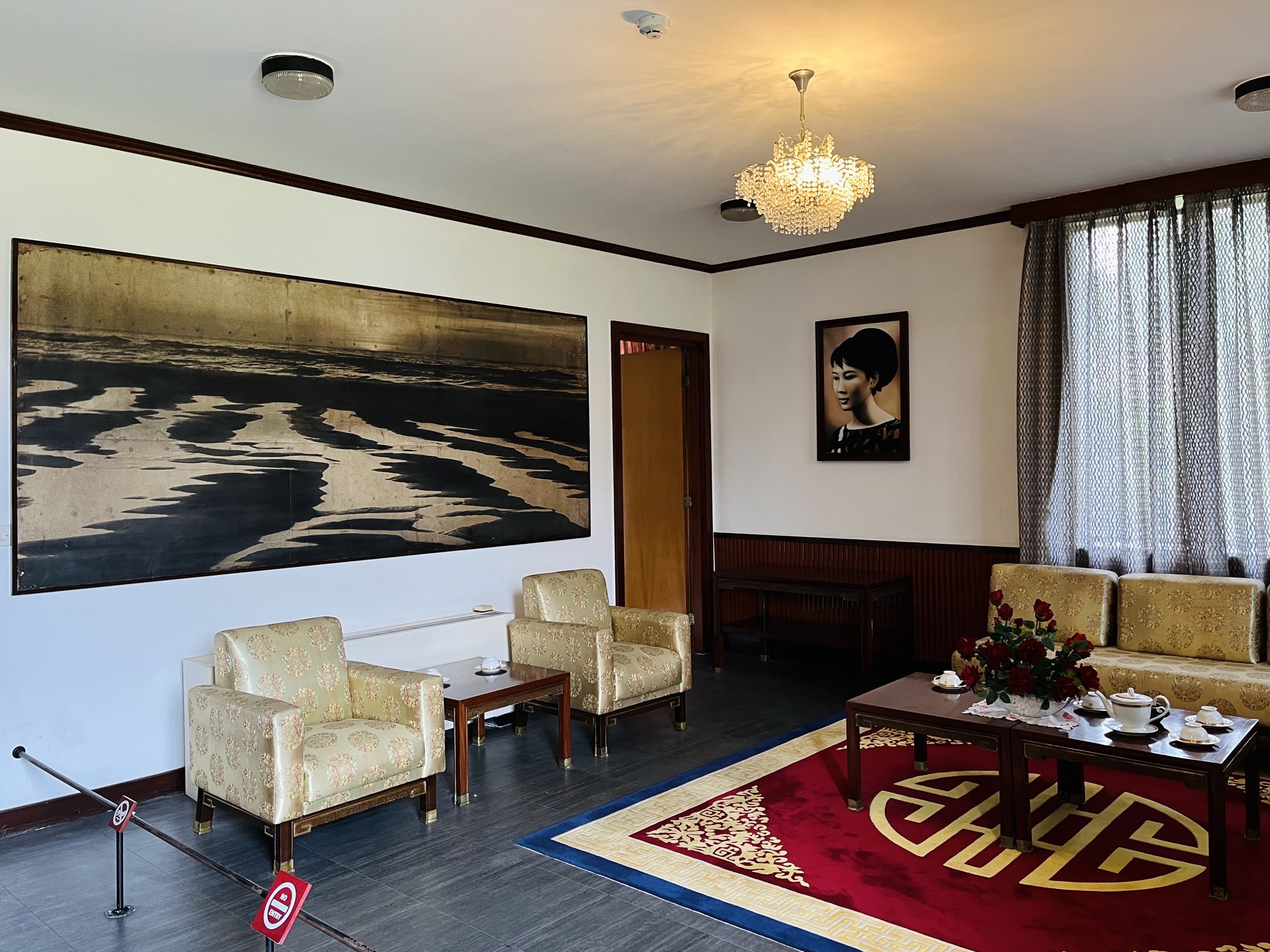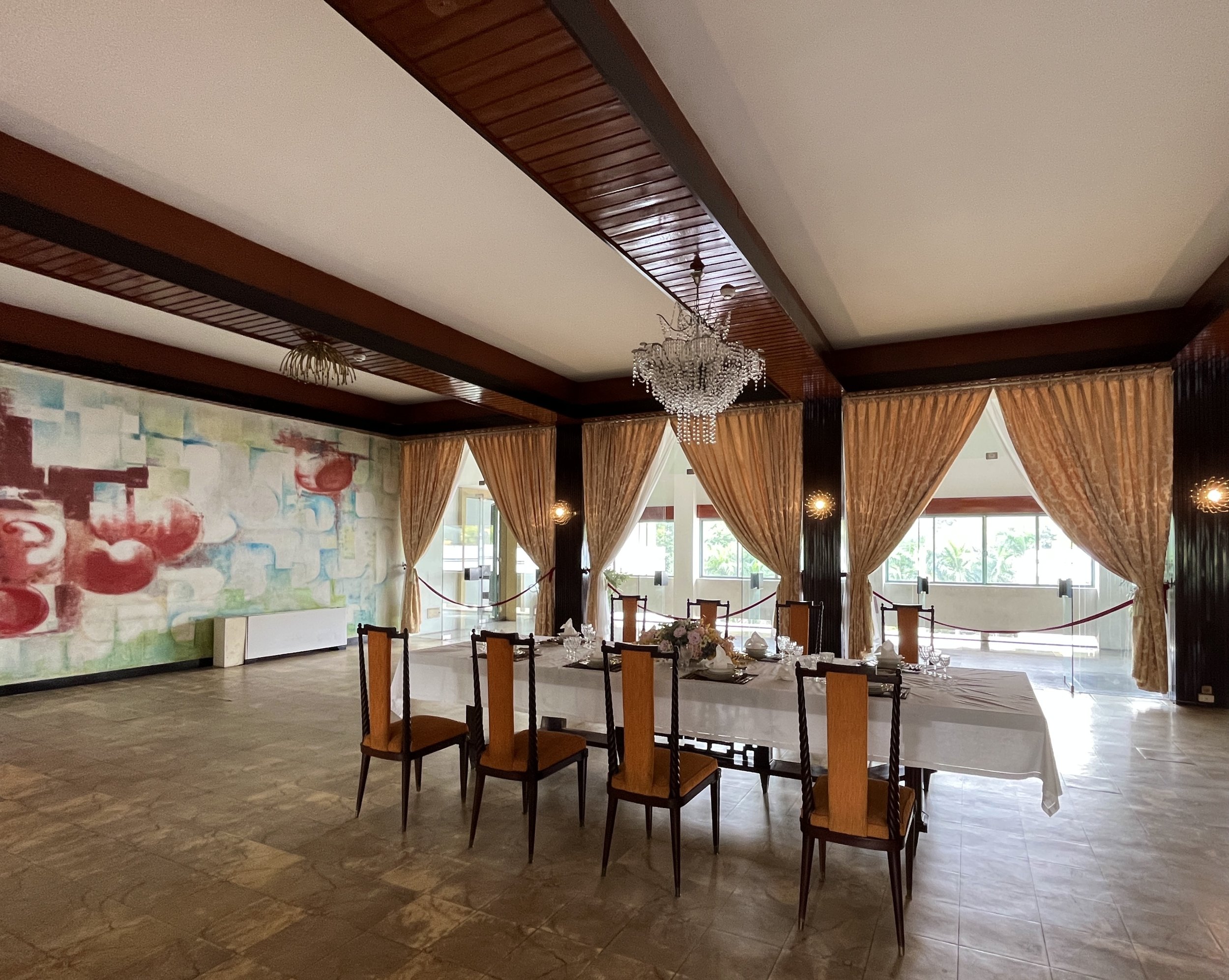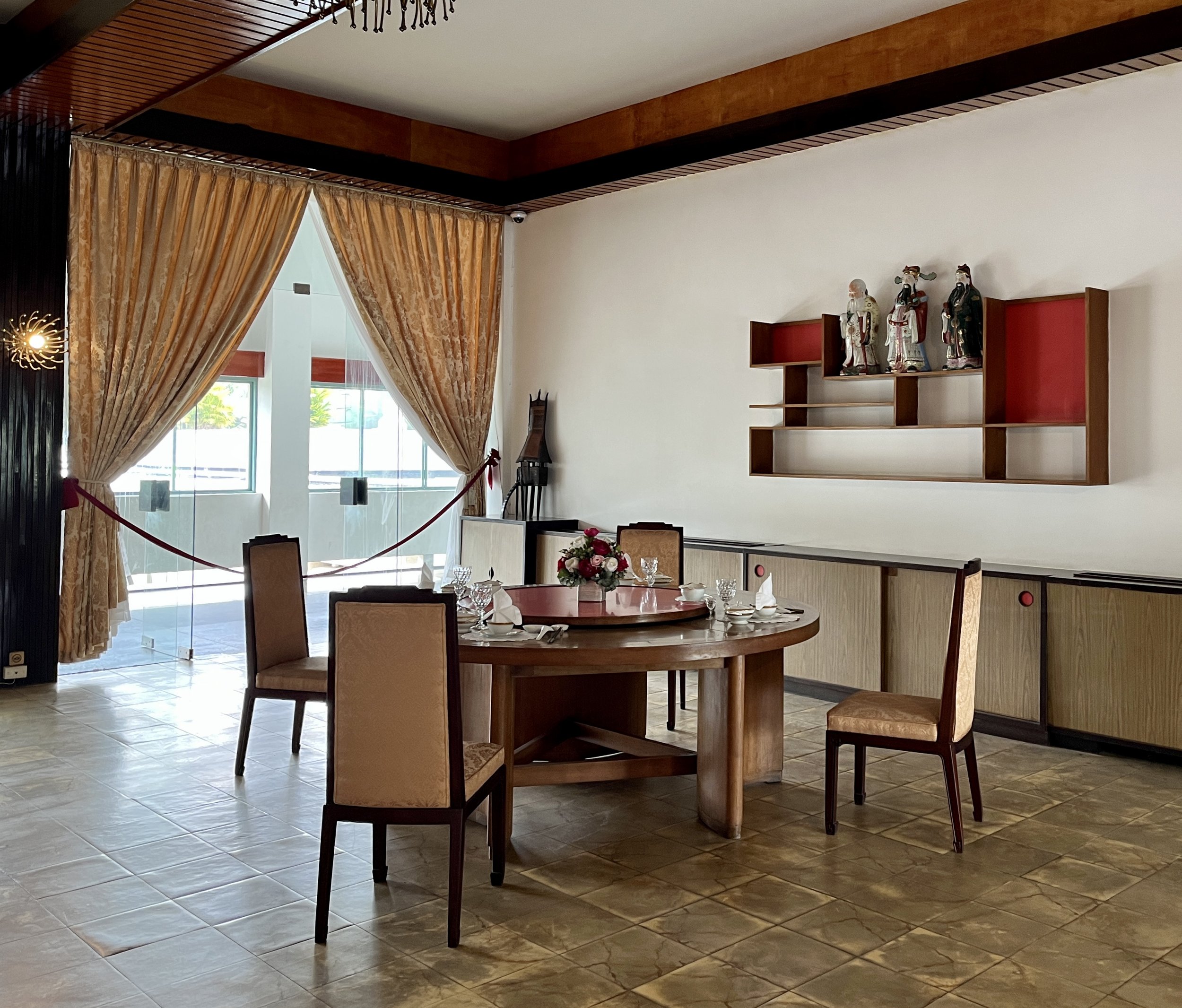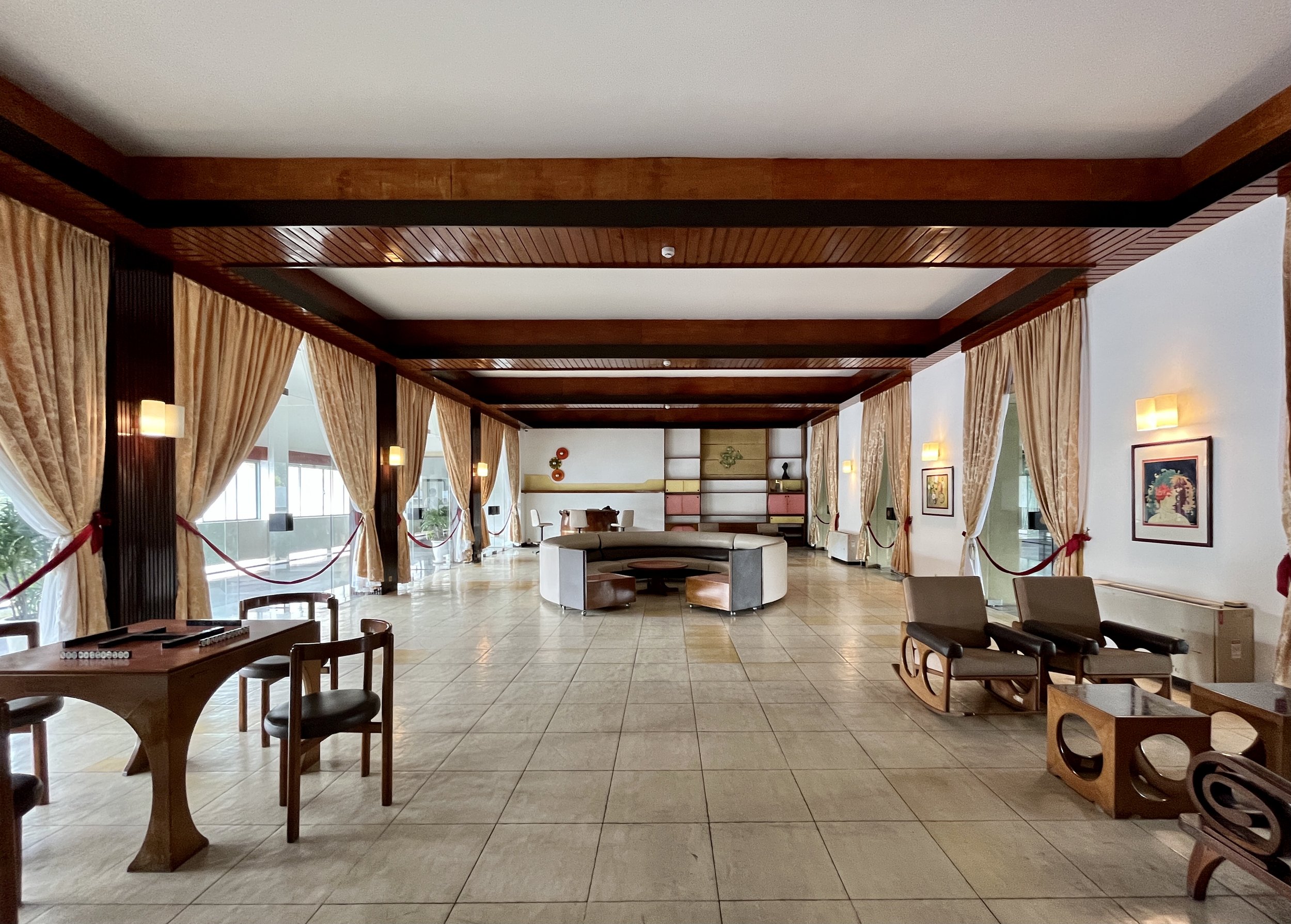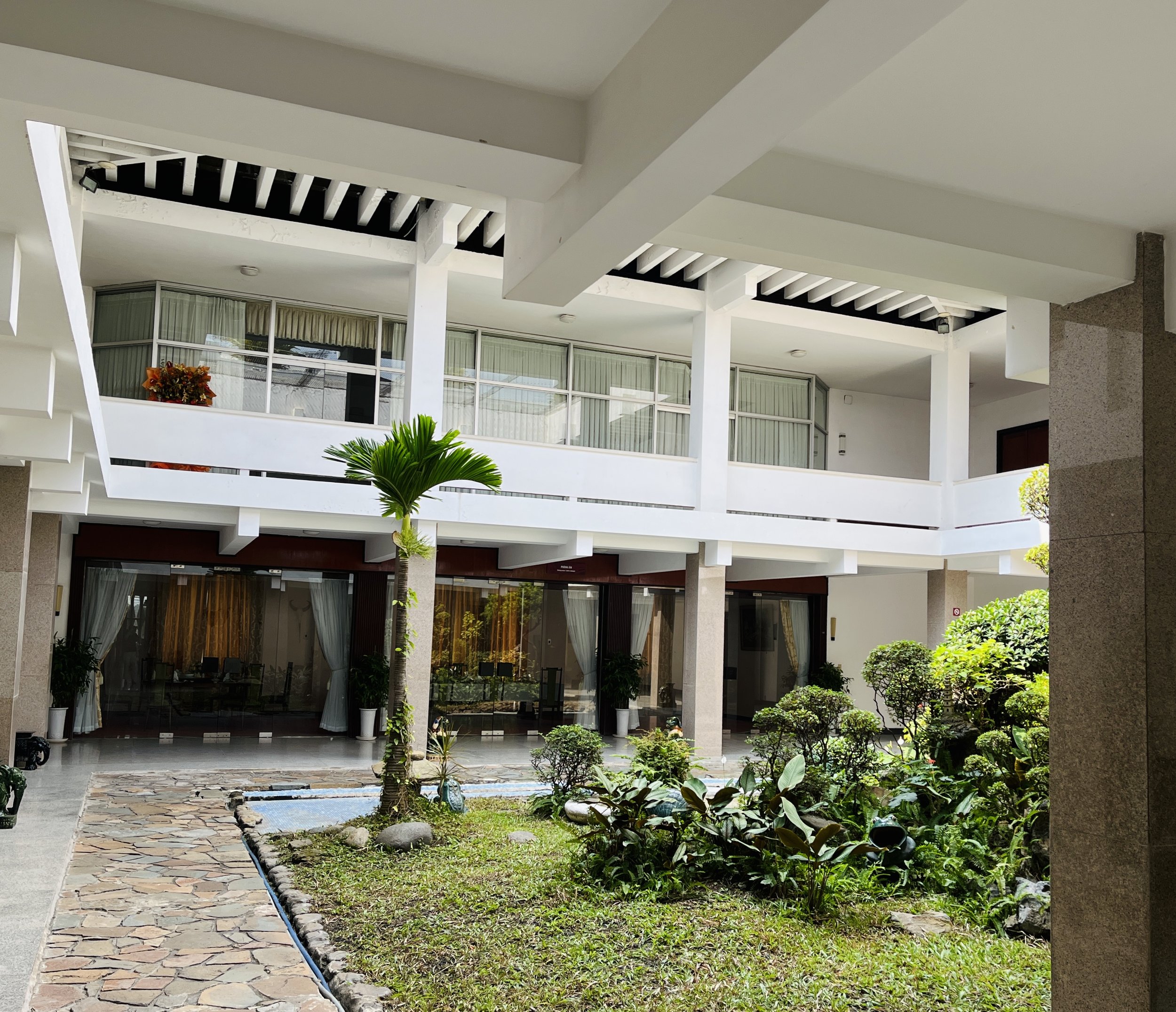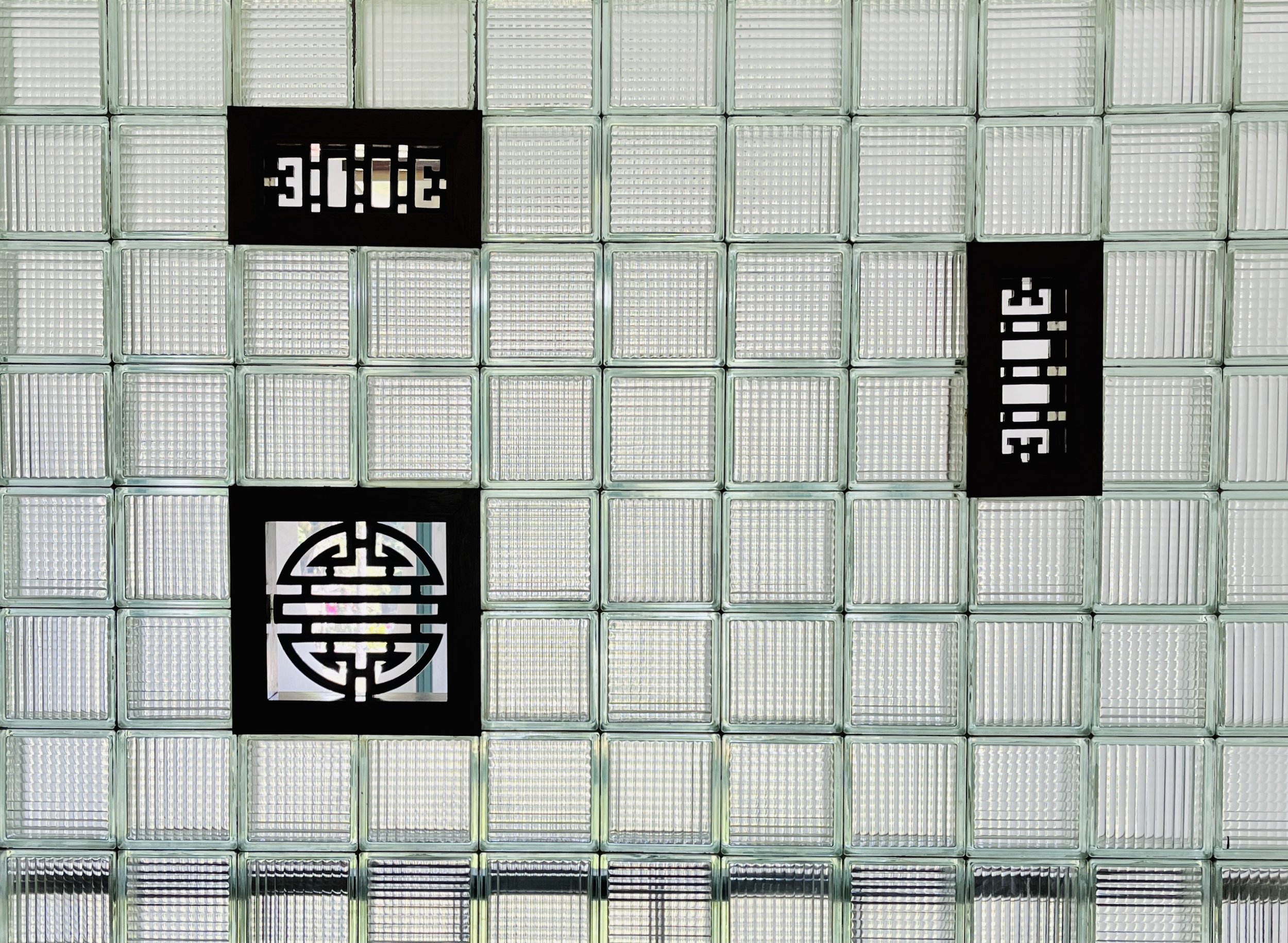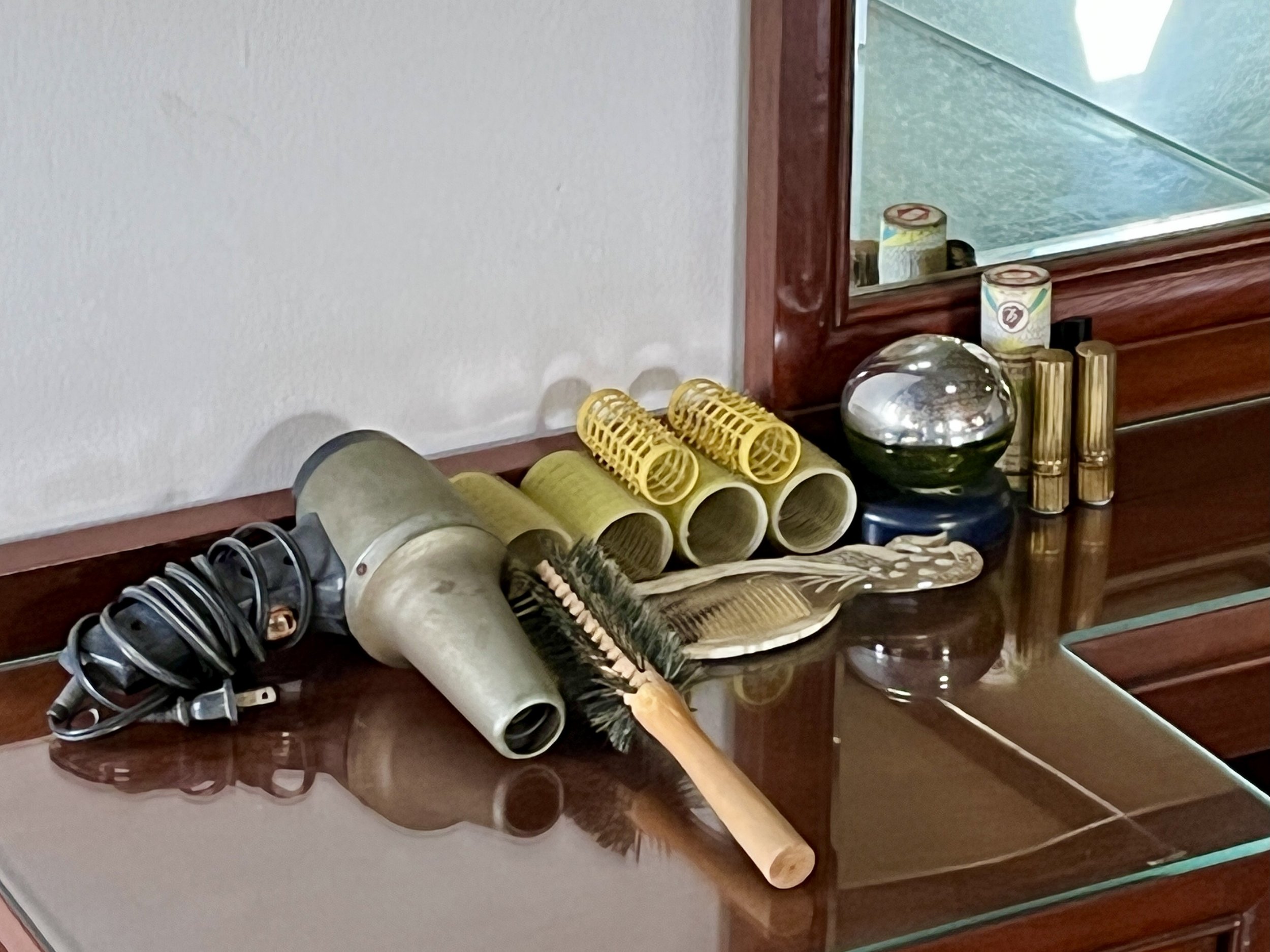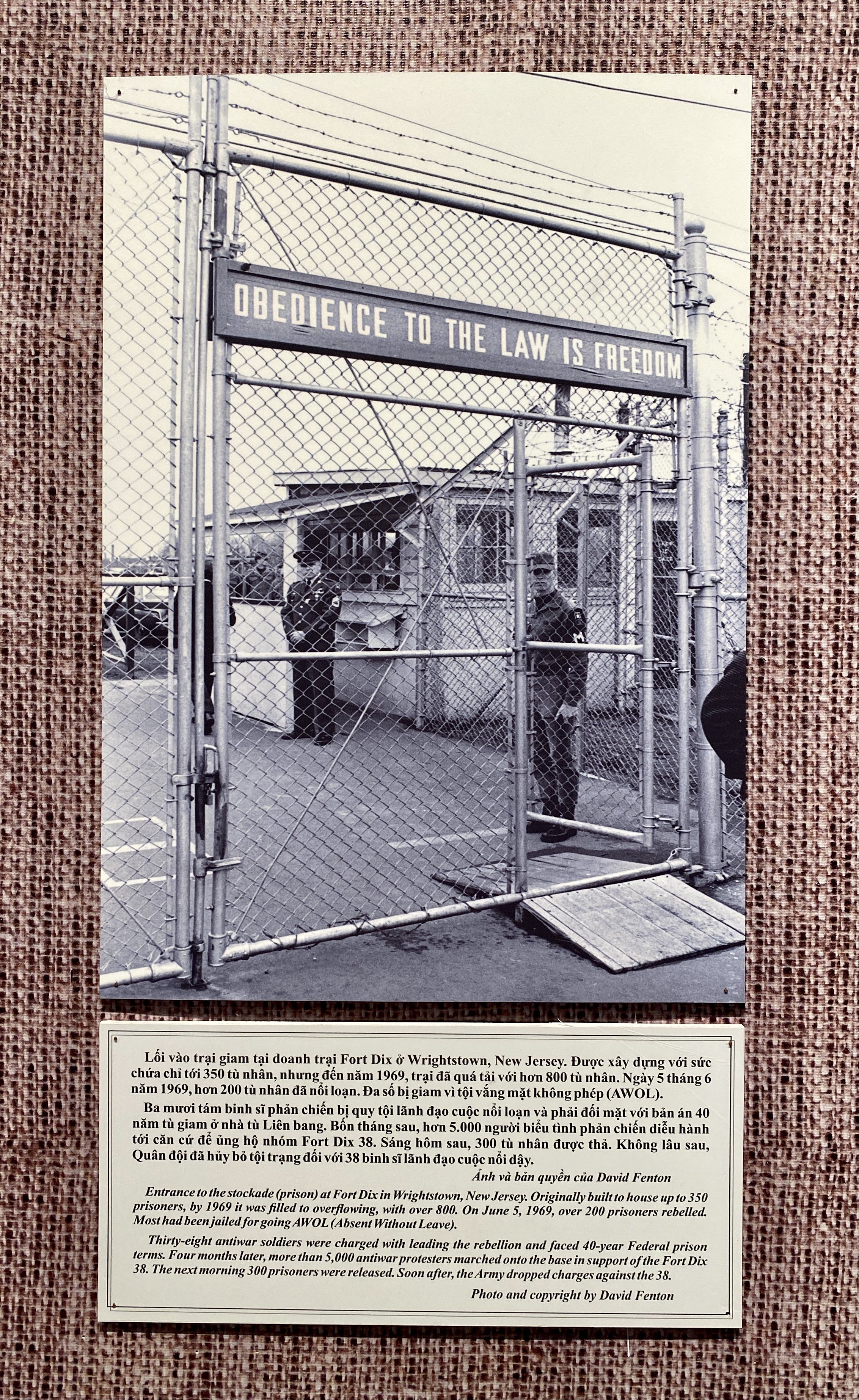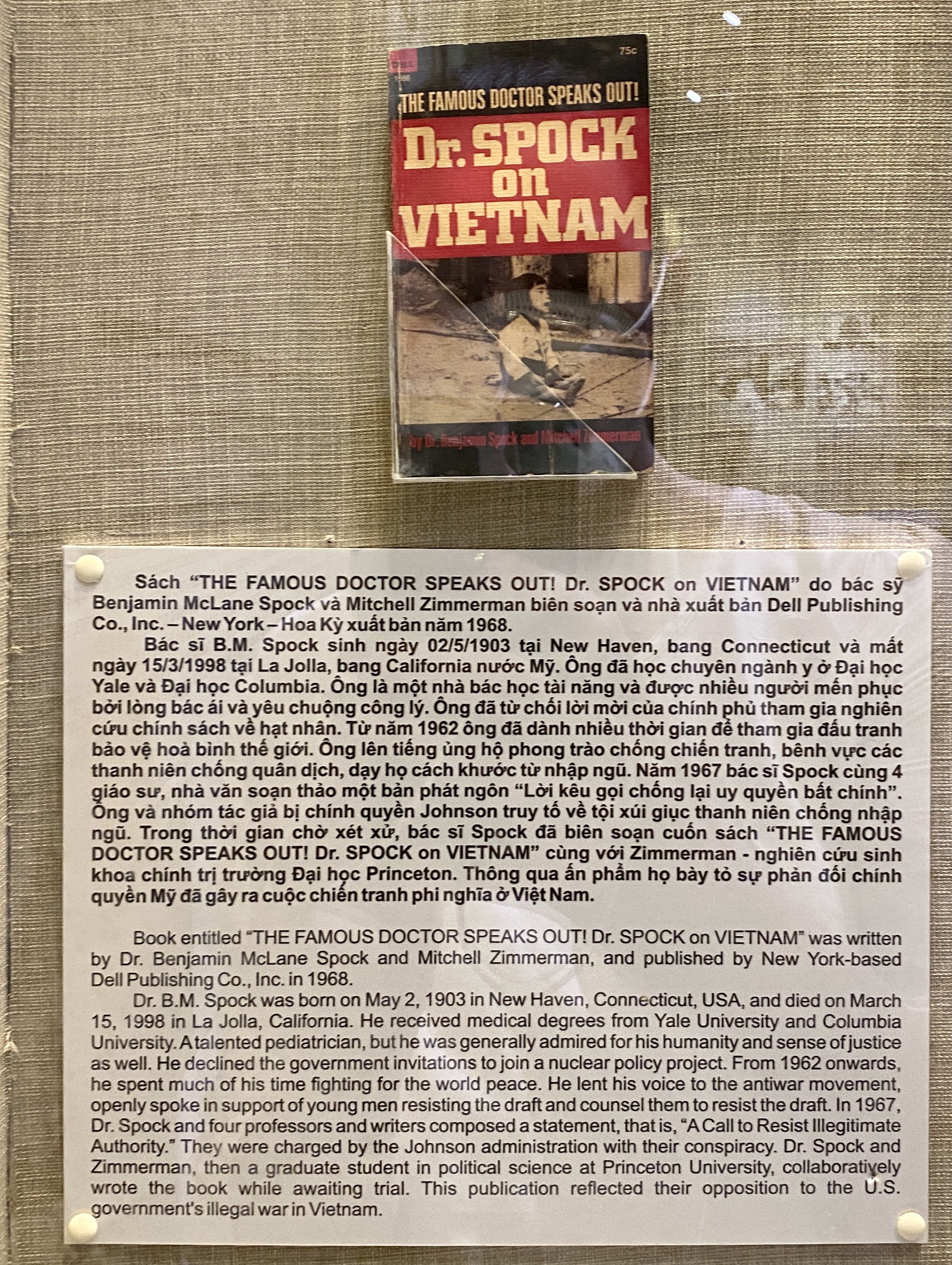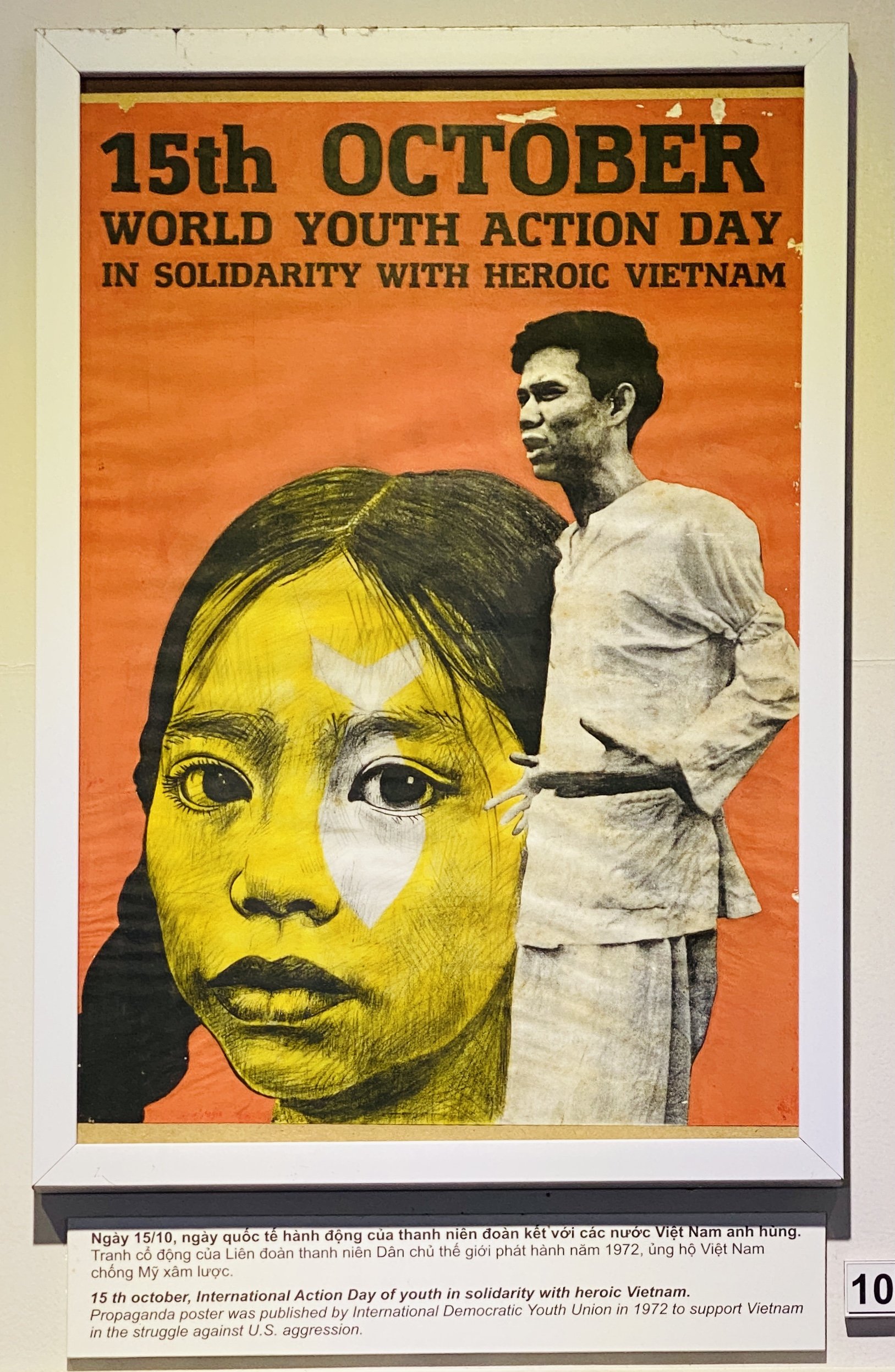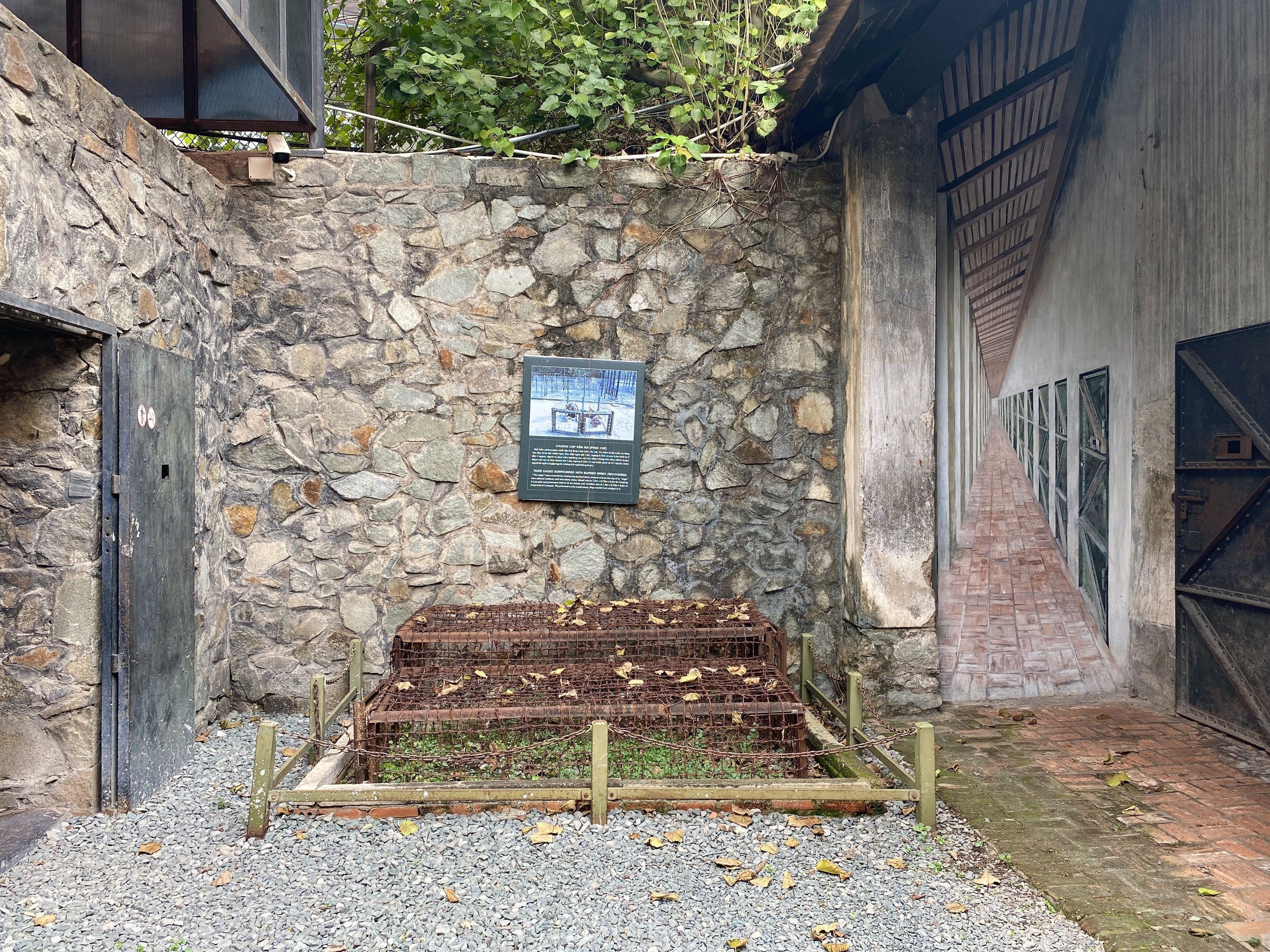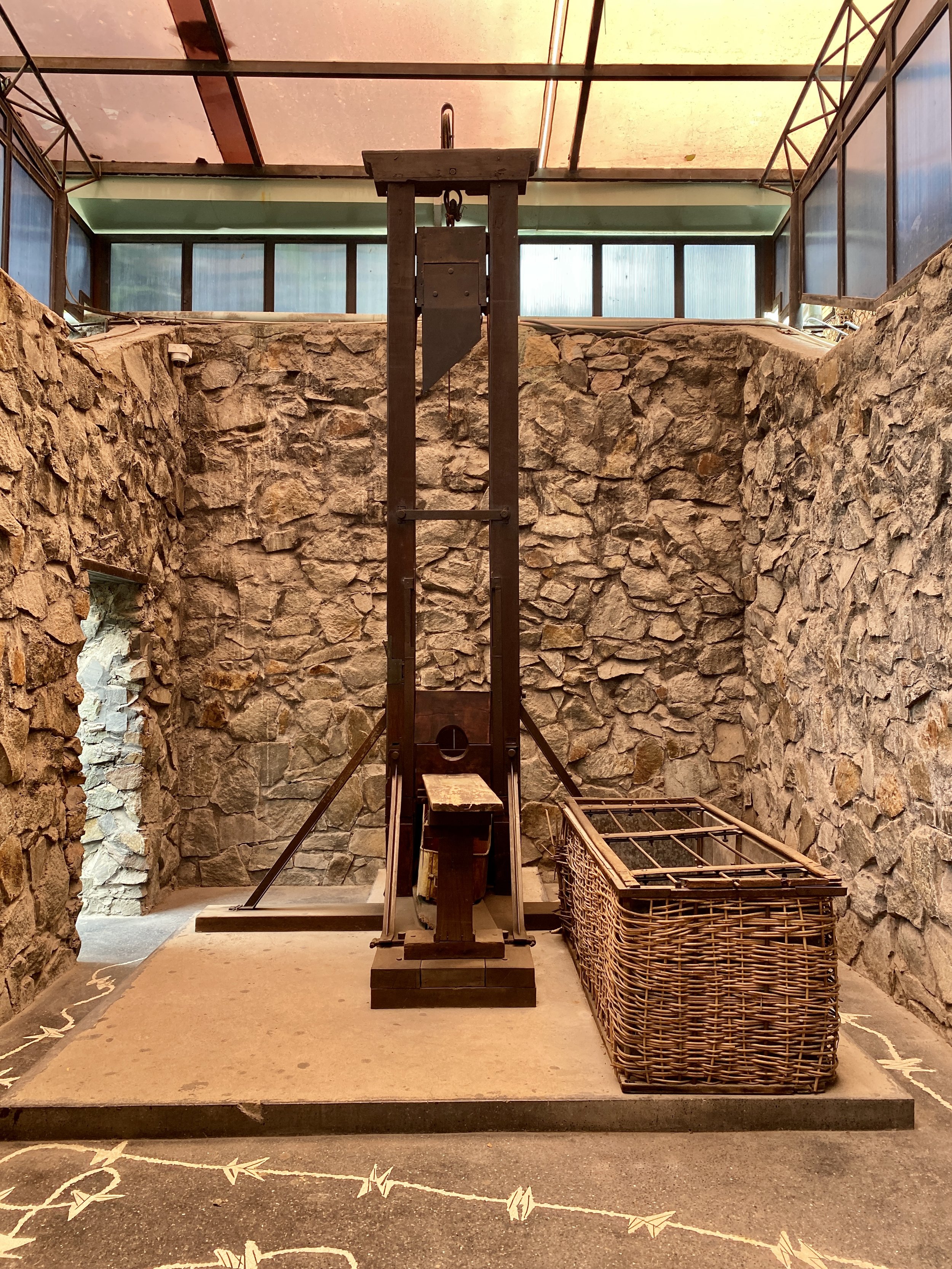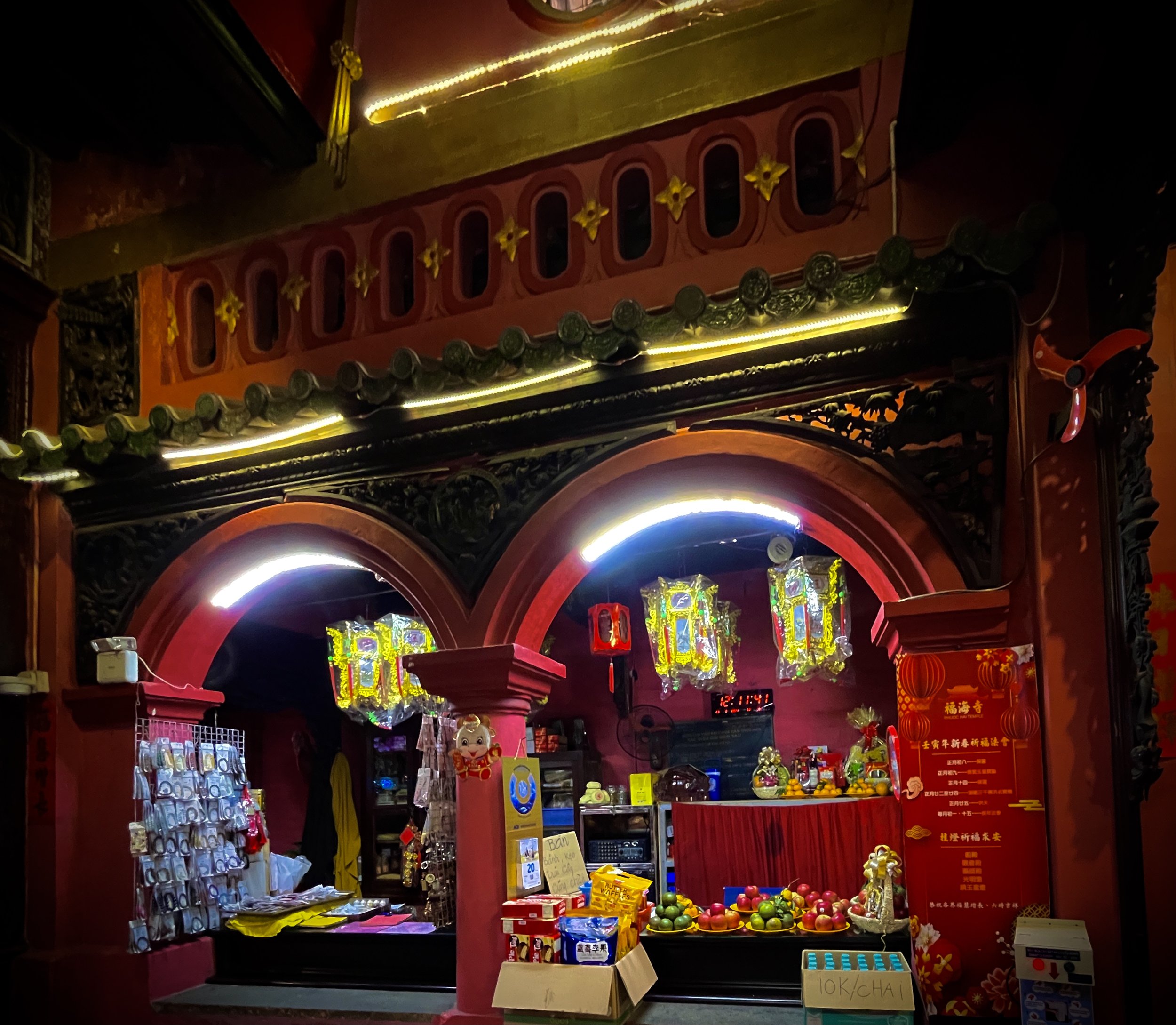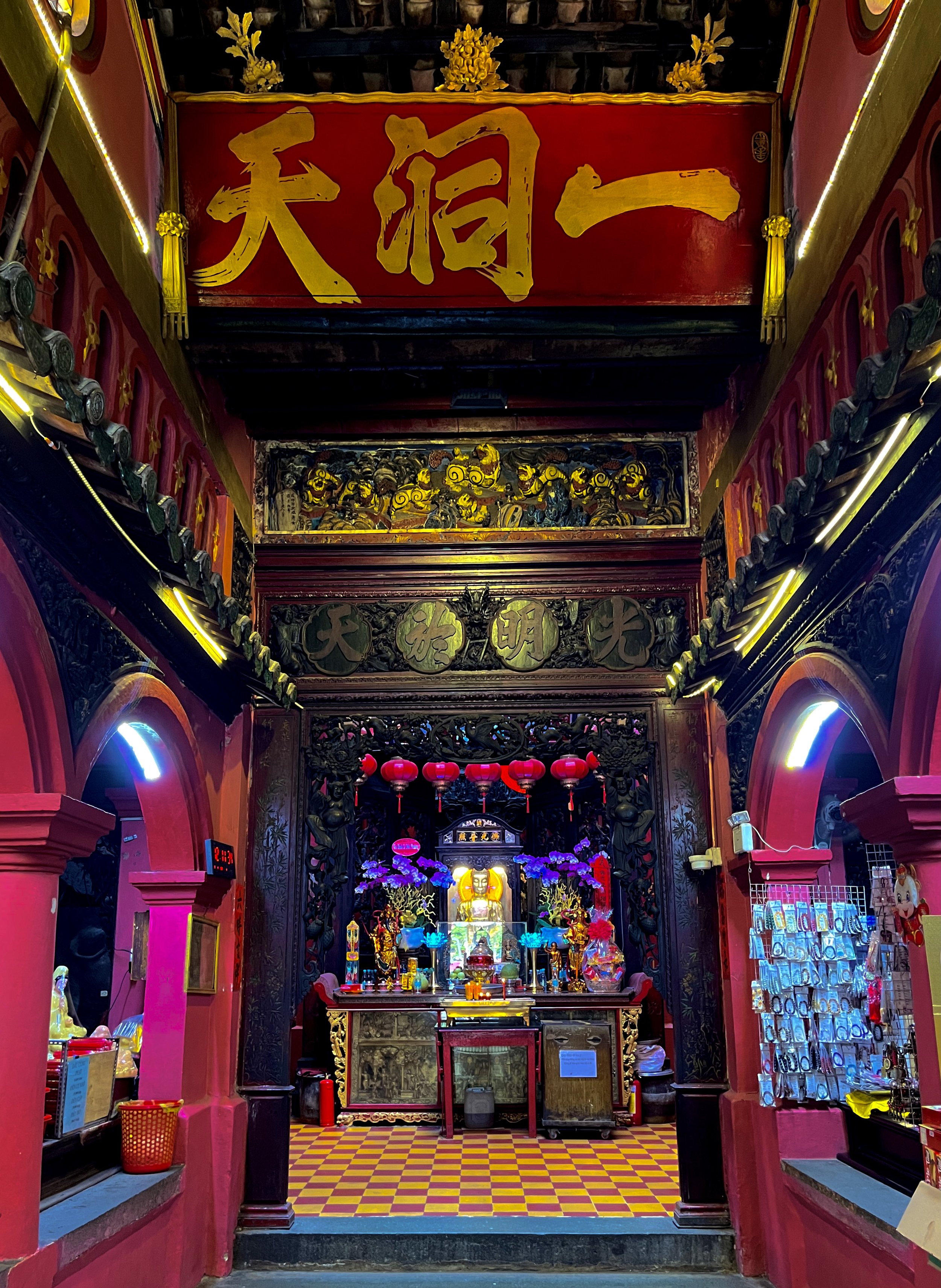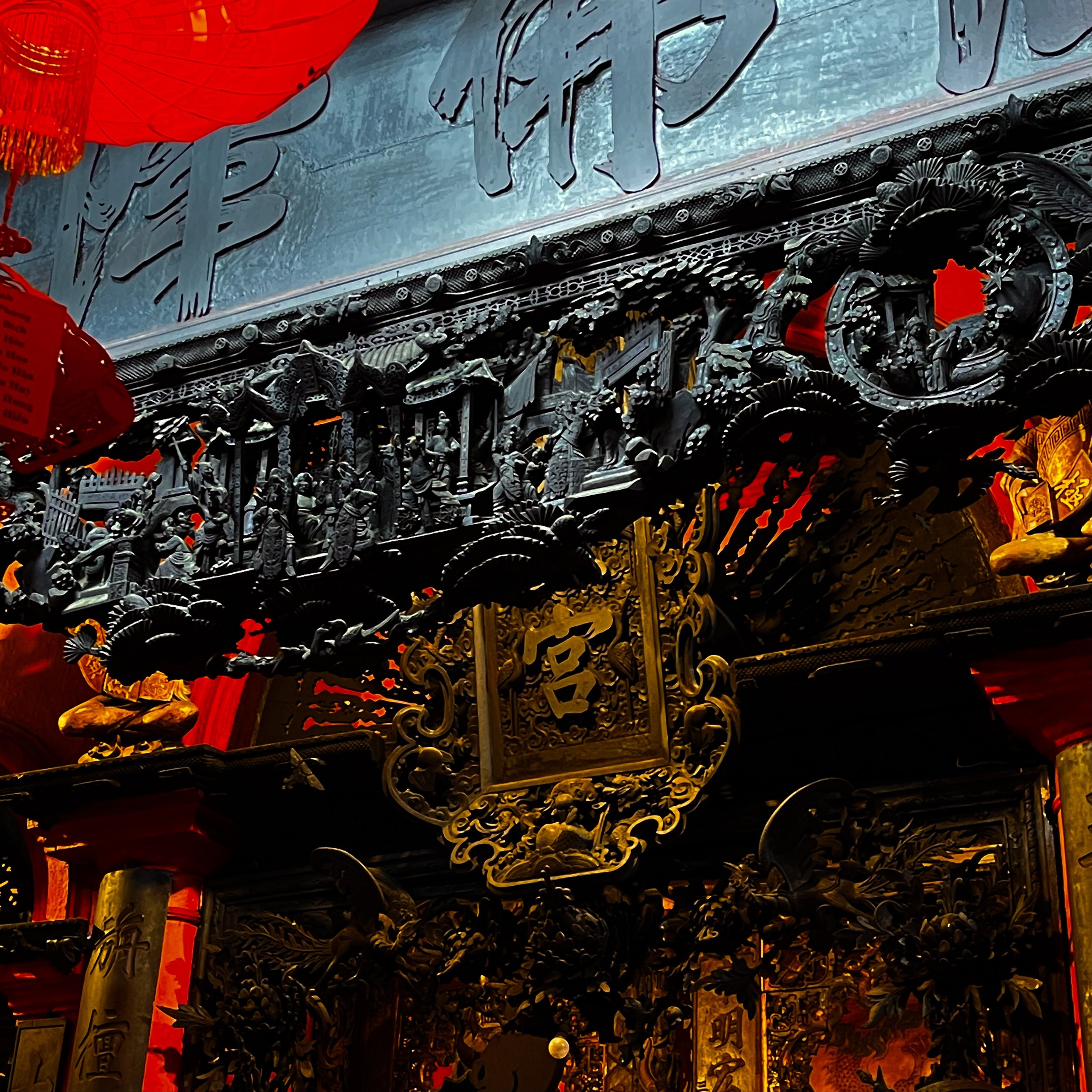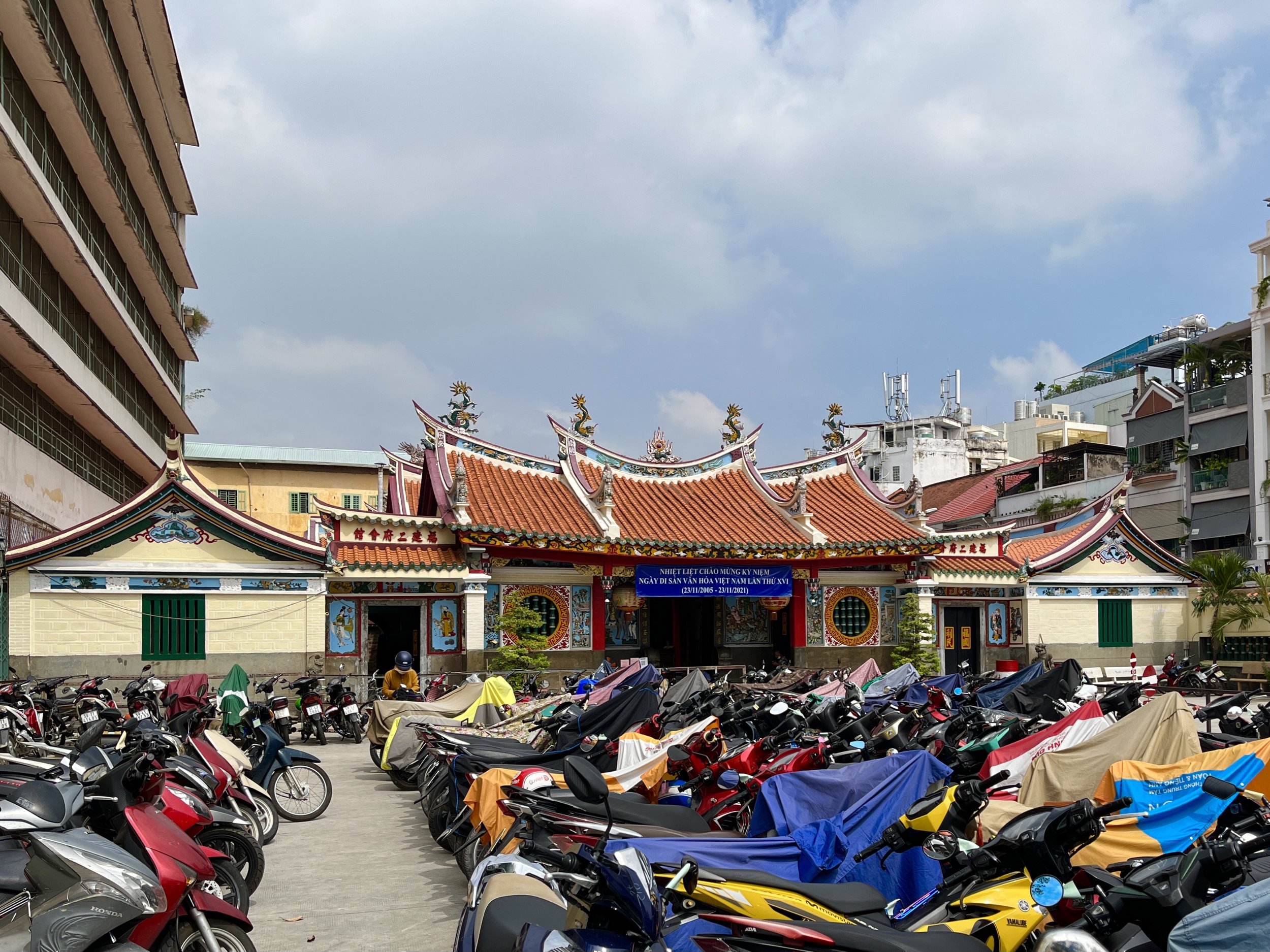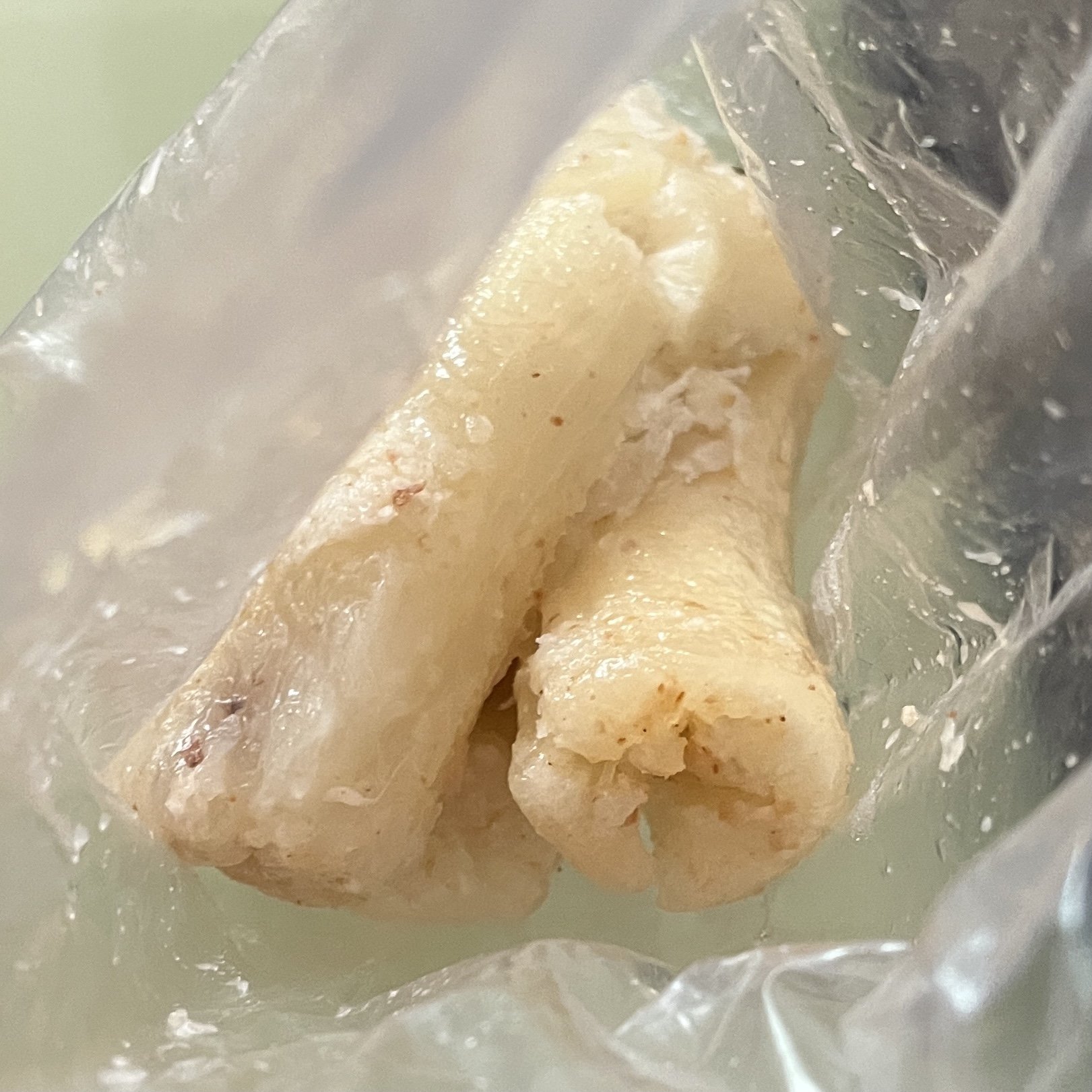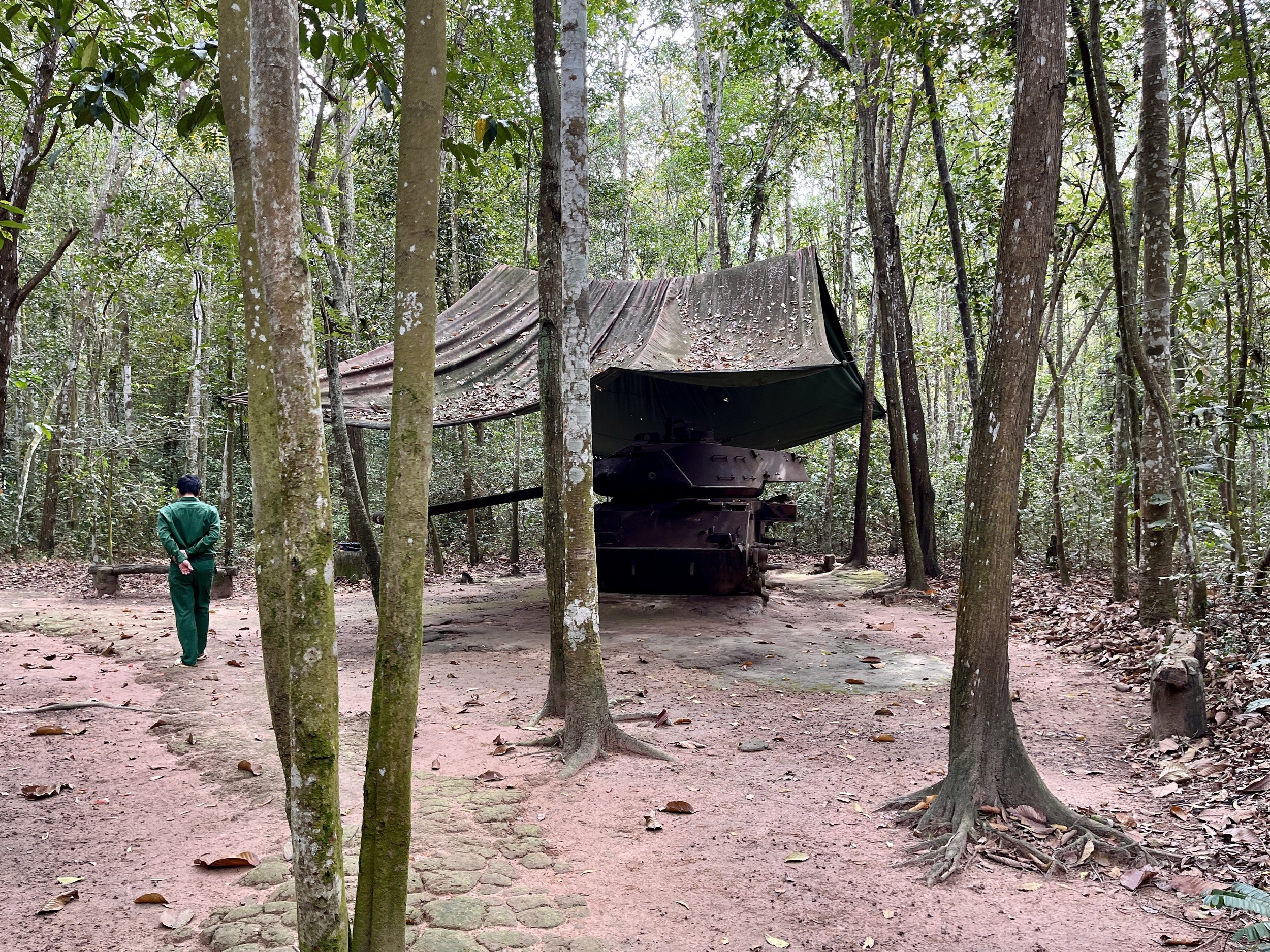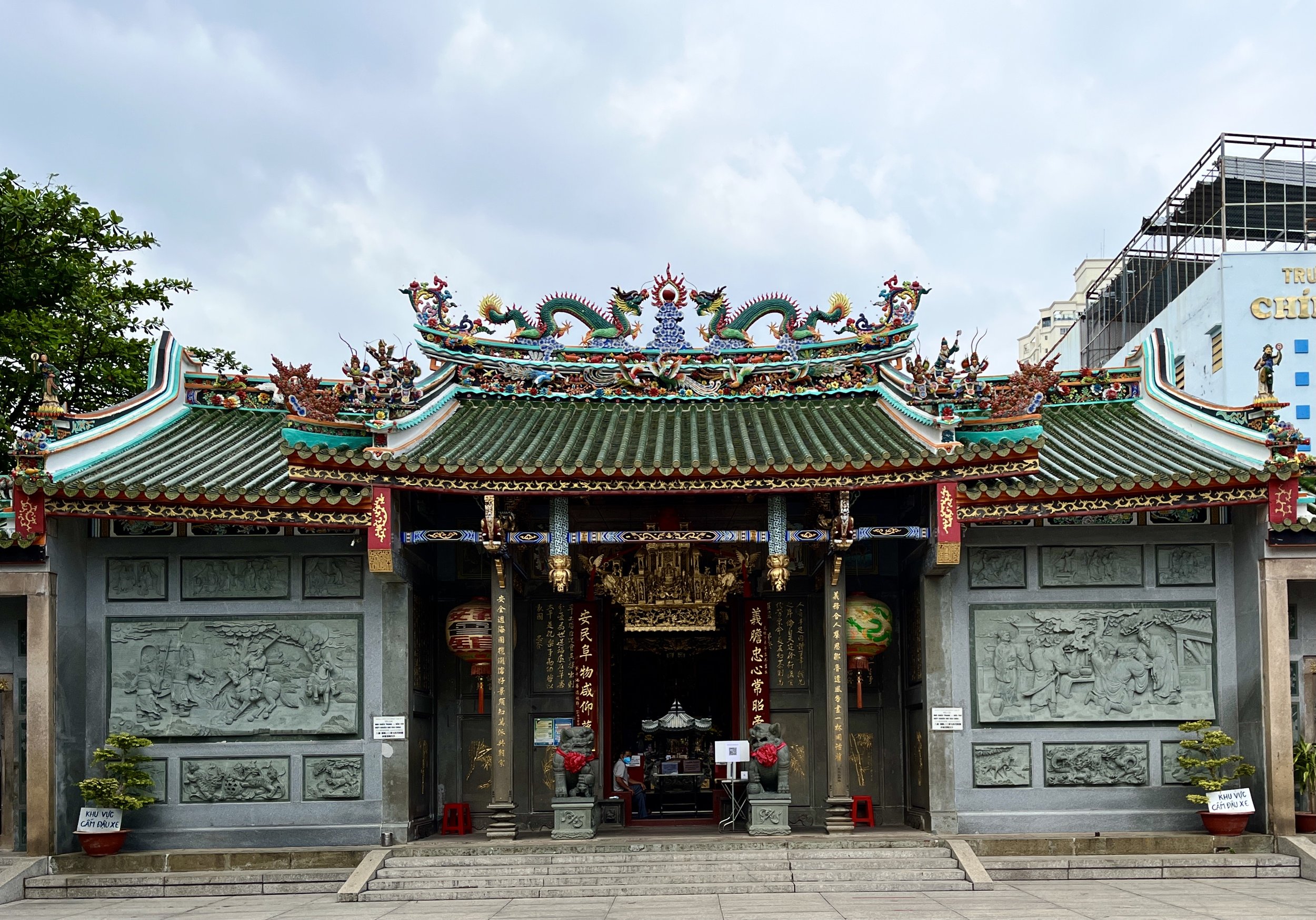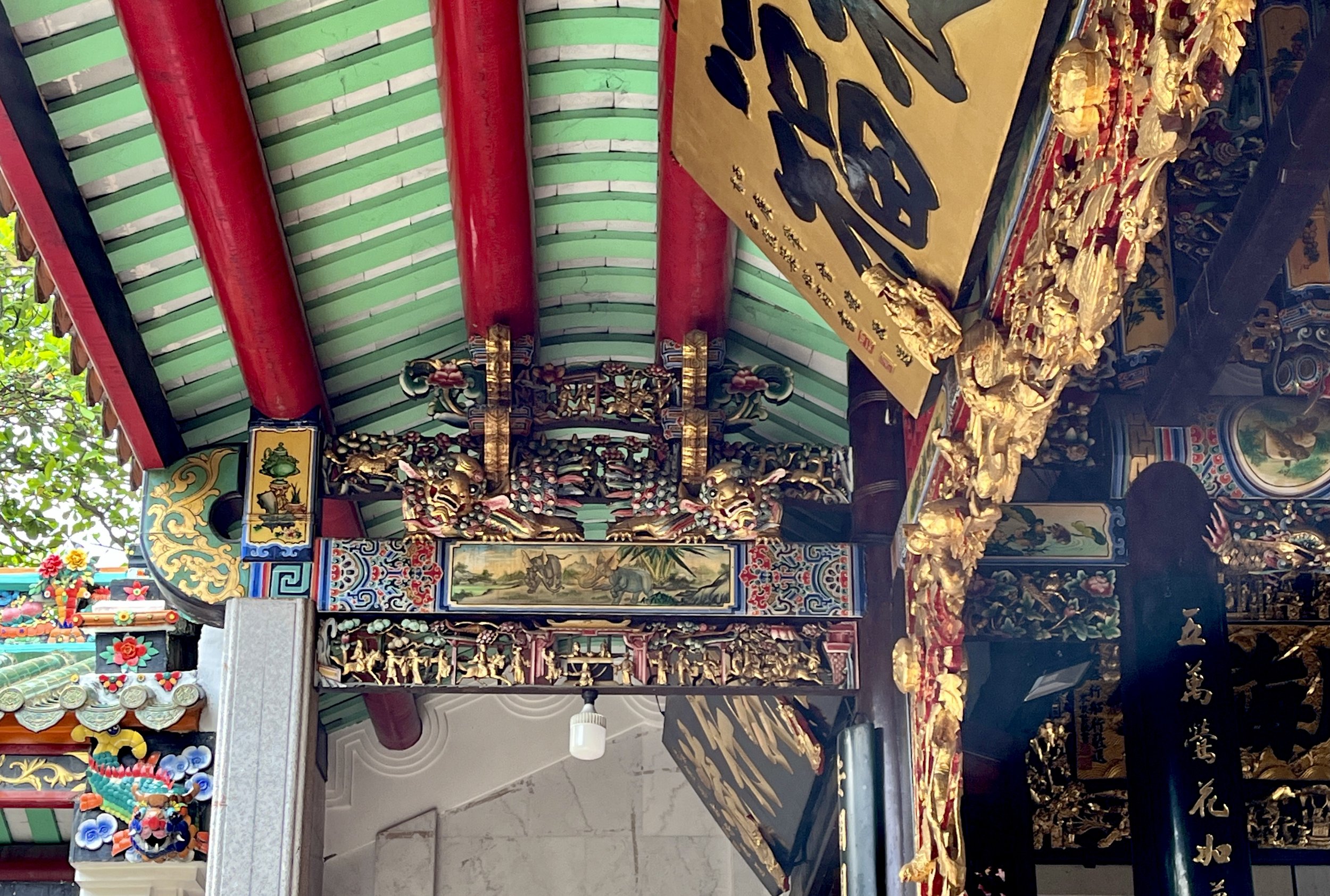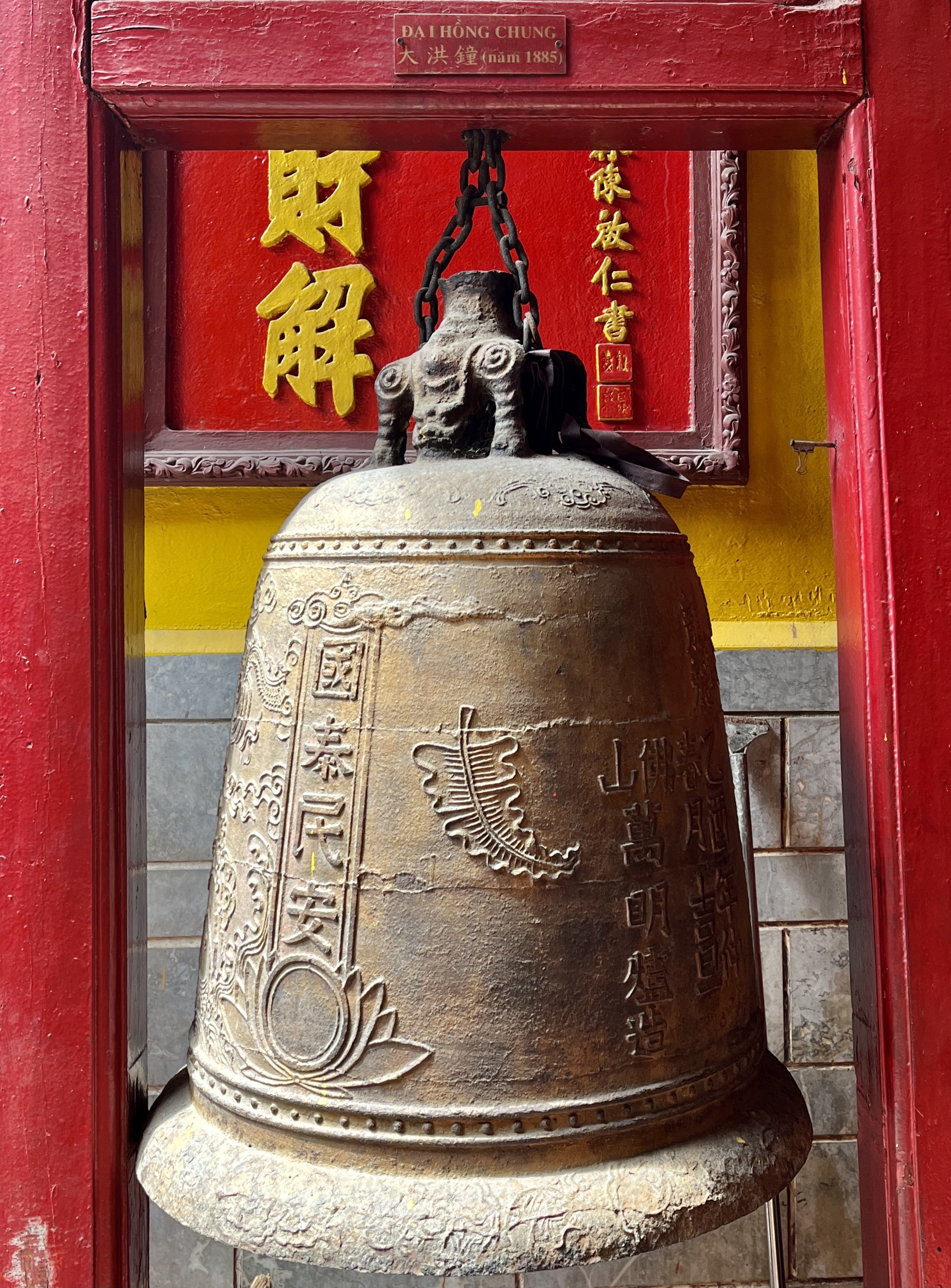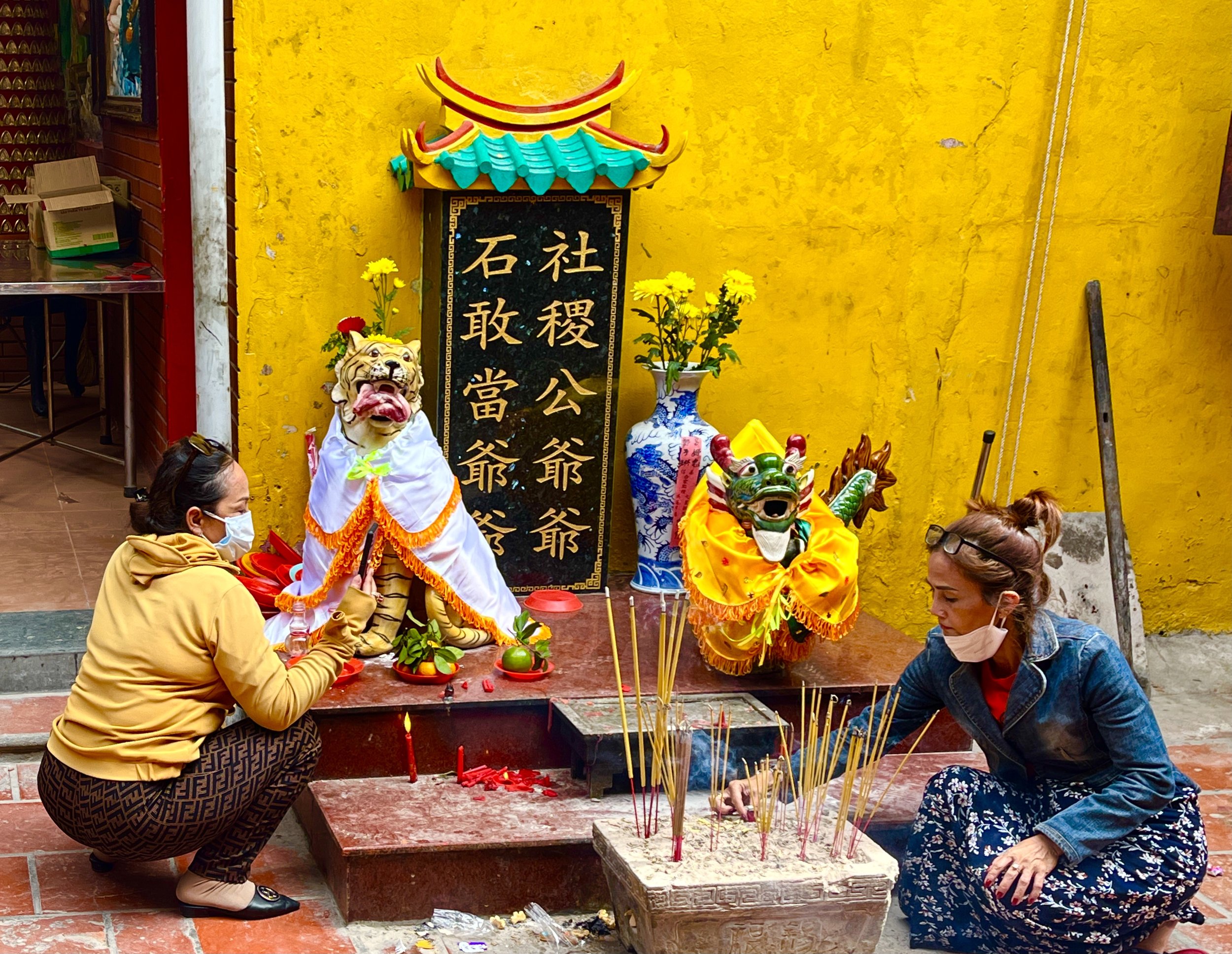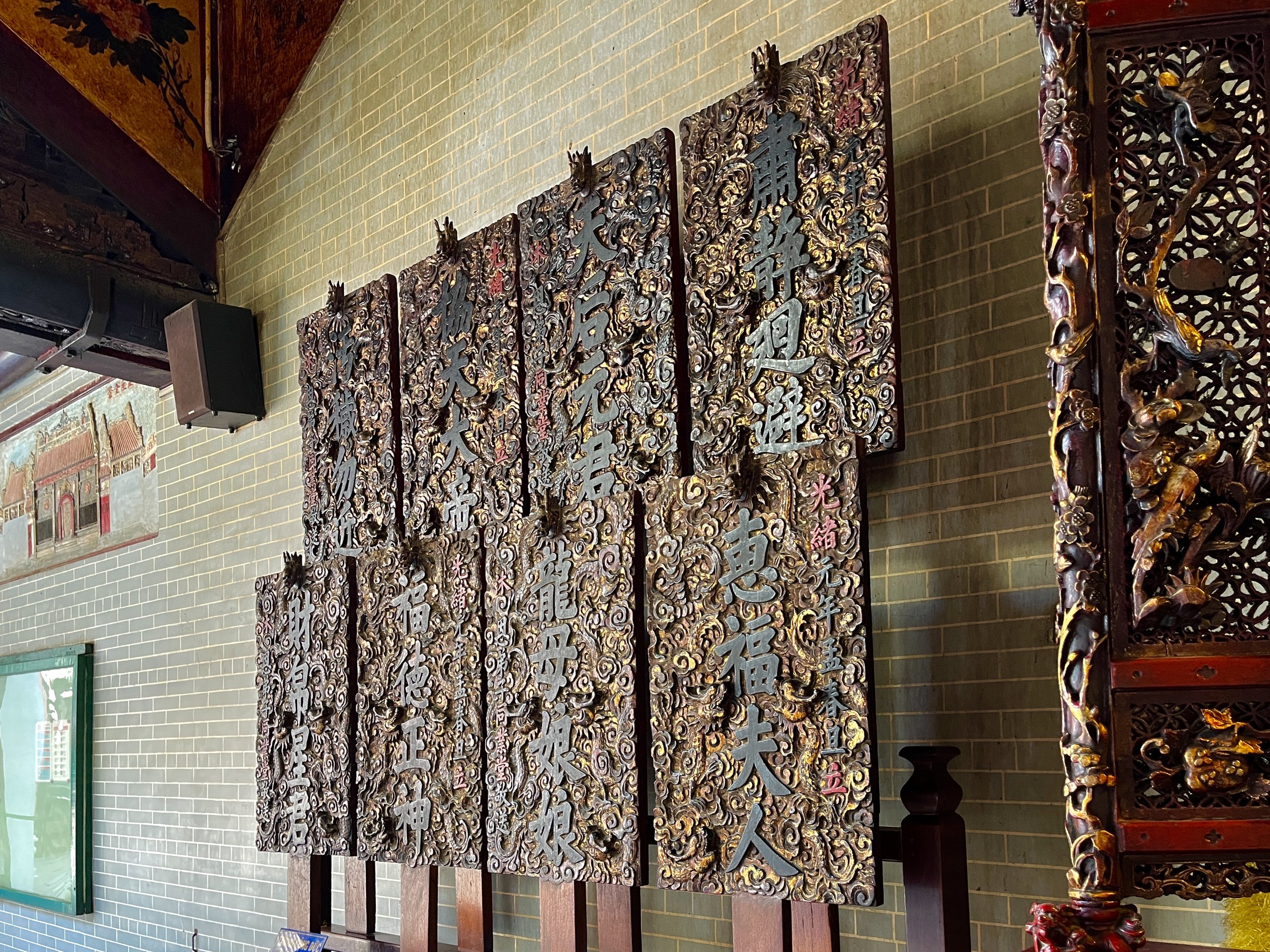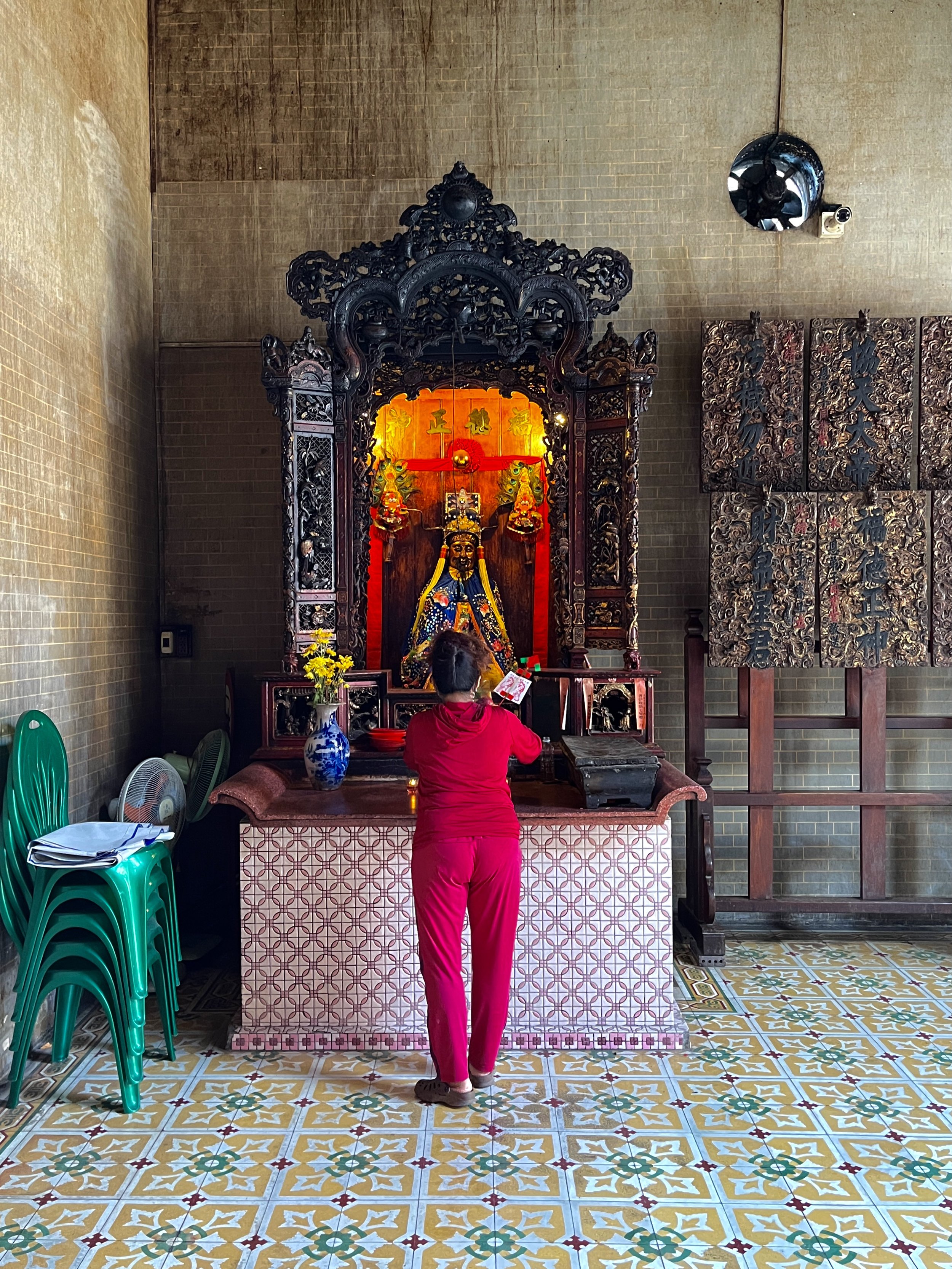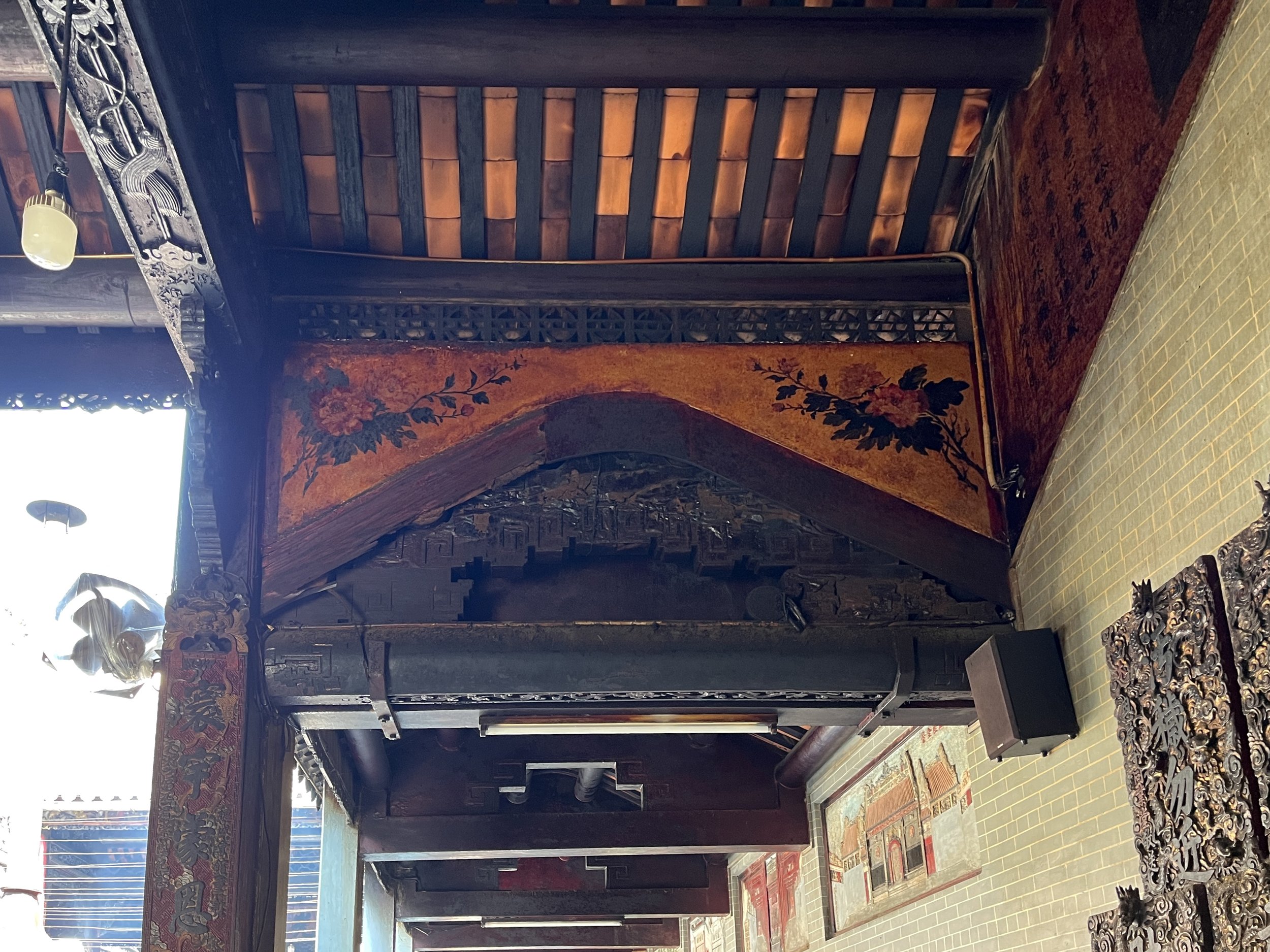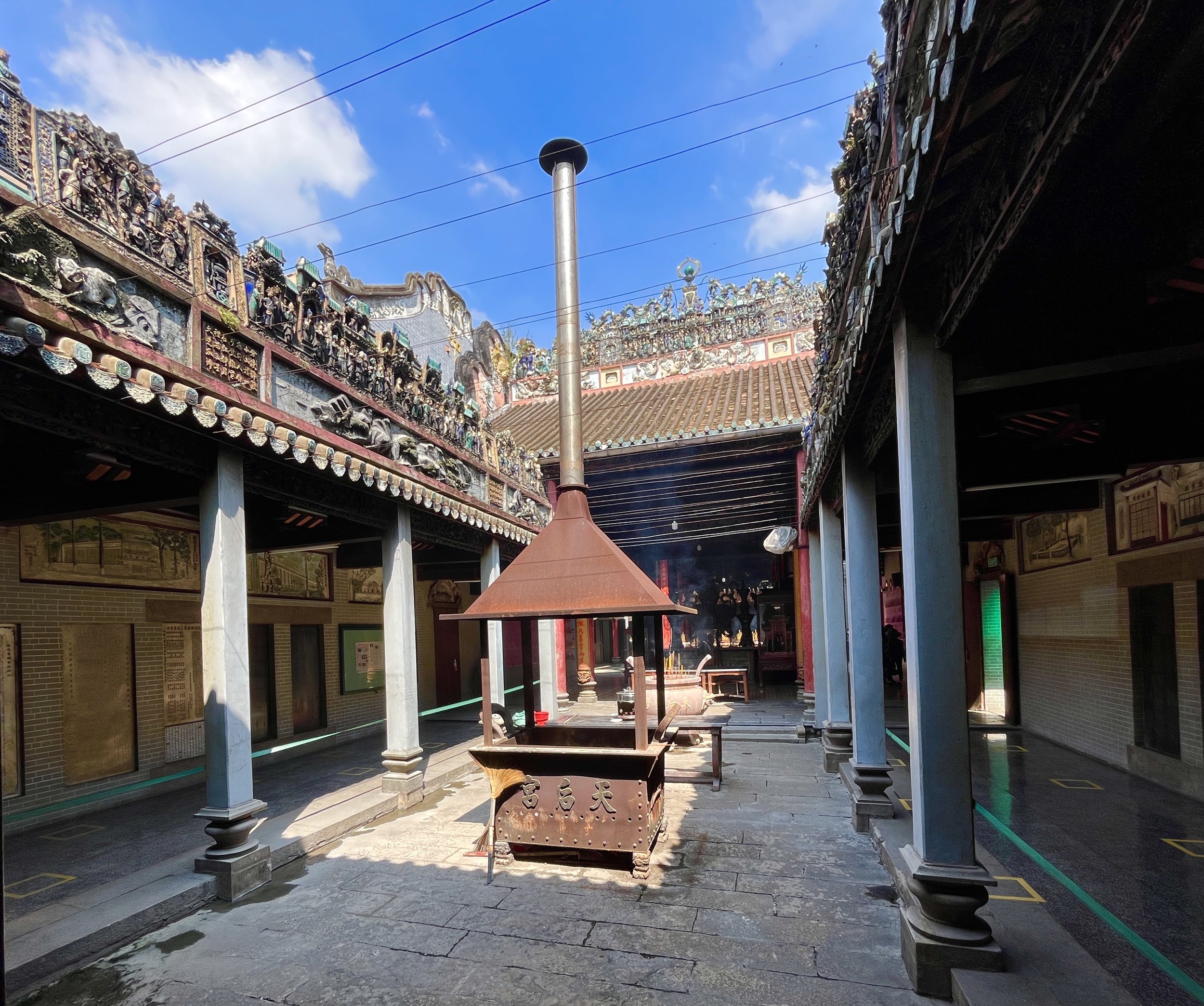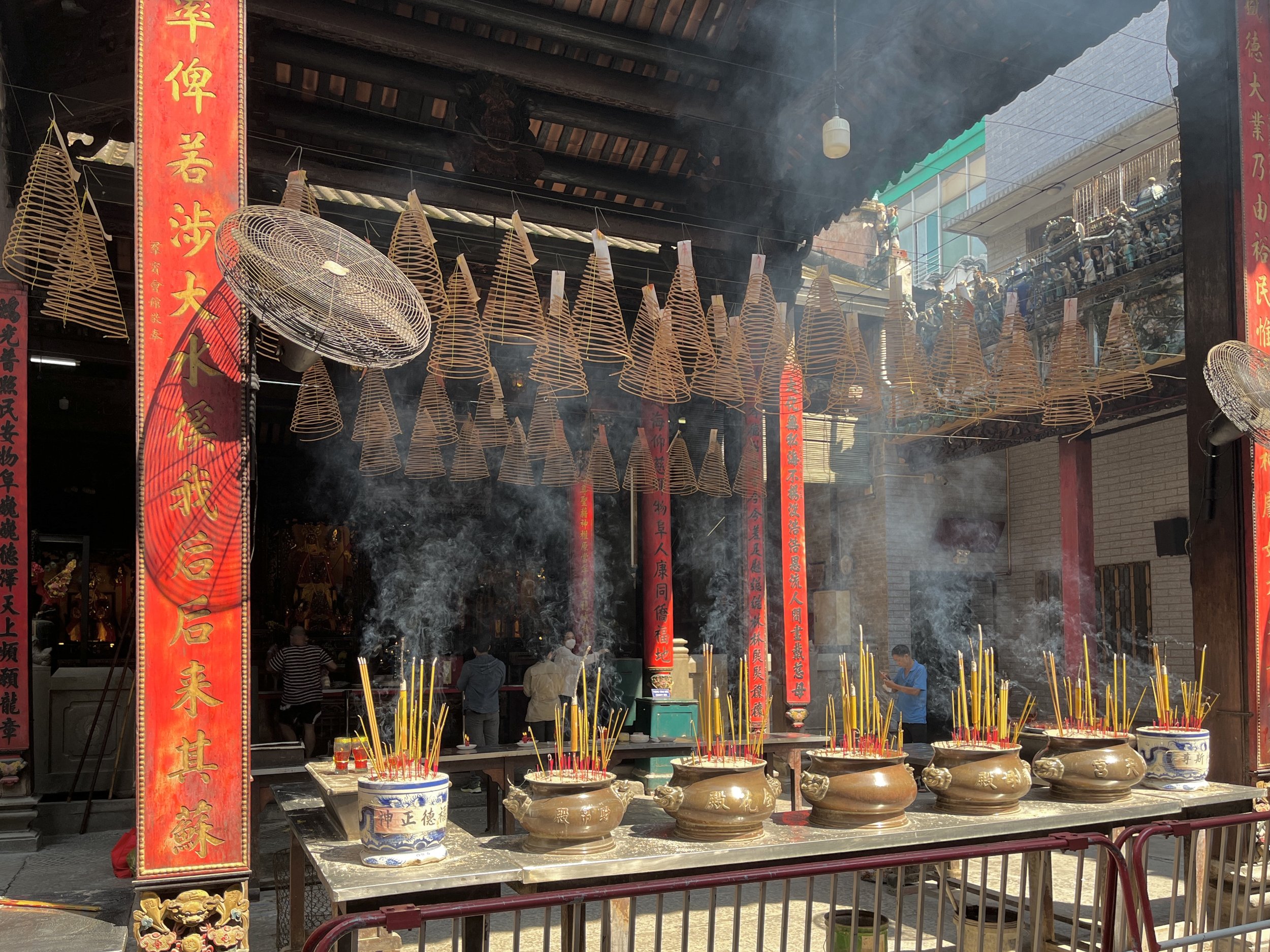Of the 20+ museums in Hanoi, this is my favorite! It’s very much a living museum, constantly showcasing community issues and outreach, and honoring living women of impact in a deserving manner.
The museum’s permanent collection is divided into three permanent exhibits: Women in the Family, Women in History, and Women in Fashion.
Women in the Family covers the traditional roles of women in different segments of Vietnamese society, with a particular focus on the ethnic minority tribes and rural life; patriarchal and matriarchal marriage and social hierarchies are explained, as are birthing rituals, and women’s economic contributions as farmers, craftspeople and educators.
Women in History focuses heavily on heroines of the colonial resistance, liberation, and communist movements and heroic mothers of the nation.
Women in Fashion displays ethnic dress and jewelry from many of Vietnam’s ethnic minority groups, often personally given by the original owner along with its story. Traditional costume for big events like weddings is explained, as is the evolution of the ao dai; examples of pre-colonial fashion are preserved, including oversized old-style bamboo hats and teeth lacquering accoutrements.
There’s also a robust rotation of temporary exhibits, typically a photo essay with a few accompanying artifacts or artworks. So far there have been 11 temporary exhibits: Memories from Female Civilian Supporters of the Dien Bien Phu Campaign, the Founding of the Vietnamese Women’s Liberation Movement and its role in society according to Ho Chi Minh, Stories from the Peaceful Shelter home for women trafficked abroad, Single Mother’s Voices, the Difficulties Faced by Female Economic Migrants to Vietnam’s urban centers, Personal Accounts of Domestic Violence, the Daily Life of Green Living Teams in Hanoi and Hoi An, Traditional Worship of the Mother Goddess, the Vietnamese Women’s Union 13th National Congress exhibit, and the UN 75 Photo Exhibition winners.
This museum is one of the few worth a repeat visit. They also have an excellent gift shop and decent restaurant on the premises.

























































































